 3Likes 3Likes
 |
|

30 Nov 2010
|
|
Registered Users
Veteran HUBBer
|
|
Join Date: Jul 2009
Location: USA
Posts: 143
|
|
|
Julian,
I have over 100 hours of footage, the trouble is that up to this point i had no time editing and posting the videos. As i cross the amazon on the boat, i'll have time to crank out a short video every day. Thanks for watching and stay tuned.
__________________
Many thanks to all the members who've contributed to this noble cause.
|

30 Nov 2010
|
|
Registered Users
Veteran HUBBer
|
|
Join Date: Jul 2009
Location: USA
Posts: 143
|
|
THE HUNGER GAMES
Cartagena, and in general the Caribbean coast region of Colombia, historically has the highest rate of malnutrition in the country. The problem lies rooted in the severely uneducated and rural life in this region which has many refugees of the internal war between the FARC (Revolutionary Armed Forces of Colombia) and the federal government which has raged on for many years. The number of displaced refugees is not precisely clear but a short visit out of the touristy town of Cartagena to its surrounding neighborhoods changes anyone’s perception.
To get more acquainted with the problem, we visited a well known local institution, founded by a rich Colombian couple to battle malnutrition and focus on family control education. I can’t personally vouch for this organization as I have my doubts about its administration. It’s not their mission that troubles me; it’s their extravagant administrative expenditures which made me think twice. For example, the new building that they are constructing is a multi-million dollar project, which looks more like the “Mall of America” in Minnesota rather than a humble clinic. I might be overly paranoid, but the fact that tons of cocaine goes through the ports of Cartagena to be shipped to North America every week is enough to justify any profligate show to cover the drug movement. It’s a technique that many organized crimes utilize to smooth out their smuggling efforts. We stayed wary of giving any financial support to this particular foundation, but on the mission level it was eye-opening.
As I walked in one of the classrooms, I was shocked to see many girls in their early teens breast feeding babies. Many ranged from 12 to 15 years old, and their petrified innocent looks were telltale signs of abuse and abandonment by the society. These girls were barely old enough to hang up their nonexistence Barbie dolls, yet they had one or more kids already and were expecting more. They didn’t know any better. Nor had the luxury of finding out how.
To reach them in their “natural habitat,” a short 30 minutes ride out of the touristy Cartagena was enough to enter the heart of the slums that no tourist will ever see and even many locals would not dare to go. No paved roads, no running water, dirt floors, shacks with no roofs and the supermarkets in the area were guarded like jailhouses with bars to prevent the hungry population from raiding them.
These families lived on 40 cents a day a person, which itself was a fortune for them. A full day of work only provided them with handful of beans and some rice to feed five or six mouths, and many went hungry day and night. Catalina (not her real name) was a one of the many. Mother of one young one already and with another one in the oven, she was responsible for her seriously ill husband while taking care of her younger brother and sister at the same time. The dingy door-less shack they lived in was nothing more than a few metal sidings and a tarp overhead, with two beds separating the muddy floor from their bodies. Five people slept on two beds at night, cooked whatever they acquired outside, and the females in the constant fear of being raped bathed behind the shack in the open. The torrential rainwater seeped in from every corner and in the dim rays of sunlight sneaking in; it felt more like a ghost house rather than inhabitable living quarters.
It is hard to accept tea from people who have absolutely nothing, but not accepting is harder on their pride. Sometimes when I pack the bike, I stare at all the stuff I carry with me (which is extremely minimalistic by any American standards), and it troubles me to know that I have more things than many have in their entire house. It sickens me to think of all the money the European and American tourists spend in many countries without the slightest regard or even knowledge of the quality of life just a few miles away from their comfortable hotels.
The cost of one meal in a touristy restaurant in Cartagena could realistically feed an entire family in this village for over a week, but no one seems to notice or care. We are too occupied with our own egos, our own comfort and well-beings that we forget that there are souls just a few miles away taking their last breath because they didn’t have what we take for granted day after day: food. We travel with our damn mosquito nets, malaria medication, our specialized money belts and safe wire-mesh backpacks to deter the hungry thieves, yet we’re ignorant of the cause of it.
Cynthia passed some money through the jail-like bars of the supermarket which yielded in two 50lb bags of rice, few bags of beans and other provisions to keep five people alive for a little longer. Catalina had tears in her eyes when she heard that she could feed her family that night as they hadn’t had a bite to eat that day because literally they had nothing to eat. Tears kept coming down her face. It was hard to say what feelings they relayed, but whatever feelings they were; it was very alien to me.
Catalina’s family wasn’t the only one we fed in that village. It was unbearable to be in the position of making the call of who gets to eat and who goes hungry, when you can’t feed everyone. We left Cartagena with heavy hearts.
Don’t forget these people. Help us so we can help them. I hope you were thankful for your blessings on this Thanksgiving Day. I am.
__________________
Many thanks to all the members who've contributed to this noble cause.
|

8 Dec 2010
|
|
Registered Users
New on the HUBB
|
|
Join Date: Dec 2009
Location: California
Posts: 4
|
|
|
Bike Trouble Update!!!!
UPDATE! The motor blew up on the GS850, and Chris is having the bike shipped. He'll get it in 2 days. The parts for the bike are non-existent down here so if he needs to enlarge the cylinder and fit oversize pistons in them-he will need some help with info as to what size pistons are available. He will be out of contact for now but I will relay all messages to him. It's certain that at least one cylinder has a very bad blow-by and oil is going everywhere with clouds of smoke and leaking outside of the engine badly. It may be a possibility of cracked head or block. He's safe and sound and will post when able. He asks for you to keep him in your prayers.
__________________
What lies behind us and what lies before us are tiny matters, compared to what lies within us. ~Ralph Waldo Emmerson
|

10 Dec 2010
|
|
Registered Users
Veteran HUBBer
|
|
Join Date: Jul 2009
Location: USA
Posts: 143
|
|
While on the road, I tried to catch up with the blogs but the road life didn’t allow that and I feel that it’s best to get up-to-date, rather than posting old stories from two months ago. I will skip the rest of Colombia, Ecuador, Peru and Chile and will get to right now. I will post all those blogs shortly so you won’t miss anything. That’s a promise.
Escape from Patagonia
I felt as if my right foot was on fire, but I blamed it on the wind. When the wind blows from the side, it pushes the heat of the engine sideways, hence the all familiar warm sensation, but this time my foot was actually burning. I looked down and found my right boot covered in hot oil and saw a cloud of smoke coming from the right tail pipe. The engine started to sound like a Chinese washing machine with a roll of quarters in it, and before I knew it, it lost compression all together. The tachometer needle dropped slowly from 6000 rpm to nothing, and I had to stop. I was broken down in Northern Patagonia, with 230 kilometers to the closest city, in temperatures as hot as Texas in July.
Two weeks ago, after 101 days of hard traveling, we rode gloriously into the end of the world, Ushuaia Argentina. With that I completed the longest leg of my journey, a distance of 26,400 miles from Helena Montana, to Arctic Circle and due south to the end of all roads: Ushuaia in Tierra del Fuego. I did this journey on a 28-year old motorcycle, which astonishingly made the grueling trip beyond the speculation of many.
It wasn’t just me who felt victorious, the Racing Green Endurance team was ecstatic. Setting a new world record, the SRzero electric car became the first electric vehicle in the world to successfully complete this distance on the longest road in the world: the Pan American Highway. The long journey was over and with that the filming of the documentary which Claudio shot from the back of my motorcycle.
Our parting was bittersweet as I bid farewell to Claudio and Paul as we had traveled together for so long. Although it was just another day for me, for Claudio and Paul, it was just the beginning as they flew back home to edit the hours of footage and get the episodes ready for the BBC. The eight-part documentary will start broadcasting on January 1st, from BBC World News so don’t miss it.
For the rest of the team, I wish them best of luck on their future adventures. They were a good bunch, and despite the differences we had, we got along well and worked towards a same goal in harmony. However hard it was to be on the road every day, it was an honor for me to be a part of this monumental undertaking and play a small roll in its achievement. These young guys showed how with determination everything is possible, even when they were laughed at every time the bottom of the super-low race car scraped on another speed bump. The electric car is a reality, believe it or not. I was skeptical from the second I laid my eyes on it in Mexico, but I was proven wrong. Big thumbs up to the RGE team.
The end of the world
Ushuaia sits at 54 degrees of latitude in the southern hemisphere and is the most southerly city in the world. Just a few kilometers to the south, the Beagle Channel separates the last sizable land mass from the rest of the freezing waters of Antarctica. Here at the end of the world or as the locals like to call it: “The Beginning,” life is as laidback as it comes. It’s really no different from the Alaskan communities I’ve visited and the mental attitude is the same. Since Cynthia was flying back to California, we decided to enjoy some time together in the wild expanses of southern Patagonia before saying goodbye.
We visited the penguins, and canoed to a few island south of the Beagle Channels and made some new friends. Between the touristy visits and recovering, I chased after new tires as the rear tire on the GS was worn out beyond safety (the horrible Pirelli MT66, of course) in only 3000 miles, and I needed new tires to cover the distance of over 3000km to Buenos Aires. The more I searched the less I found, and I had to ride on these tires from lack of a choice.
The bike needed some seals and gaskets to stop the oil leaks here and there, and since there were no parts available for this bike in South America, I contacted the Z1 Enterprise, a company that specializes in old Japanese motorcycles. I had a positive experience from my previous purchases from them and I knew if there was one place that could locate all the parts I needed it was them. With only one email (I had no phone access to call them directly), Jeff Saunders of the Z1 Enterprise answered my pleas and the Z1 Enterprise officially became our parts sponsor. I sent a long list of items to Jeff, and he started pulling parts off the shelves and direct ordering the rest from Suzuki. With that out of the way, Cynthia and I started the 600km journey back to Rio Gallegos in light snow.
The wind started to blow, and as Patagonia is famous for its mighty winds, we had every right to be apprehensive of this phenomenon. We crossed a 120km gravel section, survived a very bumpy ferry ride and camped on a rancher’s land at twilight the first day. The winds were still manageable and calmed down as we got to Rio Gallegos. We visited our friends, the Sanchez’s 100+ year old ranch, Chali Aike, on the way to El Calafate and got the taste of ranch life. In El Calafate we spent several days and after a day on the glacier, Cynthia got aboard a plane to Buenos Aires to see family before going to California.
Alone
In every relationship, there’s always a compromise. I always thought that you either have a choice to be in a relationship and be irritated, or to be lonely and not irritated. Now that Cynthia was gone, I was both! I felt alone. I was in a strange country with no knowledge of the language, or a single person I could call friend. We had rushed so hastily to the airport that I had no idea where I was in relation to the roads. I was truly lost, emotionally and physically. The only thing familiar to me was the old faithful GS850 that didn’t let me down. I walked out of the airport disoriented, sad and somewhat petrified. I had no GPS maps for southern Patagonia, and all I could do was to match the coordinates to my paper map and go from there. I rode out in mild winds towards Rio Gallegos with a million thoughts in my head and uncertain of the imminent future.
The wind
Somehow in the dark, I miraculously found the ranch we stayed at on the way to Calafate. Since the ranch was on a totally different road, I had no idea how I got there, but getting lost actually saved the night. The Sanchez family received me with a dinner of spaghetti and lamb and we capped off the night with Mate, the national Argentine drink.
In the middle of the night I woke up to the atrocious sound of the wind lashing the tin roof of the building and wondered how tomorrow was going to fare. In the morning, I walked outside and could barely stand straight as the wind forced me back in the house. The radio announced five days of wind averaging 80 to 100kmh in the provinces of Tierra del Fuego and Santa Cruz; where exactly I would be traveling. I had to make the call before it was too late. I could either stay put at the ranch and wait out the winds, or I could tough it out and try to out run it before it got worse. Since I needed the parts that Jeff was sending me to Buenos Aires, I decided to leave and dash for the capital city.
The wind blew from the Northeast and it was a tail-wind until I reached the crossing of the Ruta 3, the highway that runs North/South on the Atlantic coast of Argentina. This is where things started going from bad to worse. I’ve ridden this motorcycle for so long that I know its every move, every flaw and every handling glitch, and I was confident that I could ride it in any weather on any continent. And I have. I’ve ridden it in snow, in sand, in the mighty winds of southern Wyoming and New Mexico, the Dempster Highway in Yukon, the floods of Central America, and the high mountain roads of the Andes, so my confidence wasn’t from a macho ego; it was based on the hard-earned experience of thousands of hard miles. But there was something different about this wind. It was constant.
It pounded me hour after hour without mercy to the point my neck was hurting from the force of the helmet pushing on my head. Every little hill I passed was a dangerous wind-stopper as it stopped the wind for one or two seconds and unleashed its full furry on the other side all at once. Every truck that passed me on the opposite side promised a mighty blow and trashed me about the road. Sometimes there were three or four trucks passing me simultaneously and that was the absolute hell on earth. I stopped at every sheltered outcrop of rocks to catch my breath and relax my aching arms. I tried a few time to light up a cigarette and only once I succeeded. I took one puff, and the cigarette burned almost halfway with the wind.
And the land was flat. No shelter to pitch a tent or even a tree. I was sure that my tent would withstand these winds as it’s a four-season mountaineering tent, but the problem was pitching it. It was impossible for one person to hold the fabric down and erect the tent in this wind. I was ready to dig a hole and go underground if I couldn’t find a place soon as the wind intensified by the minute. The wind wasn’t just killing me; it was killing my precious fuel in a land that gas stations are more scarce than hen’s teeth. I could see the fuel gauge needle moving towards empty, but there was nothing I could do. I kept on rolling the throttle and hoped for a gas station, or I would be doomed.
In a distance I saw two giant hills and a wide open valley after that. I had a feeling I was going to get hit hard there as the valley dipped very low, and I knew it would be a disastrous wind tunnel. I just didn’t know how bad. As I entered the hills the wind stopped, but I could see a bridge over two small ponds down the valley that looked horrifying. The shallow water of the ponds had one foot or bigger white-caps, and every bush and tall grass was flattening to the ground. It was too late to stop, and I emerged out of the shelter of the hills. The gale hit me on the left side and brought the 800lb hunk of iron traveling 60mph to a halt. I had the throttle wide open and kept down shifting for a hope of getting out of this tunnel, but the bike came to a stop a few feet before the bridge in the middle of the road and stalled. I held on to it with everything I had as I knew if I dropped it, I would never be able to pick it up in this wind. I was at a 45 degrees angle with my left foot on the ground and trying to save the bike from blowing away.
I heard a loud honk from a truck coming at me from behind, but I couldn’t move. I tried to start the bike, but to no avail so I stayed put in the middle of the road motionless. The truck swerved hard to pass me and his blast hit me even harder than the wind. I had to get off the road but my legs were trembling and the bike wouldn’t turn on. Pushing it was out of the question as the wind was hitting me straight on from the side and front. I opened the choke all the way, and the bike rumbled to life. I ushered it to the shoulder with the kickstand down. Even with the kickstand down I still had to lean on it to keep it from toppling over.
I was pinned in the worst place I could possibly be, and I couldn’t move. So I waited. I started to see a pattern in the gusts. The wind blew a steady 90-100kmh and that was manageable; it was the gusts that made it impossible to move. The gusts weren’t short, they would last 15 seconds, and then they would calm down for 10 second before hitting again. For about 5 minutes I studied the wind and waited impatiently as my fingers started to get numb from the cold. The temperatures were well below freezing, and the wind-chill was intolerable.
I counted 1, 2, 3, 4,… and on 10 I made a run for it full blast on to the bridge to other side. I rode like a bat out of hell and finally stopped behind another hill to catch my breath. I kept the bike running this time. The temperatures were so cold and the wind so fierce that it cooled off the engine in less than two minutes where I was pinned down on the road, that’s why I had to choke the bike. I was scared beyond belief. If someone gave me a bus ticket in exchange for my bike on that bridge, I would have happily done so, but now I was coming out of the shock. I kept telling myself that this was stupid. It was suicide. I saw a building that looked like a gas station in a distance. I ran for it. Later I learned that two motorcyclists died that very same day on this road in the wind. I was very lucky to be alive. My heart goes out to their families.
Out of gas
I rolled into the quiet gas station and was disheartened to see a sign on the pump: Out of gas. I noticed two other motorcycles parked in front of the building and a guy who seemed to be one of the riders came up to me to give me the news. He asked me how much fuel I had left and when I shook my head, he said in perfect English: “Well, you’re ****ed brother.” There was no gas anywhere for another 100km.
Jorge Zmud or “Tati” as his friends call him is an Argentine who lived in Florida for 10 years. He and his friend Fokundo rode their 125cc Yamaha’s from Mar del Plata, Argentina to Ushuaia and were on their way back. They had a close-call as well on the bridge with Fokundo being blown over and falling. Tati told me they were going nowhere in this wind and they were waiting it out. That sounded like a smart decision so I joined them inside for mate and empanadas. The weather turned for the worse with snow flying horizontally and temperatures dropped even more. In the meantime, we sucked out 4 liters of gas out of their tanks to put in my gas-guzzler four cylinder engine to enable me to get to the next station.
Tati called his girlfriend, and she updated us with good news; the wind was supposed to die down in a few hours and we had a clear window to ride out of hell. While we waited, a group of Brazilian motorcyclists joined us with their disbelief of the wind and empty gas tanks. We waited for three and half hours before we could ride again. I wore everything I owned and still shivered as I walked outside of the building. Tati, Fokundo and I rode out north to the next gas station and from there we decided to travel together since we were going to the same town anyway.
These guys were heaven-sent as they knew the area and knew the language. They were both good lads with lots of stories to tell and they traveled the same way I do: camping and cooking their own food. We became fast-friends in no time. We camped the first night at a campground which turned out to be free since the guard wasn’t there. The next day we covered 500km to the coast on the Atlantic. The weather started to warm up and mercifully, the wind was almost gone. Occasional gusts shook the bikes but nothing we couldn’t live with. Our plan was to stop at Punta Tomba, the biggest penguin reserve in Argentina (top three in the world) to see the giant flightless birds. I saw the penguins with Cynthia in Beagle Channel, but it was so cold and windy that day that I didn’t care for them too much. This time we would see them in much better weather and on our own pace.
The tire dilemma
My rear tire started to get really bad to the point that the cotton threads holding the plys together started to show. It was scary riding on it, but I had no choice. We kept pushing towards Comodoro, the biggest city closest to us and the tire kept getting worse. After calling around for almost two hours, we located a no-name tire that fit. It was wider than the original, but the same height and size, so I went for it. In México City, I purchased four new Pirelli MT66 (they are awful, think twice before handing your money over for this garbage), two fronts and two rears and used three out of four. The one leftover was a front tire which I didn’t need, but didn’t want to leave behind either. I hauled this garbage tire all the way with me and in this town, I found a customer for it. A guy wanted the tire so I sold it to him for 400 pesos. My rear tire was 350 pesos and installation was 30 pesos. I scored 20 pesos which I tipped to the tire guy. Life was all good again. We stayed at a municipal gymnasium for free that night, thanks to Tati’s fast-talking, and treated ourselves to a hearty camp dinner and cheap wine. We crashed like logs.
Amongst the penguins
The road to Punta Tomba took us through the countryside with nothing but deep gravel. The roads were new with no potholes so we unleashed the bikes 60mph on deep gravel, occasionally sliding and skipping, but we just gave it more gas. In 100km we didn’t see any cars, and we rode Dakar style on the pegs over the rolling hills. It was a much needed joy run, and I was impressed with Tati’s dirt riding skills. I chased him for an hour to catch up with him, and when I finally did, he was slowing down because we were at the end of the road. There’s only one secret to dirt riding: being fearless enough to give it more gas when the bike goes where you don’t want it to go. I think most people who fall and hurt themselves dirt riding are those who are scared of going fast. This 28-year old road bike was nothing short of a KTM on these roads, it just lacked the suspension travel which wasn’t important anyway since the road was as flat as a mirror.
We reached the penguin reserve at dusk and were informed that there was no camping allowed anywhere, and it was closed until 8am the next morning. So Tati got to work and after talking to the park ranger for 10 minutes, we even got invited to stay inside the ranger’s house with steak dinner. I don’t know what he told him and I don’t care, but I’m loving this guy. The dinner was exquisite, and the company a typical warm Argentine camaraderie. The admission fee was 35 pesos each which they waved, and we were the only people walking with the penguins for two hours.
This reserve is packed with over a million penguins and they are as fearless as they come. They walked right towards us, and some even poked their beaks in the camera sunshade. The penguins I saw in South were lazy and stupid looking, but these guys were lively and cheerful. This visit was the most amazing experience of my stay in Argentina to this day, and it will be hard to beat.
The disaster
The weather kept getting hotter, and we started to shed off our long johns and ski gloves. We camped in a beach town the next night, and it was almost too hot to sleep in the tent. At 8am I ran out of the tent with sunburn as the tent turned into a solar oven. We cooked some eggs for breakfast and decide to leave after lunch so we can do some chores around the camp: cleaning helmets, chains, checking the oil, tire pressure, mending clothes and socks and of course drinking mate. Around 1pm, we finally got on the road and made 200km before stopping for fuel. I told the guys to go ahead as I would catch up with them on the road. I wanted to get my MP3 player hooked up so I could listen to some music. I got back on the road maybe only 15 minutes after they left and cruised about 70 to 75mph to catch up with the slow pokes on 125cc Yamahas. And that’s when the bike broke down.
The engine was so hot that I couldn’t keep my face close to it to see where the oil was coming from, and one small try to restart the bike (after adding oil) disheartened me. It sounded like the pistons were scraping the cylinder walls and I stopped. I was frying in my protective gear in the full sun, so after taking off my jacket, I tried pushing the bike. I don’t know what I was thinking, but after 2 inches of hard push I gave up. The bike wasn’t going anywhere.
I tried to stop some small pickup trucks but I soon realized that there was no way of getting the bike in the bed of a pickup without ramps and even with ramps, it would take a few people to push this monster up there with no power. The search for a pickup truck towing a trailer turned out to be futile, and as the sun blazed on my head, I got more nauseated. I flagged down a semi truck and he stopped. With my 50-word Spanish vocabulary I got the message across that the motor blew and I needed to get to the next gas station where the guys would likely be waiting for me. The semi was empty with plenty of room, but again there was no way of getting the bike 6 foot high in the air to load it in the trailer.
Thinking the unthinkable
Only one option remained as I was as far from any civilization as could be: to tow the bike behind the semi with a tow strap. Towing a motorcycle is illegal in the United States and for a good reason; it’s extremely dangerous. What keeps the motorcycle upright is the power of the engine to the real wheel which allows it to maneuver with accelerating and leaning under power. When it’s towed, the leaning becomes obsolete as the tow rope passes between the forks and the power is coming from the tow vehicle. The rider has to sit down on a death-trap and follow the tow vehicle with no control whatsoever and if anything goes wrong, the bike and riders are sure to be dragged behind the truck until the driver realizes the mishap.
I had no other choice. I wrapped the orange strap carefully around the frame and tethered my life to the semi truck ahead of me. The problem was that the strap was too short, and since I was riding behind the trailer, the driver had no way of seeing me. He asked me how fast he should go and the only high number in Spanish I remembered was cincuenta (50) so I uttered it with fear. He shook his head in agreement and started to pull me off. The strap tightened and off we went after a couple of jerks. The gas station we were trying to get to was 58km away and I think I lost just that much weight in pounds sweating and cursing at the driver as he sped up to 80kmh, well beyond my comfort zone. I held on for dear life and didn’t blink so I could take the slack out of the tow line every time he slowed down with gently using the rear brake. Every truck that passed us on the opposite way blasted me, and I shivered at the thought of losing control. Mile after mile, I sweated and held on for the safety of the gas station which seemed to be on the far side of the moon. Finally the truck started to slow down, and I kept a tight rope between us as he pulled in the station. From the corner of my eyes, I saw my biking buddies coming over camera in hands snapping pictures of the stupid scene.
Tati came to my rescue one more time as he worked out a deal with the driver to take the bike and me to the next town, 170km away so we could figure out a way to fix it. He agreed on 150 pesos but one problem remained. We still had no ramp. We rounded up a few hefty guys and as I watched in awe, they lifted the heavy beast 6 feet off the ground and into the back of the forty- foot trailer. We strapped it down and headed out on the road again, due north.
We stopped at a truck stop right before the town to figure out what we could do as Tati and Fokundo had a reunion to attend at 5p.m. the next day 450km away. Tati suggested taking the bike to his ranch, about 40km from Mar del Plata where I would have a place to work on it, and I could stay as long as I needed to for free. Again, I had no choice and his offer was hard to resist, so I agreed. The truck driver would take the bike to a transport company in the morning to be shipped and I would catch a bus to the ranch to meet the guys. I bought dinner for the very helpful truck driver and my new friends and we slept at the back of the semi-trailer that night next to rotting tomatoes and cabbages. The next morning, we shipped the bike for 450 pesos to Mar del Plata, and I got on the bus for another 150 pesos myself to meet it. The day after is a holiday in Argentina so I have to wait another day to pick up the bike from the trucking company. Then, I have to rent a small pickup truck to take it to Tati’s place 40km away and find out what’s actually wrong with it.
As I’m writing this very long post in the bus station, I’m grateful for all the help and suggestions anyone can offer as I’m in a pinch here. This bike is my only ride and what I have on it are my only worldly possessions. When I started this journey back in August of 2009, I sold everything and I donated every piece I had left including this bike to our non-profit organization. If I can’t fix it here, I’ll have no choice but leaving it behind to cut the losses. Purchasing another motorcycle would be extremely expensive in Argentina as every imported thing is taxed 200%. An old shaggy Kawasaki KLR costs around $8000 USD here, and I honestly have no more money to afford that kind of spending. If the heads and cylinders are beyond repair, shipping the parts from United States will be outrageously expensive even if I can find the parts for free. Cross your fingers and wish me luck as I’ll try my best to get this old gal back on the road.
I’m not giving up, bike or no bike, I’ll continue this journey. Donkeys are cheap down here so stay tuned.
Chris Sorbi
__________________
Many thanks to all the members who've contributed to this noble cause.
Last edited by T.H.E; 10 Dec 2010 at 22:24.
|

10 Dec 2010
|
|
Registered Users
Veteran HUBBer
|
|
Join Date: Jul 2009
Location: USA
Posts: 143
|
|
__________________
Many thanks to all the members who've contributed to this noble cause.
|

11 Dec 2010
|
|
Registered Users
Veteran HUBBer
|
|
Join Date: Jul 2009
Location: USA
Posts: 143
|
|
Well, More bad news,
Three pistons out of four have holes melted on the top. Last night that i took the pistons out, it was too windy (i have no clean inside shop to work) and i covered the engine right away to keep the dust out. I took a close look at the cylinders, there some score marks in all cylinders but they are not deep. In fact my finger nails doesn't even catch on them, so that's good.
Intake valves are perfect shape, exhaust valves not so much but workable.
The metal chunks from the pistons have melted and broke to pieces everywhere. i have to open the case completely to clean everything otherwise it'll be more trouble. (i found a empty garage that i can work in once i get to that stage.
The head is fine including the cams. the cam chain is not broken.
Now the bad news,
The metal chunks already have done the damage. #3 rod bearings are all gone. it has 1/8" play on either direction. the other three are suspected as well but not much of movement.
The camchain guides (the long plastic black thingys) are worn out and cracked, and all pistons and rings have to be changed. and that's just the internal engine diagnostic. I have to check my carbs, petcock and every possible air leak en rout to the motor.
I think this motor is just too gone to be worth fixing with what little tool i have. i don't even have a spring compressor to put the valves back on (i took them out with a short pipe and a hammer, the old hillbilly way.)
The guys on the Suzuki forum already found a replacement engine for me and they are trying to ship it down here, but i need a new bike in a long run.
__________________
Many thanks to all the members who've contributed to this noble cause.
|

12 Dec 2010
|
|
Registered Users
Veteran HUBBer
|
|
Join Date: Apr 2008
Location: BC, sometimes
Posts: 578
|
|
|
Sorry to read this Chris.
How many miles has the bike done now?
I agree that a new engine is the best option, or one reconditioned in the US and shipped to you down there.
Or a new bike.
Good luck.
|

19 Dec 2010
|
|
Registered Users
Veteran HUBBer
|
|
Join Date: Jul 2009
Location: USA
Posts: 143
|
|
|
Doc,
The engine was barely broken in, it only had 57000 miles on it.
__________________
Many thanks to all the members who've contributed to this noble cause.
|

19 Dec 2010
|
|
Registered Users
Veteran HUBBer
|
|
Join Date: Jul 2009
Location: USA
Posts: 143
|
|
Deep Into South America
As you read previously, my motorcycle broke down in Patagonia after wrestling for two days with mighty winds, and I had to send it to the next town so I could start the diagnosis. Well the diagnosis is in. I took the engine apart and my suspicions were right on the money. I had three pistons with holes on top. To make it worse, debris from the detonations splattered all over the inside of the engine, and destroyed the rod bearings. Mar del Plata, Argentina was the end of this motor.
Although all the parts could be found either in US or Europe, there were virtually no parts available in Argentina for this bike. As I always do, I turned to my abundant faithful Suzuki friends on the GSR and in no time, Matt Hanscom, one of the GSR members generously donated a complete motor out of his own bike, and the rest of the guys gathered up the bits and pieces for the swap. Z1 Enterprise kicked in with all new gaskets and necessary parts to make the replacement engine as reliable as new, and as we speak, there are a few guys working on the engine to get it into shape. The big problem is shipping the motor down south, and although many has pledged donations or already contributed towards the shipping cost, it’s still not clear which route we should take to get it down here economically and quickly.
I’m eager to thank everyone who has helped with this dilemma, either financially or by moral support, but I don’t have the complete list of names here so I won’t mention any until I do. Thank you for all you’re doing and thank you for the encouraging comments and emails, they do make me feel that I’m not alone.
In the mean time while I’m waiting for the engine to get here, here’s the rest of the story from Colombia to Argentina as I promised.
Cartagena to Medellin
We stayed in Cartagena for so long that it felt like we were living there. For the last few days of our encampment we stayed at Claudio’s friends’ restored colonial home in the old walled city. Because of the owners’ fear of kidnapping and extortion, we can’t publish any pictures of the place nor even say their famous names, but it was an amazing place replete with servants, balconies, zebra skin rugs and a parrot truly worthy of a decorating magazine spread. While there, Paul Jackson, the very talented British editor of the Long Way Down, (the second BBC TV series of the adventures of Ewan McGregor, Charley Boorman and Claudio von Planta to Africa on two BMW GS1200) joined us for the rest of the journey to Ushuaia, Argentina. Paul will be editing the footage that Claudio shoots daily for the web episodes and rough cutting them for the upcoming documentary series, broadcasting from BBC World News on January 1st. The group is back to 9 people again, with me and Claudio on the GS850, two guys in the SRzero electric car and the rest in the van heading down the Pan American Highway.
We passed through the tropics of Colombian countryside and with temperatures soaring to the high 90’s, we sweated and cursed at the bad roads. Pothole after pothole started to take their toll on the suspension of the bike, and the awful Pirelli MT66 tires made the experience worse with yet another flat tire. This time the RGE guys stopped to wait for us, and the police escort led us to a tire shop on the side of the road to get the tire fixed. It wasn’t much of a shop, but the shirtless guy was very skilful as he changed, patched and installed the tire in a record time of 15 minutes with the sheen of sweat covering his body. I guess he saw the pretty race car and felt like he was doing a pit stop. The cost: $4.20.
From Monteria the scenery started to change dramatically. The high temperatures slowly cooled off, and the road started to head uphill for as long as I remember. From sea level we climbed to over 7000ft; in that distance, the look of people changed as well. The scenery was the most spectacular thing I’ve ever seen in my life; it looked like the jungles of Pandora out of the movie Avatar. Claudio and I kept looking at each other in amazement; we couldn’t believe our eyes. This is the place that cocaine is made. Men on horseback traversed the treacherous mountain paths, and every overlook was a scene from the heavens. If I ever settle down anywhere, that’s where it would be.
The weather cooled off to the point that we put on ski gloves to keep us from shivering, and we stopped frequently for the amazing Colombian coffee to warm us up. Colombia, unlike all the other Latin American countries is very motorcycle friendly. Motorcyclists don’t have to pay tolls to enter toll roads (everywhere else we had to pay tolls), and they always have the right of way. We never got stopped by the police or military while most trucks and cars did. And the police are mostly on motorcycle and are as cool as they come.
As we entered Medellin we had a motorcycle police escort and they didn’t leave us alone until we left for Bogota. The shocks had finally given way, and it was time to get the suspension back in shape, so Cynthia and I stayed behind in Medellin while the rest of the group went to Bogota for press events and sponsor duties. Our police escort had nothing else to do but to hang out with us, so we went out on the town to fix the shocks. Stay tuned.
Shock repair and going to Bogotá
Medellin is a peculiar city, but in a good way. It’s built in a valley and extends up into the surrounding mountainsides (literally) so it goes up and down indefinitely. The streets are mostly at 45 degrees angles, and it makes an interesting exercise on a loaded motorcycle when wet, which is all the time. Medellin was a notoriously dangerous place in the late 80’s and the early 90’s, and it was even home to Pablo Escobar, the infamous (or the Robin Hood figure to poor of Medellin) Colombian drug lord. However, in recent years, the city has transformed into a bustling cosmopolitan place which is just as safe as any other major city. It soon became my favorite city in Colombia, as the hospitality of its people was overwhelming.
At 9 am, our police escort was ready for us to go shock hunting and off we went. From the very first shop we went to, we were told that no one has these shocks in Colombia, and we were out of luck. So we settled for plan B, which was finding similar shock absorbers to make them work with this bike. We dismantled the old shocks and kept the progressive springs to install them on two heavy-duty shocks. These shocks were from a Taiwanese 250cc motorcycle with mono rear suspension system (one shock in middle), and they were unbelievably stiff.
We mounted the springs on the new shocks and modified the bushings and heads to fit the GS and installed them on the bike. It's a pain installing shocks on this bike since I have to remove the boxes in order to get to the shocks and we did this 7 times.
The shop that did the shock work was a specialized machine shop that only dealt with motorcycle suspension, so there was no shortage of tools or talents there, but we kept getting stiff shocks. In fact, they were so hard that 3 people couldn’t push the bike down to compress the darn thing. At 6 p.m we stopped after 7 hours of work and left the rest for the next day.
The cure to the stiff shocks came from enlarging the oil valves inside the shock bodies and diluting the oil viscosity by half. To make them even more adjustable, we cut 3 grooves on the outside of the cylinders to able to position the ring pin for the adjuster in 3 different positions 0.75 inches apart. After many trials and errors we finally settled down on an adjustment that worked. We configured the shocks for two people, the load and the biggest pothole we could imagine. The rear is very stiff now for just one person as I only weigh 150 lbs, and I can barely push it down but fully loaded with Cynthia on it, it’s just right.
The bill for 14 hours of machine shop wages including the shocks came out to $460,000 Colombian Pesos ($250 USD). I can’t imagine how much an American shop would charge for the same job if they even would accept it. I usually ask for a discount, but this time I happily handed the cash over since these guys went above and beyond to help us.
When the shocks were done, we lucked out again and met Diego José Aristizabal who owns a brake shop. Freno Motos is a well stocked brake shop which is one of the best I’ve seen. All they do is brakes, and they are good at it. I needed a set of rear brake pads and from México to Colombia, I searched for a replacement and had no luck but here I found them. Diego donated another set of metallic brake pads to us and after taking some pictures and drinks on the house, we bid them farewell.
We met a MIT graduate named Jorge at the university where the SRzero was being charged and he put us up at his parents’ house for the night. We were amazed at their gracious hospitality towards complete strangers. To thank our friendly police escort, we invited them to dinner and told them that they can eat anywhere they liked. Their eyes opened up and excitedly they said McDonald’s!!!! McDonald’s is apparently a luxury and hip food joint as it is expensive for the locals. A typical dinner for 4 people would normally come out to 12-15 dollars, but McDonald’s prices were the same as United States if not more. So we had Big Macs and chicken sandwiches for the first time since we left US, and I honestly don’t miss it at all. Passing under the golden arches did feel like home though.
Thanks to all the beautiful Colombians who made our experience an unforgettable one. After traveling in many countries, I think I can say that Colombia is officially my favorite country in the world. It’s one of the most beautiful places on earth, and it’s so diverse in scenery and climate that it never disappoints. I will come back here one day.
Heading for Ecuador
Ever since we left Medellin, the weather stayed glorious: sunny blue skies with temperatures ranging from the 60 to the 70’s. I checked the oil before we left and added some, but somehow I forgot to screw the oil cap back on. 30 miles of curvy mountain roads later we stopped for fuel, and when I looked down, I thought I was going to have a heart attack. Cynthia and I were covered in oil up to our knees. No one else was around so I blamed it on Cynthia not reminding me to put the cap back on 
The roads turned out to be great and with one twist after another, it was a joy to ride in the beautiful Colombia. We still had over 600 miles to Ecuador but I secretly wished it would be longer. I guess my prayers were answered as Ecuador closed its borders to Colombia and Peru after its president was kidnapped and held hostage by Ecuadorian police force. Apparently the president took it upon himself to boycott the benefits of the police substantially while offering them different benefits, and that didn’t settle well with them. The president attended the police protest and after a while, he got hot-tempered and opened his shirt and yelled “Why don’t you shoot me?”, and so the police obliged. One thing led to another and they kept the president hostage for their claims. In the middle of all this, we were waiting patiently for the news as when things would calm down and if they ever would.
We set up a couple of visits for malnutrition programs while in Bogota but since the shock ordeal delayed us in Medellin until the weekend we weren’t able to make it to the appointments, so for the first time we went out with Paul and had a day of sightseeing. We visited the world famous Museo de Oro (Gold Museum) and the surrounding plazas. While jumping into the air for a picture, I landed wrong and hurt my leg. The pain stayed with me for the remainder of the stay in Bogota. I rode through 2 continents on the bike with no injury, and the only injury came out of my own stupidity of trying to act like a 10 year old kid in a 30 year old body. We finally headed for Pasto, a small town close to the border of Ecuador. This section as we found out later was a major FARC territory but since we didn’t know, we stopped at every scenic place and walked around like we were on holiday. I even saw a sign for zip lining after one of our stops and I had to do it. Cynthia, Clemens, Alex and I rushed for the line as it was only $5 USD and better yet, it ran from one side of the 3km long valley to the other side. It was by far the longest zip line I’ve ever seen. The one minute run between earth and sky was mesmerizing although we seriously shouldn’t have been there.
Claudio and I stayed back to film a bit more, and that’s when we did all the wrong moves (good thing we didn’t know it at the time). We stopped at a bridge to film a river, and the very same bridge was the scene of a bloody attack on a bus a few days before. We stopped at a non-functioning gas station and chatted with an old man while taking our time putting more layers of clothing and before we knew it, it was dark and the heavy fog settled in. The good roads turned into almost trenches and with detour after detour, we felt like we were on the moon. The look of modern and comfortable Colombia turned into a scene from a war torn country, and it didn’t get better until we caught up with the rest of the guys a few miles before Pasto.
At dinner in Pasto we were told all the horror stories that go on that very same road we took so leisurely, and we shuddered as we heard more. All in all, no one was hurt, and we all made it to safety. It’s just sad because this area had the second most amazing scenery in all Colombia after the road leading to Medellin. The FARC still fights the government and still kidnaps civilians to gain leverage and continue the chaos.
__________________
Many thanks to all the members who've contributed to this noble cause.
|

19 Dec 2010
|
|
Registered Users
Veteran HUBBer
|
|
Join Date: Jul 2009
Location: USA
Posts: 143
|
|
Here's the rest of the pictures:
__________________
Many thanks to all the members who've contributed to this noble cause.
|

29 Dec 2010
|
|
Registered Users
Veteran HUBBer
|
|
Join Date: Jul 2009
Location: USA
Posts: 143
|
|
DEC 24TH. CROSSING THE EQUATOR
Ecuador is one of the smaller countries in South America, but it was an interesting point in my journey. The equator passes through Ecuador and that means that by reaching the equator, I traveled from the furthest north in Yukon to the center of the earth. Crossing into Ecuador was by far our easiest border crossing in the whole trip as the guy we met in Pasto, Sebastian Moreno, a former Colombian Formula 3 race car driver, accompanied us to make our lives easier.
As we suspected, Ecuador was still in a political chaos from the president kidnapping incident of the week before. This time the president dismantled the police force so it doesn’t happen again. Instead of the regular police, he appointed Special Forces and the military to be in charge of security of the country. These guys were armed to the teeth and were the most formidable looking police force I’ve ever seen outside of the United States. But they turned out to be as menacing as puppies and a lot of fun.
They took it upon themselves to protect and serve us as we drove towards the capital city of Quito, and they never failed to entertain us. Right at the border I made some friends with some of them (distributing American cigarettes never hurts) and in return they took me shoe shopping, opening the way in the busy streets with M-16s. At one point, they pulled over in the countryside and loaded their guns for us to shoot at some plastic bottles while they stopped the traffic for the festivity. As Claudio puts it “It’s always good to make friends with the guys holding big guns.”
Upon reaching Quito, we settled into our hotel with the plan being to leave in 2 days for Peru, but the craziest thing happened (beside another flat in the crappy Pirelli MT66 rear tire.) The RGE team had a press event at the university the next day, but they had partied all night and were still a little tipsy in the morning. The normal presentation involved going really fast and braking hard to demonstrate the amazing braking power of the SRzero electric car, but this time, Nick Sauer, the RGE guy who was driving the car for the demonstration, forgot to brake a little earlier and the SRzero crashed into the wall in front of the TV cameras and the few hundred spectators, just missing Clemens and Claudio. A cheer went up from the crowd, and with that we got stuck in Quito for 5 more days while the guys fixed up the car.
I always thought that Ecuador was a tropical place and since it was on the equator, it was warm. Man, was I wrong. It was mountainous and snow-covered peaks loomed everywhere you looked. It was quite cold, and it rained on and off. I took the time to change the oil on the bike, flushing the brake system with new brake fluid and complete some other due maintenance. Ecuador also turned out to be a really long country as Claudio and I had the longest riding day of the trip trying to get to the border. We left at 6:30 am with only a few hours of sleep and reached the border town at 11 pm, after 17 hours of riding through banana plantations, deserts, mountains and tropical patches.
As we got closer to the Peruvian border, the once nice and clean countryside turned into pile of garbage. There wasn’t a pit stop that we didn’t mention what a shithole it was. If the garbage and the foul smell wasn’t enough, we met our most vicious predators: dogs.
These dogs hunted in packs and somehow they evolved to know that speed bumps are the best place to hunt for innocent motorcyclists. They hung around the giant speed bumps, and as we slowed down to go over the small hill, they attacked us from every side. Claudio and I kept our legs up, and I rolled on the throttle as they lunged at us with bared teeth.
Into Peru
I was really looking forward to seeing Peru, especially western Peru and the magnificent Andes, but as it turned out, our route was going nowhere near the Cordillera. Instead, we hugged the Pacific Coast on the Pan-American Highway and went nonstop through the country. But that didn’t mean that we didn’t like Peru.
In fact, the very first night we got to Peru, Claudio and I stopped for a cup of coffee as the rest of the team were behind at least an hour (the GS850 was unstoppable on the perfect Peruvian highways at sea level and clocking 100 to 110 mph was not uncommon) so we walked in a restaurant to kill some time.
The first thing I saw was a charcoal grill the size of small swimming pool with a giant pig roasting away above the embers. Claudio suggested that we eat there so we walked in to the back where a band was playing. I literally stepped one foot in the room, and I was handed a  from a semi-drunk guy at the next table. Long story short, we downed 6 bottles of  (the  in South America comes in two sizes, the small bottle which is a normal 12oz and the big one is a 40oz like Old English) courtesy of our two new Peruvian friends and settled down for a long conversation which none of us could understand. They spoke only Spanish, and between Claudio and me, we spoke six languages, but none even came close to Spanish.
One thing that they did manage to get across was that we are all brothers no matter where we come from, and they welcomed us to Peru. They were both bikers, and I suppose a loaded motorcycle was enough to bring out the hospitality. We had an amazing welcome to Peru, thanks to our new friends and Crystal, the fine Peruvian social lubricant.
Western Peru is dry. In fact we didn’t see a drop of rain the whole time we were there. Since the climate is so dry, nothing really grows on the coast, and the food staples are chicken and fish. Fish come out of the ocean and the chicken farms are set right on the beaches. In fact, chicken must be the national bird of Peru as it’s served everywhere and is the specialty of the country. One night Claudio, Cynthia and I went out to town for dinner, and we honestly couldn’t find any restaurant that served anything else besides chicken. There are thousands of chicken farms right on the beach as you travel down the coast highway and with every breeze, chicken shit smell filled up the air.
We visited a very poor town and got to hang out with some volunteers and the children that they were working with. After lunch (chicken, of course!) we set out for the town of Huacachina in the Ica region of southwestern Peru, which boasts an actual oasis. The landscape changed from coastal sands to full-fledged desert and it looked much like Sahara. Sand dunes piled up to 1000 feet, and every gust of wind shoved a little more sand into my helmet. The oasis was a fascinating place straight out of Lawrence of Arabia with an emerald green lake surrounded by palm trees sheltered by sand dunes as high as mountains. Cynthia, Claudio and Paul ventured up the biggest dune to take pictures and film while I slept like a baby, glad not to be in the 100 degree heat outside.
__________________
Many thanks to all the members who've contributed to this noble cause.
|

5 Jan 2011
|
|
Registered Users
Veteran HUBBer
|
|
Join Date: Jul 2009
Location: USA
Posts: 143
|
|
DEC 29TH. PARANAL AND THE CHILEAN WHOREHOUSE
Lima marked the last big civilization in Peru, and the worst traffic I’ve ever seen in my life. In the first hour entering Lima, the SRzero ran into a semi-truck in the mayhem and broke the rear fiberglass fender. The RGE guys fixed the car in no time, and soon we entered Chile, to attempt crossing of the Atacama Desert, the driest place on earth. Ever since we left Ecuador, seeing a tree was like a Bigfoot sighting and the Atacama was living up to its name. Occasional desert flowers and green moss were signs of underground waters, but they were far and long in between. Even cactus were few and far in between in certain areas of the desert. Atacama is a giant desert, and it is a fascinating place. In the day time, the temperatures soared to the point that asphalt started to melt, and at night they dropped down to freezing.
To say that the region is dry is an understatement. My rear tire was down to almost nothing, but considering the impossible chances of precipitation, I chose not to change it until it was gone completely. We continued along a mostly flat moonscape which seemed to go on endlessly, but would occasionally wend along and down into fantastical yawning canyons.
Despite having to have the bike inspected and the entire van unloaded to x-ray all the contents at the border, we made it out of Peru and through Chile in a record-breaking time. Chile is unlike all other Latin American countries. The European and in particular, the German influence, is tremendous, and all the natural resources have made this very long country a success in the relatively poor South America. We proceeded to Arica, a coastal town with more German flags than Chileans, and we promptly got lost. Through most of Central America and some of Colombia we had police and/or contacts meeting us and escorting us from point A to point B, but now as we were traveling independently, we were to experience travel the way most people do, which I much prefer. The RGE guys usually set up the route and chase Google maps on their Ipads religiously as we follow along, but occasionally I had to turn on the GPS to help us find our way back to the right direction.
Just like In Oaxaca, Mexico, we got stuck behind a strike in the middle of the highway which was in this case for a customs checkpoint. Again we could get around the ordeal on the motorcycle, but the SRzero and the van had to wait out the festivity. Claudio was so dead tired that he slept right on the side of the road while I used the time to go fishing and Cynthia picked up shells. When the road cleared up, Cynthia got on the back of the bike, to her delight, and Claudio slept in the van. Since there was no filming to do, we went ahead and took our time fishing and stopping for pictures while the slow pokes followed behind. In all of our time on the road, I have never seen so many pick-up trucks. In fact, pick-up trucks are rather few and far in between in much of Central and South America. However, there seemed to be almost more pick-ups than cars which we found out later belonged to the miners.
At around 5 pm, we arrived at the mining town of Antofasto and waited at the entrance for the rest of the guys to catch up. We waited an hour and half with no sign of them with the temperatures dropping as sunset approached. Around sunset we gave up, and drove into town looking for internet to email the guys and get some food. Claudio wrote to say that they stopped about 80km before Antofasto as the car ran out of charge and to just get a hotel and let them know where to find us in the morning.
We considered sleeping on the beach as there is no shortage of coastline, but A. we didn’t have our camping gear with us as everything was in the van, and B. the locals strongly cautioned against this, saying that the area was quite dangerous. Thus began a three hour ordeal to find a hotel as apparently during the week, the hotels are all full from all the miners and business people. We even had one hotel call other hotels for us, but there was only one room vacant and it was $250. I was very tired and sleepy and not happy to have to drive back to Mejillones where the rest of the group was, but not wanting to pay a fortune for a night sleep, we started on the way out of town, when Cynthia spotted a tiny motel which looked promising.
As we rode inside the gate, a plump lady ran towards us and asked us “How many hours?” All night was the answer. I had my own girl with me otherwise she would have supplied the lady for the night as well. The whorehouse was” homey” and cheap, and we had our own private garage. We rented a pink room with hardwired speakers that played love songs all night. It even had a sighting window with light in it for peep show I suppose. Now that we had our room, we went back into town to email Claudio our address and GPS coordinates for the next day, and on the way back the clutch cable broke. Again. Thankfully, I had a spare bare cable which barely worked with some heavy modification. When I closed my eyes it was 2 am already.
Paranal Observatory
Much of the area looked liked Mars, with no humidity or even a cloud in sight. That’s why 14 European countries got together, and built the largest and most impressive observatory on earth in the middle of the Atacama Desert. The European Southern Observatory (ESO) or the Paranal is the one and only in the world, and we had the privilege to visit it. The last James Bond movie was actually shot there, and if that wasn’t enough to persuade us to go there, we were offered to stay at the observatory overnight, and would get a tour of the inside of the telescopes at night to see the far far away galaxies.
The roads to the observatory weren’t marked, and we had a hell of a time finding our way there. The sun burnt through my black riding gear and the engine felt like a million degrees in between my legs. We asked for directions three times, and every time they sent us on a wild goose chase. After much frustration, we finally found the road and started to climb high up in the desert until we could go no further.
Paranal’s remote location was selected due to the unique feature of being one of the least humid and driest places on earth which makes for ideal clear skies for the telescopes. While checking in and getting our ID badges, we were told that tourists could only visit on weekends but were not able to stay overnight or go up to the observatory at night. Being able to stay at the observatory where the workers and visiting astronomers stay was a pretty big deal. The site has many workshops and storage buildings clustered together. Towards the West is a large object that looks like a Frisbee or a giant UFO sitting on top of the earth. We descend down the path into the disc and found ourselves in a man-made oasis with tropical trees, birds, flowers, vines and a pool in the middle. Inside the bubble, there was a cafeteria that served delicious food, made by world class chefs, and the James Bond hotel consisted of three stories of bedrooms where the astronomers stayed. On the hill several kilometers above the bubble was the observatory.
Despite the amazing location, I had to put aside any thoughts of relaxation as the bike was in desperate need of some TLC. I was pleased that they had a workshop where I could change the bald rear tire and the oil. The kind mechanic gave me free oil and the complete use of his shop. I arrived at the Paranal on an empty tank, (gas stations are few and far between in the desert and getting lost three times to find the place didn’t help) and was grateful that they generously filled up my fuel tank as well. In the evening, we went up the hill with the group to look at the stars and the observatory. It was almost impossible to see any black sky due to the infinite number of brightly glittering stars. The view was truly spectacular. We went inside for a tour of the control room of the observatory and were able to see the image of a far-away star pulsating on the computer screen. However, frankly it was disappointing. We thought we were going to peer through the telescope and see many stars up close, but apparently they don’t do that. Computer screens are what they spend their time on, but it was a great experience nevertheless.
In the morning I finished up the maintenance on the bike, and we headed out into Atacama again. While it was somewhat warm at the Paranal, it became bitingly cold and windy as we descended down to the valley, so we bundled up like Eskimos. Surprisingly we started to see more signs of life as the road came closer to the coast again and we started to catch glimpse of patches of green interspersed amongst the rocky terrain along with cactuses and various desert wildflowers in purple, yellow, and white. After so many days of sand, dirt and rocks, these little bits of green seemed to be from a Technicolor dream. I wanted to eat the flowers rather than looking at them! Eventually we made our stop in the sleepy little fishing village of Tongoy at a seaside hotel situated directly on the water. With furnishings straight out of a 1950’s time capsule, the hotel had a sunny, airy feel to it with floor to ceiling windows and view of the Pacific dotted with bobbing yellow fishing skiffs, pelicans, and seagulls, as well as a perfect sunset. We weren’t disappointed to find out that due to the low amperage electricity, the SRzero would not be fully charged in time to leave in the morning which meant that we could enjoy a rare full rest day in this delightful locale.
Out Of Chile
It was 9 a.m. by the time we headed out of Tongoy and headed for Santiago. The morning started out overcast and very cold with Claudio back on the bike. As we rode on, the landscape gave way to more eucalyptus and fir trees and the roadsides were lined with clumps of yellow flowers. We arrived in Santiago by late afternoon and promptly got lost again. Santiago is the capital of Chile and is nestled at the base of the Andes Mountains. It is a very modern, fashionable and wealthy city, and its culture is more regimented in following procedures and rules. Chile is the only country in South America that you can’t bribe the government officials including the SS looking police. Their uniform was straight out of the 1940’s Nazi Germany with pea-green long trench coats, high leather boots and gloves. In fact they were very strict and not once did they cracked a smile. After so much freedom in all other countries, Santiago seemed very uptight and didn’t feel right.
We had a few days in Santiago to cool our jets and do some work. I celebrated my 29th birthday by spending a fun relaxing day with Cynthia. This was the first time that we were able to enjoy a stop in a big city for a few days WITHOUT having to do any maintenance to the bike. Chile has a strong economy and is one of the top Latin American countries for security. Chile has eradicated malnutrition through extensive government efforts, and several locals that we talked with were quite proud to share how the government provides fortified split rice which is used to make soup for elderly pensioners which has actually, along with the fortified milk, helped to increase longevity in the elderly. On Wednesday, the RGE team, Paul, and Cynthia left to Talca. Claudio and I stayed back in Santiago to wait for Claudio’s replacement video camera to arrive via UPS from the UK. The next day we tried to pick it up only to discover that Claudio would be required to pay an exorbitant customs fee ($700 USD and hire a customs broker to get his own camera out of the greedy hands of the Chilean customs officials). We said, “Hell no,” and rented a camera instead, and headed out to catch up with the group in Talca. The drive down got progressively more beautiful as the very green countryside was dotted with vineyards, trees of all sorts, and loads of yellow flowers along the roads and in the fields. With the view of the white-capped Andes in the eastern horizon, we slowly traversed the longest country on the map towards Argentina.
__________________
Many thanks to all the members who've contributed to this noble cause.
|

7 Jan 2011
|
|
Registered Users
Veteran HUBBer
|
|
Join Date: Jul 2009
Location: USA
Posts: 143
|
|
JAN 7TH. ARGENTINA, TIERRA DEL FUEGO
We intended to start out around 9 a.m. to finish our last leg in Chile and cross the border to Argentina. However, somehow the RGE team’s Nikon SLR camera went missing which caused a delay as everyone searched around for the camera. Unfortunately, the camera was nowhere to be found (most likely got stolen out of their hotel room). With only seven days left to the finish line, I offered the use of my Pentax SLR and we got out of dodge.
The scenery on this last leg was absolutely breathtaking. It’s almost impossible to describe how lush and verdant the terrain was. The mix of fields, mountains, trees, and profusion of flowers make it jaw-dropingly spectacular. For me, Claudio, and the guys in the SRzero, there was a bit more to contend with as not only did we have rain, (the first real rain since Colombia) but it was bloody cold. We had all kinds of layers on to help ward off the chill, but it wasn’t working
And at last, there it was, the white and blue flag of Argentina waving in the wind. Since I was eight years old, I had wanted to visit this country, and 21 years later, I rode my motorcycle to it. It was the hot summer of 1990 when the Argentine national football team lost the final World Cup match to Germany, and I cried for two days. I wanted to be a football player, but it turned out that life had a different path in mind for me.
Upon our arrival at the border, the bike was completely out gas. Trying to get gas from the van was a no-go as it had an anti-robbing screen in the way. A kindly policeman came to my rescue who went out to town and got some gas for us. Finally the stern Nazi-like Chilean police had given way to helpful and laidback Latino police we came to know.
As soon as we entered Argentina, we came across patches of snow much to Claudio’s great delight. He wished only for two things on the last leg of the film as we had pretty much seen everything else in the long journey: snow and penguins. As it turned out, he would never get to see the penguins, but at least snow was better than nothing. As we got higher into the mountains, the snow covered the landscape and the freezing rain turned into ice. The weather was blustery and cold in earnest, and we were relieved to enter Bariloche and settle into a cozy chalet with heating (a novelty in these parts). The host was incredibly accommodating to our every request, including parking the bike on the covered balcony by our room
The next day dawned bright and sunny although it was still bitingly cold outside. Then it changed again. In the space of a few minutes it rained, snowed, and hailed. Cynthia and Claudio braved the elements for a walk to the beautiful lake to film and take pictures, elated that we weren’t leaving until 2 pm. Our next stop was Esquel, a beautiful ski town in the foot hills of the Andes, and that marked our entry into the Province of Chubut, the start of the Patagonia. I didn’t get a minute of sleep that night as two busloads of high school rugby players checked in the hotel the night before and kept us up all night with their rowdy antics. I was so tired that the thought of driving 400 miles was out of the question. Paul Jackson, Claudio’s film editor, took on the task of riding, and I slept in the van the whole time. All I remember is peeking out of the dusty van windows between naps and seeing millions of sheep scattered all over Patagonian landscape.
The Patagonia has a peculiar landscape. It has so many living things in it that makes it so alive. From flamingos, armadillos, deer, sheep, guanaco, (wild lama) and ostriches to of course cows, it is home to giant glaciers, formidable mountains, and barren deserts. It has some of the most extreme temperatures from minus 30F in winter to 100F in summer. To add to that are the freakish winds which blow in the summer at such vicious velocities that it makes the locals wish for the freezing but calm winters.
The next day proffered a bizarre scene from a horror movie. Millions of grasshoppers covered the road as we left tire tracks on their corpses. The motorcycle engine was covered with torn off legs and heads, and it smelled like a bakery as they sizzled on the hot engine. As we caught up with the rest of the group, we found the electric car being pulled out of a ditch. The SRzero had spun off road trying to avoid a large pothole and broken two shock absorbers. A three hour roadside wrenching party started, and a guacho came by on horseback with his dogs from his hillside home to see if we were ok. Luckily we had spare shocks, and replaced the broken ones and got back on the road to finally enter Tierra del Fuego.
Tierra del Fuego is an island, and that’s where Ushuaia is located. To reach it, large ferries are used to cross the Strait of Magellan, which can haul pretty much anything, and that’s the only way of getting in and out besides flying. Tierra del Fuego is also co-owned by Chile and Argentina, which means you have to cross into Chile again and back to Argentina 100 miles later. The no-man’s-land is heavily protected with mine fields and barbwires as Argentina and Chile have a long dispute over these parts. Argentines are not too fond of Chileans and vice versa, and it’s apparent everywhere you go. To give the Argentines credit, they are warmer people than their aristocratic neighbors. Besides, they make one hell of Asado (Argentine-style BBQ) which is hard to beat. Argentina is a meat lover’s paradise.
For the first time in the long journey down, I took a turn riding in the SRzero for a ride to Rio Gallegos. I rode my bike inches from it for thousands of miles, but now for the first time, I truly got to appreciate its powers and smoothness in that 200km ride. The SRzero is an electric car with no internal combustion engine. It makes no noise, no pollution, has 400+ horsepower, sits 2 inches from the ground, it’s pretty and holy crap, it’s fast. Unlike gas engines, all the power is available at a split second at all time, and it takes off like a rocket the second the accelerator is down. It was a fun drive to Rio Gallegos, but as my bad luck would have it, the bike broke down soon after we started out in the middle of nowhere while Claudio and Cynthia were riding it. We had long passed them not realizing they had broken down, so it took hours for them to find us at our destination as they had a hard time flagging someone down amidst the ostriches and guanacos to help them get the bike started.
The stator was fried and with our deadline closing in, I had to fix it fast. I ruled out spending time to find a replacement for it as I quickly learned that parts for this bike are almost non-existence in South America. That left me with the only option: rewinding it. The entire next day, which happened to be Cynthia’s birthday, found me and Cynthia in a shop trying to fix the stator while the rest of the team went out to enjoy a day at a sheep ranch owned by the Sanchez family, our new friends. The guy who did the work wound the coils wrong on his first try, so he had to do it again. Wrong again. At 10 pm, after three tries he said that he’ll fix it the next morning, but we had to leave the next day at 7:30 a.m. and that wasn’t an option. I asked him if he would let me do it in his shop (the bike was torn apart there) and he amazingly agreed. He gave us the key to his shop (total strangers), and he even came back himself after midnight to help some more. By the time we redid the coils and got it working it was already 4 am. That left us with two hours of sleep and on the road again for Rio Grande, the home to Malvinas heroes (or as the English call them: Falkland Islands intruders) our last stop before Ushuaia. But I didn’t care. We were so close to the end that it was hard to sleep anyway. We even made it to our meeting place at the appointed time a full half hour ahead of the RGE team.
The Racing Green Team would finish their long journey in Ushuaia, the southern tip of Argentina and also the southernmost city in the world. From there, I would spend some more time enjoying Argentina with Cynthia on our own before she went home and then resume the rest of the journey as a One-Man-Band again. The days were numbering and with only 2 days to go to Ushuaia, it almost didn’t feel real. We had traveled together from México to the end of the world, and with all its ups and downs, it was a fantastic experience. I got to learn many things from Claudio on professional videography, and numerous film editing tips and tricks watching Paul do what he does best. And most importantly, I got to share it with the amazing Cynthia.
Although Cynthia joined the expedition in California, she played a tremendously invaluable role in starting out our budding non-profit organization, and was a diligent expedition partner throughout the journey. She never once complained in any kind of riding or weather conditions, woke up early and went to bed late. She dried my clothes with a hair blow dryer in tropical rains of Central America, stood by my side anytime something went wrong, took amazing pictures to document the journey, coordinated our visits to clinics and poor neighborhoods, constantly translated for me, went out of her way to fix anything and everything she could, and she gave more than I could give. The decision to part was not easy to say the least, but it was necessary for the completion of this expedition, even though she may not think so. This could be a decision that I will regret for many years, but it was the right thing to do for me and the expedition. She will still be actively involved in the organization, and I know that if I ever need something, I can always count her, no matter what. She will be missed dearly.
The odometer is clicking fast and Ushuaia is only a rock-throw away and with that, I covered 120 degrees of latitude on an ancient motorcycle from the Arctic to Equator to Antarctic. We made it to the end of the world.
__________________
Many thanks to all the members who've contributed to this noble cause.
|

7 Jan 2011
|
|
Registered Users
Veteran HUBBer
|
|
Join Date: Jul 2009
Location: USA
Posts: 143
|
|
__________________
Many thanks to all the members who've contributed to this noble cause.
|

13 Jan 2011
|
|
Registered Users
Veteran HUBBer
|
|
Join Date: Jul 2009
Location: USA
Posts: 143
|
|
JAN 10TH. PATAGONIA BREAKDOWN AFTERMATH
Tati and Facundo took to the bus station and made sure that the driver knew where to drop me off. I was supposed to get off the bus 40km before Mar del Plata at the Otamendi Junction, and the guys would pick me up to take me to Tati’s farm in Otamendi. He even wrote on a piece of paper for me: I need to get off in Otamendi, in Spanish just in case the driver forgot.
The bus ride was only 400km long and I figured it would take no more than 6 hours, but I guess the Argentine buses are like Greyhounds; it stopped a million times to pick up passengers along the way. I was dead tired and I slept pretty much the whole time. Tati was supposed to call me at 6pm to see where I was to pick me up so I kept the phone on for his call. Around 6 pm the phone rang, and it was Cynthia who hadn’t heard from me in a few days and had no idea yet about the motorcycle motor. I told her that the bike motor blew up, and that I was on a bus and asked her not to call me as I was waiting for a phone call (the phone battery was almost dead) and hung up. She took it as I was blowing her off, and called again. It took 6 more phone calls and precious battery life till to literally beg her not to call, and by that time the phone died for good.
At dusk, after 8 hours I got dropped off at Otamendi road, a long country road with nothing in sight with no phone or even knowing where I should go. The clouds started coming in and a light drizzle started as I waited over hour and half at the side of the road for a phone call that I couldn’t answer. I tried turning the phone back on and it started ringing immediately. It was Tati and all I said was that “I’m here,” and it cut off again. As I was preparing myself for a bivouac for the night, I saw a dim motorcycle light approaching me, and that was the Calvary.
Facundo took me to the farm where we had a reunion. Four other guys with their bikes were there and along with a German woman who the guys had seen riding her Suzuki DR400 heading for Buenos Aires and invited her too. The giant grill at Tati’s farm was in full operation with chickens and chorizos roasting away, and the endless flow of wine took my mind off the pickle of a situation I was in, at least for the night. We would go to Mar del Plata after the holiday to see about the bike.
The next day Tati took me to his mom’s house where I could stay. Fortunately they had the much needed internet and I started the search for the parts. Not knowing what was wrong with the bike yet, all I could do was to wait. Finally the holiday was over and we picked up the bike and rented a truck to take it back to the farm. Loading and unloading this beast on back of a pickup truck is not easy as we had no ramps and with the bike not running, even if we had ramps it would be a nightmare. When we got to Otamendi, there were only three of us so we opted for a solution. Tati ran into town and picked up couple of drunk guys from a local bar to help out for $2 each. With five us, we picked up the bike and lowered it to the ground.
I immediately started to dismantle the engine and the further I inspected the worse it looked. Three pistons out of four had dime size holes on top and with further inspection, it turned out that the rod bearings were shot from the debris of the blown up pistons. The engine was beyond repair. It was repairable if I had the parts, a clean place to work, tools and access to a machine shop, but I had none of that. I reported my findings and dismay on the GSR (the Suzuki forum) and went to bed.
When I woke up in the morning, the guys at GSR were already on top of it and were making things happen. Matt Hanscom, a member and a friend, donated a complete engine out of his own bike, Z1 Enterprise, our parts sponsor pitched in with all new parts to make the new engine road worthy, another member donated a complete final drive, and Jared Williams, our public relation director (also a GSR member) lead the whole orchestra.
Despite Christmas closing in and family responsibilities, Jared went out of his way and picked up the engine in Maine, then disassembled the whole thing in his kitchen to fix it up. More GSR guys pitched in and they had a wrenching party at Jared’s house to finish the work. In the meanwhile, many members donated money for the shipping cost, and all I had to do was to stay put. And put I stayed. I stayed at the farm. Alone.
I read the two books I had with me twice, watched every movie I had on my computer, wrote blogs, edited videos and even tried to compose music on my computer, but there was nothing that could cure my boredom. I spent the Christmas alone and the New Year. My only transportation was a lousy ancient bicycle that went flat every day, and heading to the town of Otamendi became my only getaway. I would go to an internet cafe to catch up on the shipping process despite the ungodly slow connection, and busied myself shopping for food. Cynthia served as my only contact many days with the outside world, as even my parents couldn’t get a hold of me.
My only pastime became killing flies at the farm as with a pig farm next door, there was never a shortage of flies in my room. Sometimes there were a few hundred files hanging upside down from the ceiling, and one movement from me sent them buzzing all over the place. The first few days I bought bug sprays to kill them, but it got expensive quickly. Then I learned to spray a few shots, and close the door for a few minutes. It wouldn’t kill them but made them a much easier target for my rolled up newspaper.
With flies came spiders too. All my life I liked spiders or at least I left them alone until this farm. One night as I was watching a movie, I felt something walking up on my foot, and as I looked down, I threw the computer to the side, and jumped up a few feet in the air. I could hear my heartbeat in my head, and I was frozen. The giant tarantula-looking hairy spider was more afraid of me as I was afraid of him, but that didn’t matter. As I hit him on the head with a flip flop and thought that it was over, an even bigger one came out from under the bed, and headed right at me. This time I ran out of the room and headed straight for the town. I came back armed with bug sprays and sprayed the whole room until I was about to pass out myself. I never found the body of the second one, but I’m officially staying out of like with spiders.
Days went by and the shipping situation became a problem. Courier services like UPS and FedEx were way out of our price range, and our only hope was airfreight. After a long search (not me, I only take credit for staying put) the rescue team finally figured out a way to send the motor down here. Jared meticulously packed up all the stuff and built a crate for it and was on his way out to send it off when the worst winter storm of the decade hit the northeastern United States. With snow piled up everywhere, over 7000 flights were canceled, and I had to stay put even longer. A few days later, finally the engine went out of Boston, MA and it’s en route to Buenos Aires as we speak.
I’m deeply indebted to all of you who gave moral backing, hands on assistance and financial support to rescue my ass from Argentina. I don’t even know how to repay you, but I want you to know that I’m blessed and grateful to have friends and supporters like you. Thank you, thank you and a million times more: thank you.
__________________
Many thanks to all the members who've contributed to this noble cause.
|
|
Currently Active Users Viewing This Thread: 4 (0 Registered Users and/or Members and 4 guests)
|
|
|
 Posting Rules
Posting Rules
|
You may not post new threads
You may not post replies
You may not post attachments
You may not edit your posts
HTML code is Off
|
|
|
|
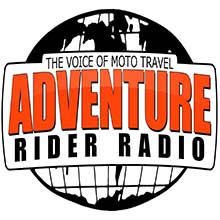
Check the RAW segments; Grant, your HU host is on every month!
Episodes below to listen to while you, err, pretend to do something or other...
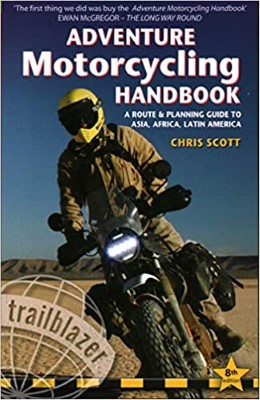
2020 Edition of Chris Scott's Adventure Motorcycling Handbook.
"Ultimate global guide for red-blooded bikers planning overseas exploration. Covers choice & preparation of best bike, shipping overseas, baggage design, riding techniques, travel health, visas, documentation, safety and useful addresses." Recommended. (Grant)

Led by special operations veterans, Stanford Medicine affiliated physicians, paramedics and other travel experts, Ripcord is perfect for adventure seekers, climbers, skiers, sports enthusiasts, hunters, international travelers, humanitarian efforts, expeditions and more.
Ripcord Rescue Travel Insurance™ combines into a single integrated program the best evacuation and rescue with the premier travel insurance coverages designed for adventurers and travel is covered on motorcycles of all sizes.
(ONLY US RESIDENTS and currently has a limit of 60 days.)
Ripcord Evacuation Insurance is available for ALL nationalities.
What others say about HU...
"This site is the BIBLE for international bike travelers." Greg, Australia
"Thank you! The web site, The travels, The insight, The inspiration, Everything, just thanks." Colin, UK
"My friend and I are planning a trip from Singapore to England... We found (the HU) site invaluable as an aid to planning and have based a lot of our purchases (bikes, riding gear, etc.) on what we have learned from this site." Phil, Australia
"I for one always had an adventurous spirit, but you and Susan lit the fire for my trip and I'll be forever grateful for what you two do to inspire others to just do it." Brent, USA
"Your website is a mecca of valuable information and the (video) series is informative, entertaining, and inspiring!" Jennifer, Canada
"Your worldwide organisation and events are the Go To places to for all serious touring and aspiring touring bikers." Trevor, South Africa
"This is the answer to all my questions." Haydn, Australia
"Keep going the excellent work you are doing for Horizons Unlimited - I love it!" Thomas, Germany
Lots more comments here!

Every book a diary
Every chapter a day
Every day a journey
Refreshingly honest and compelling tales: the hights and lows of a life on the road. Solo, unsupported, budget journeys of discovery.
Authentic, engaging and evocative travel memoirs, overland, around the world and through life.
All 8 books available from the author or as eBooks and audio books
Back Road Map Books and Backroad GPS Maps for all of Canada - a must have!
New to Horizons Unlimited?
New to motorcycle travelling? New to the HU site? Confused? Too many options? It's really very simple - just 4 easy steps!
Horizons Unlimited was founded in 1997 by Grant and Susan Johnson following their journey around the world on a BMW R80G/S.
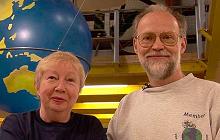 Read more about Grant & Susan's story
Read more about Grant & Susan's story
Membership - help keep us going!
Horizons Unlimited is not a big multi-national company, just two people who love motorcycle travel and have grown what started as a hobby in 1997 into a full time job (usually 8-10 hours per day and 7 days a week) and a labour of love. To keep it going and a roof over our heads, we run events all over the world with the help of volunteers; we sell inspirational and informative DVDs; we have a few selected advertisers; and we make a small amount from memberships.
You don't have to be a Member to come to an HU meeting, access the website, or ask questions on the HUBB. What you get for your membership contribution is our sincere gratitude, good karma and knowing that you're helping to keep the motorcycle travel dream alive. Contributing Members and Gold Members do get additional features on the HUBB. Here's a list of all the Member benefits on the HUBB.
|
|
|





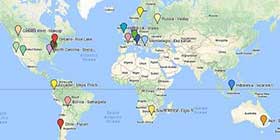









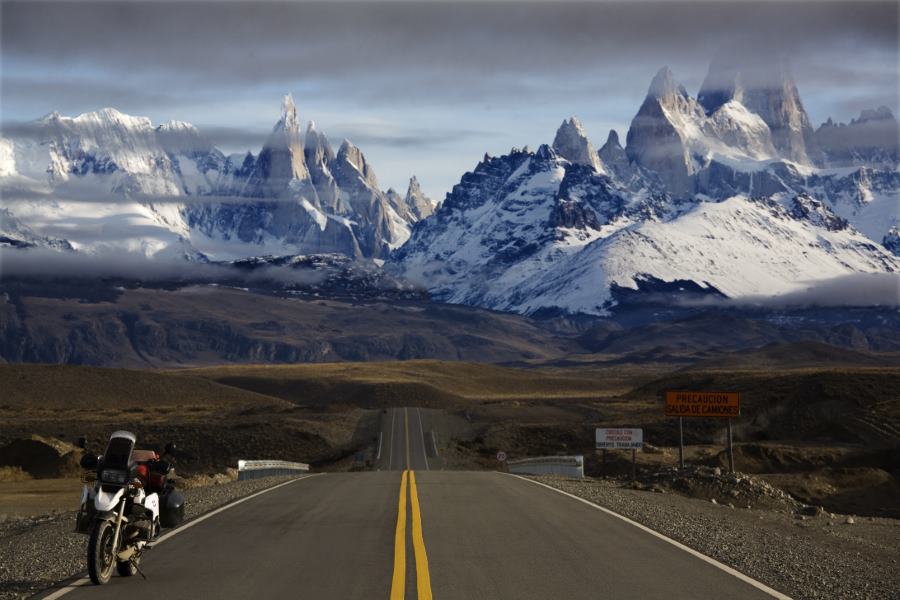

 3Likes
3Likes








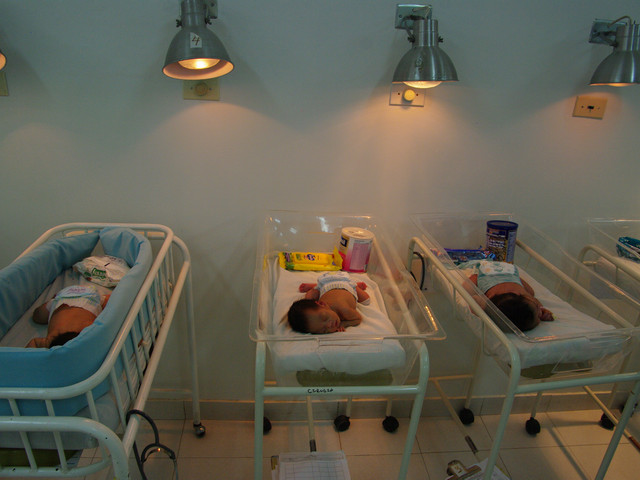

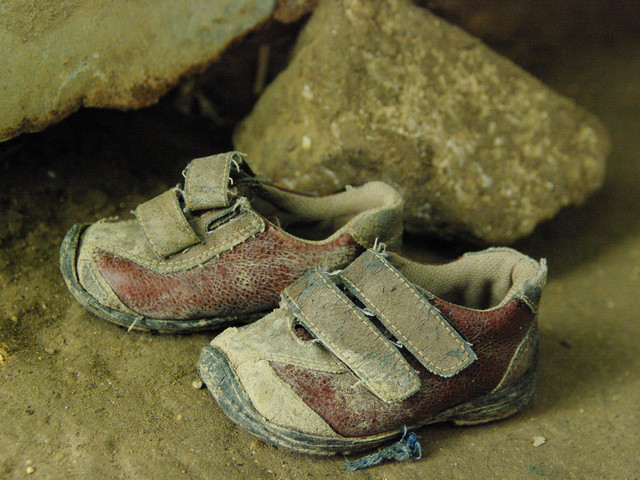
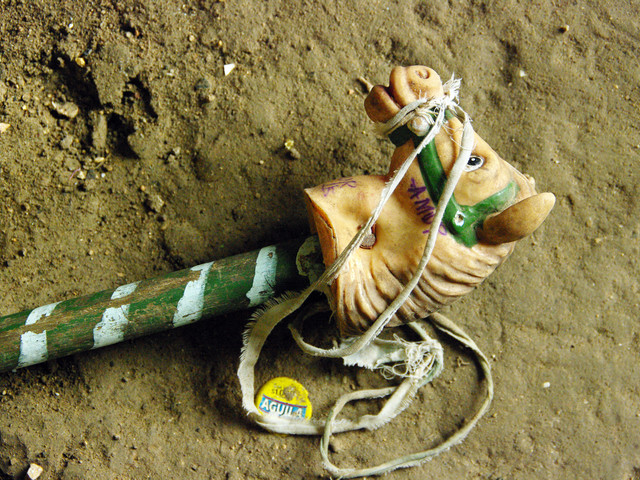
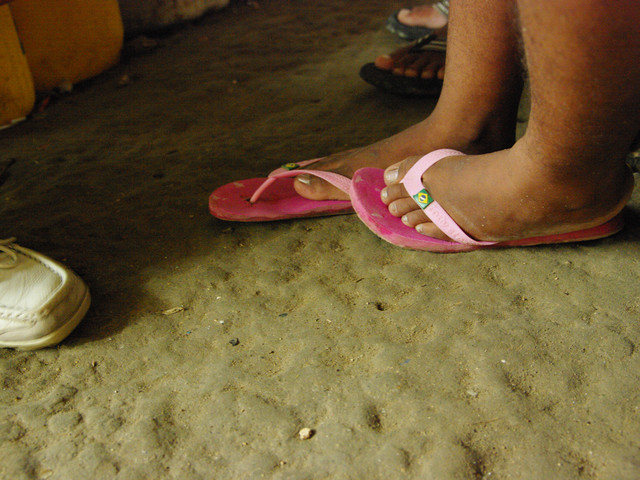
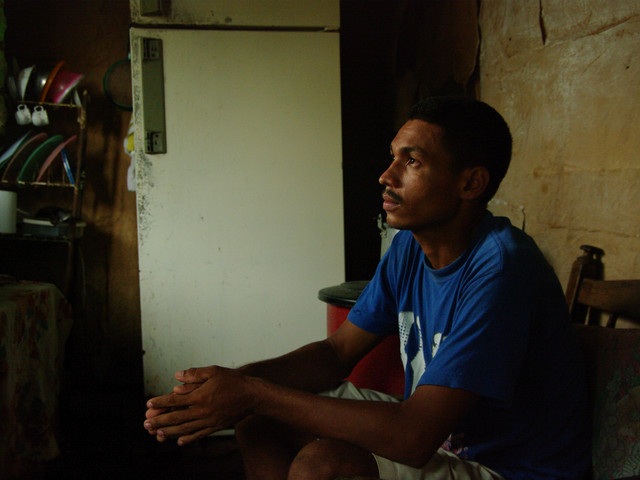
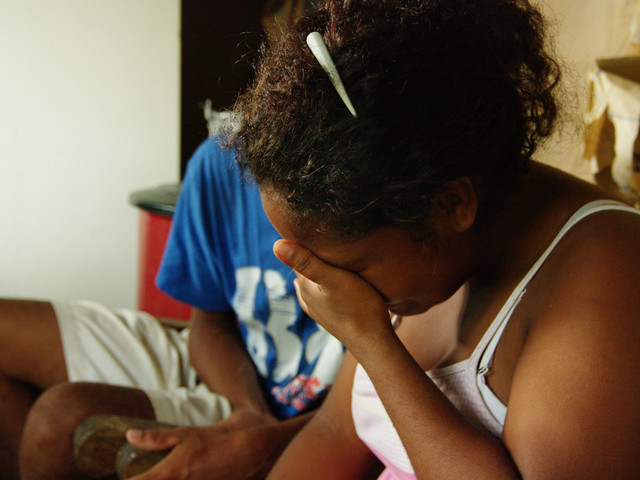
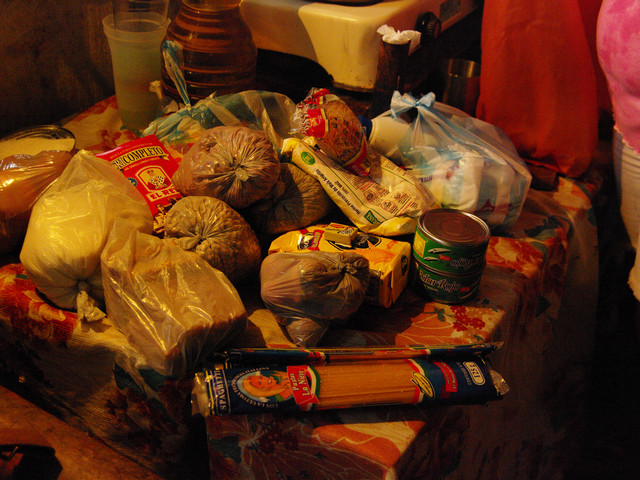

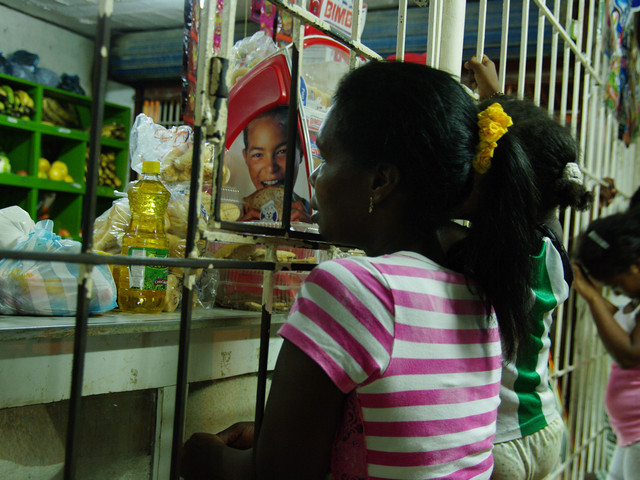
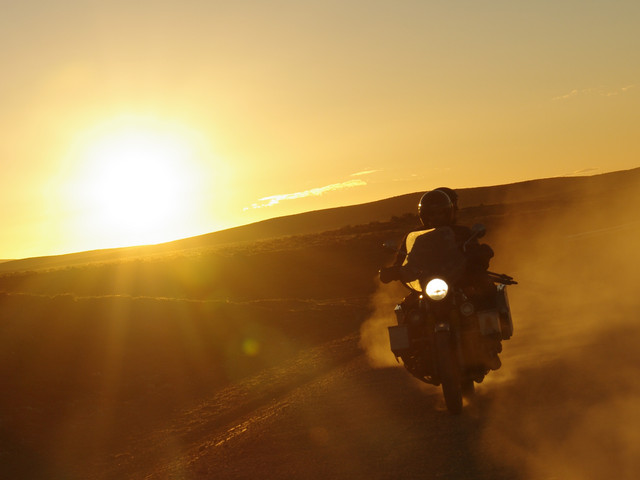
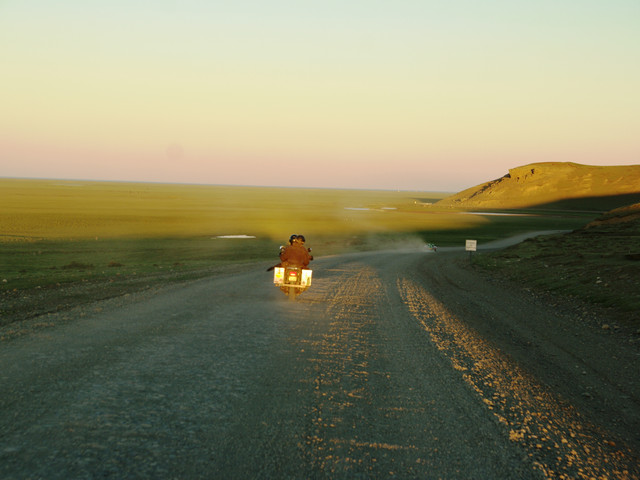

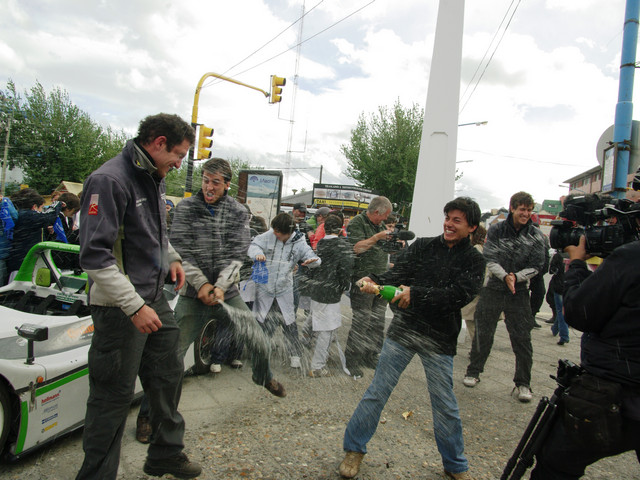
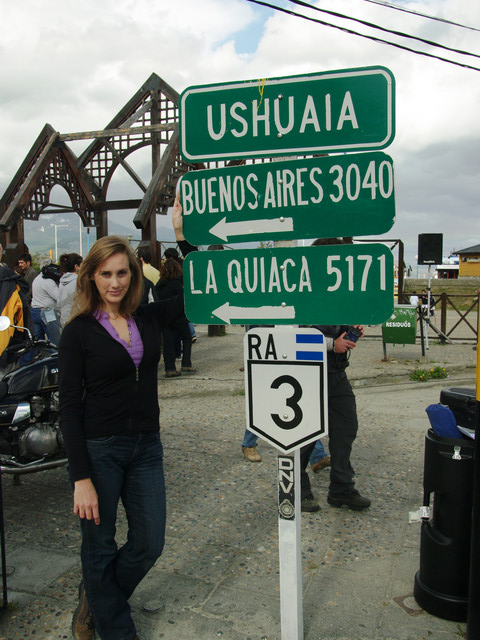

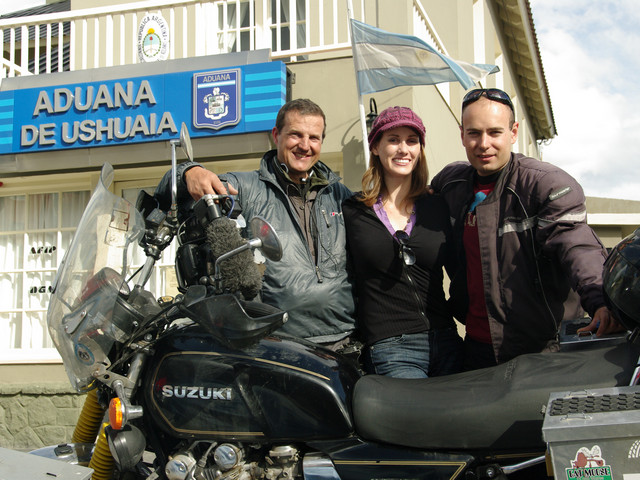
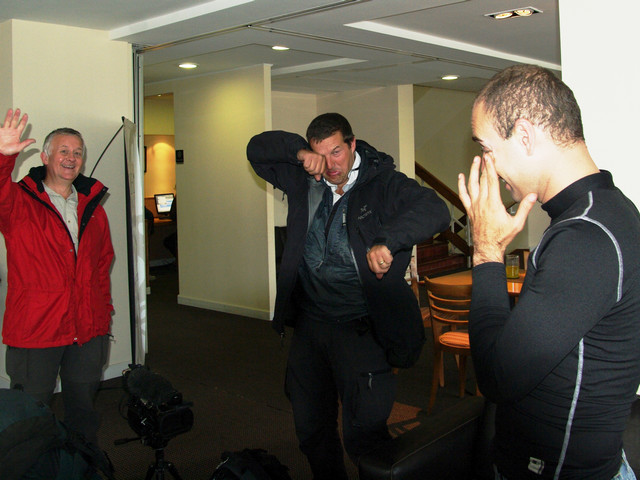
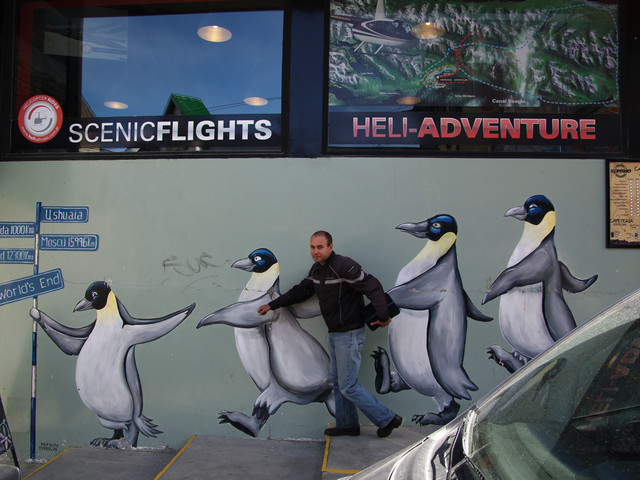

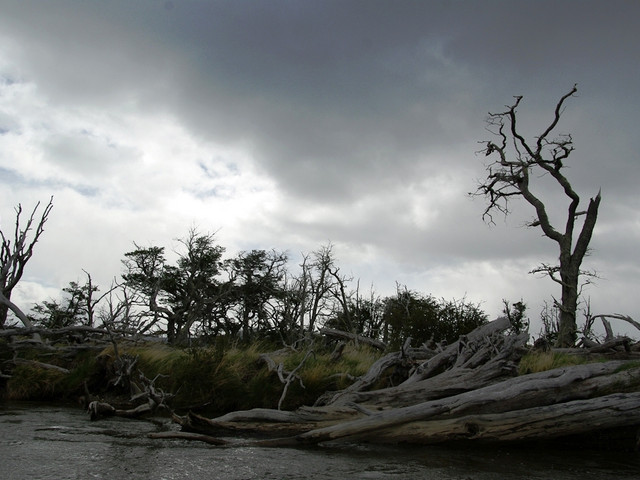
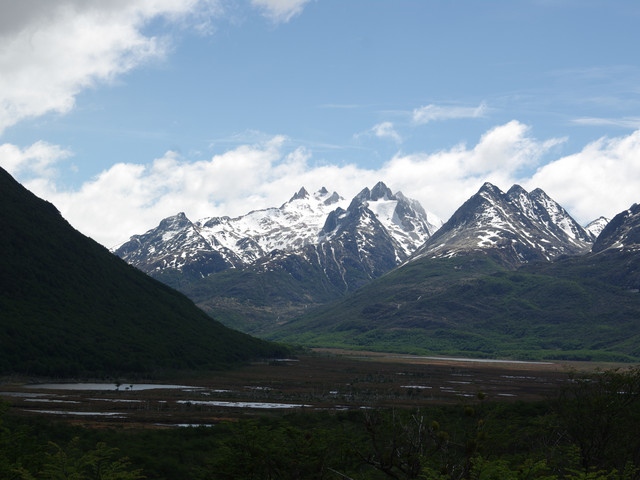




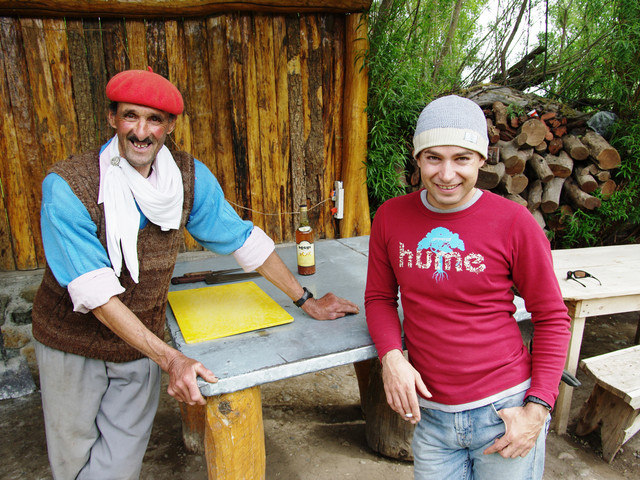
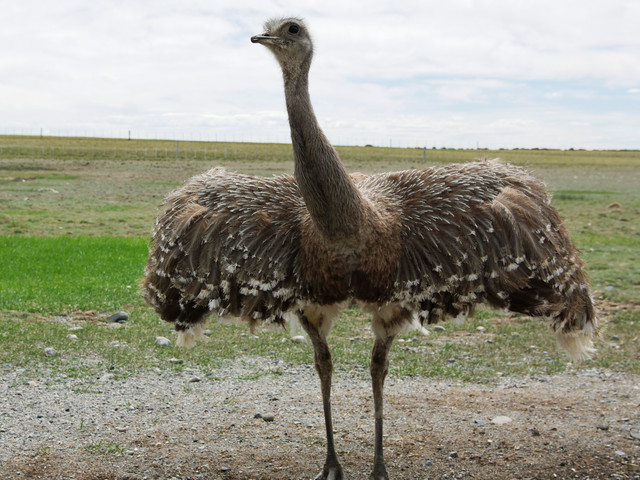
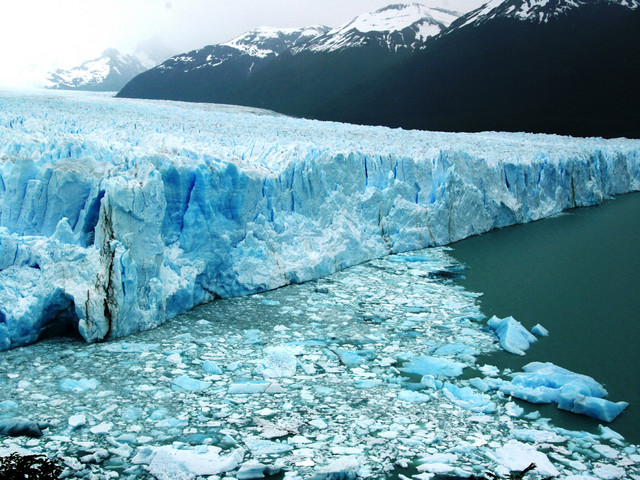
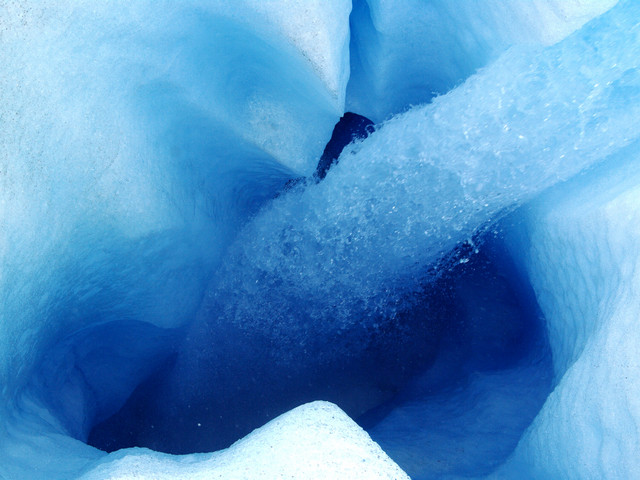
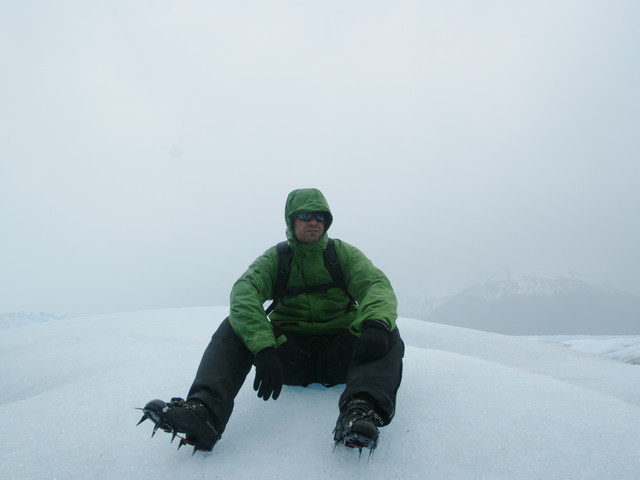
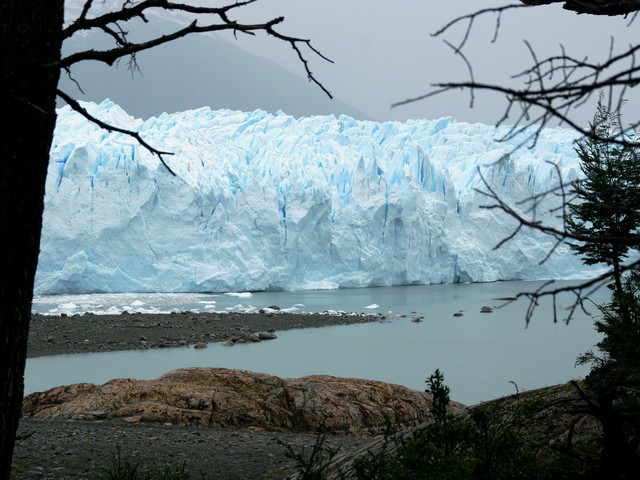
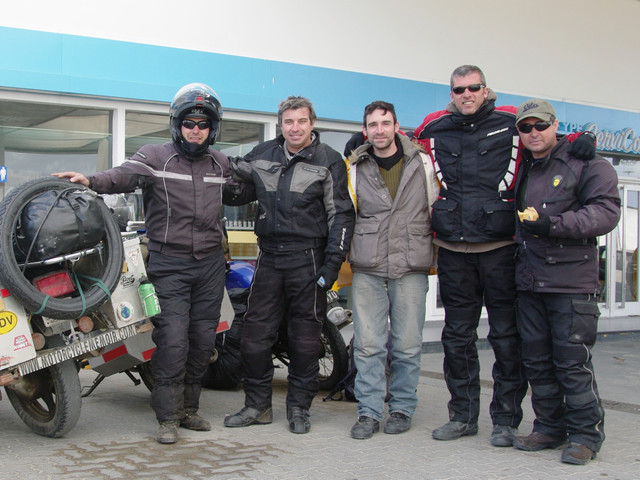
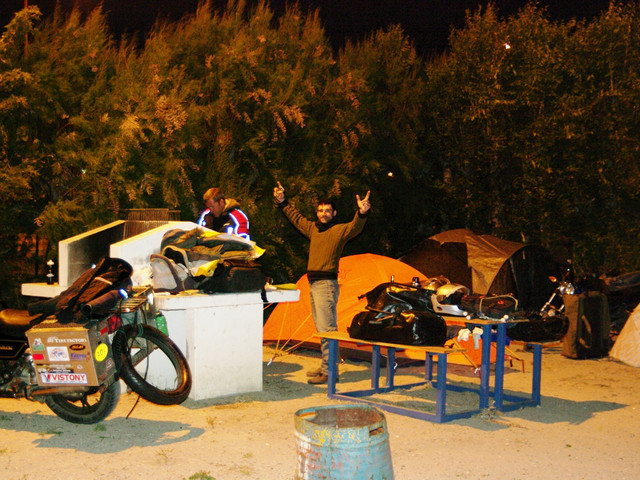


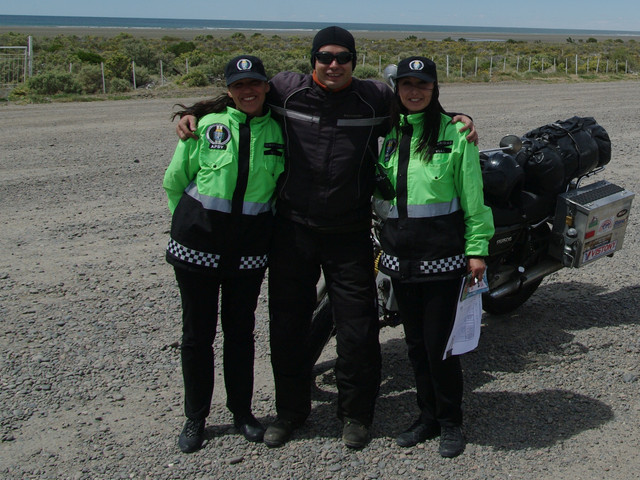
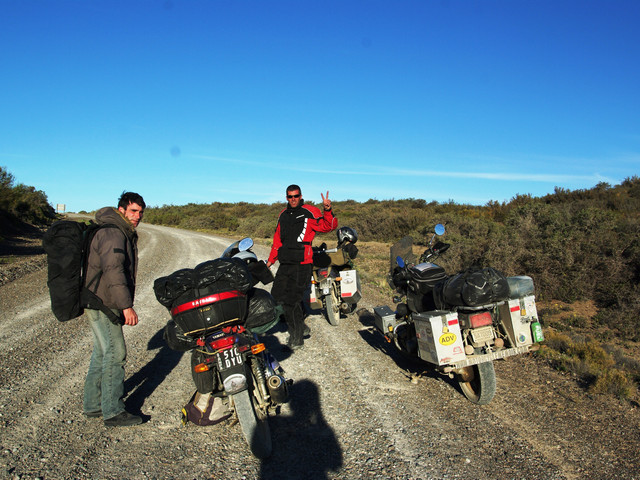
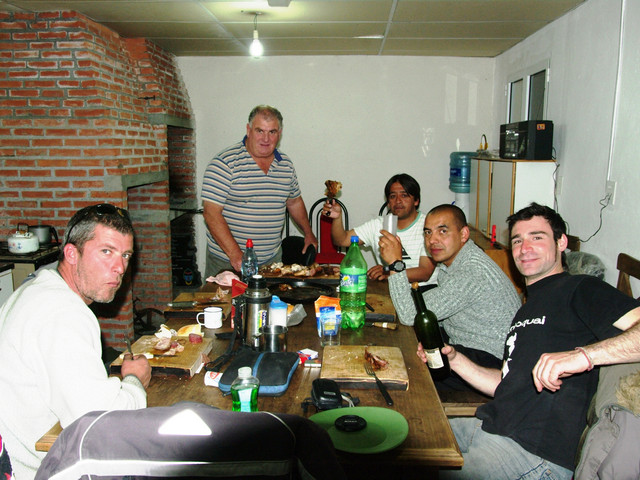
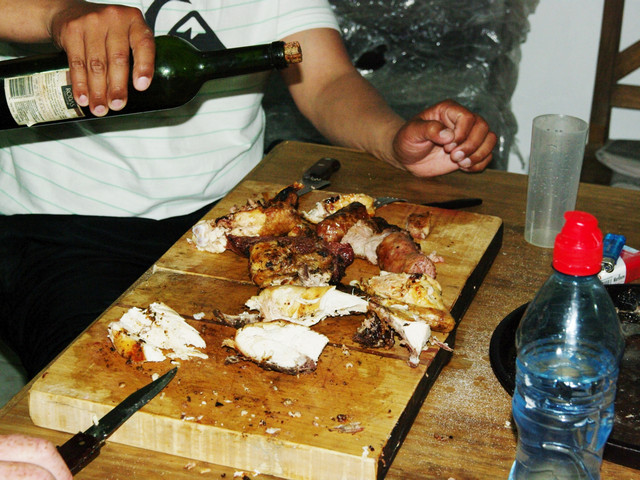

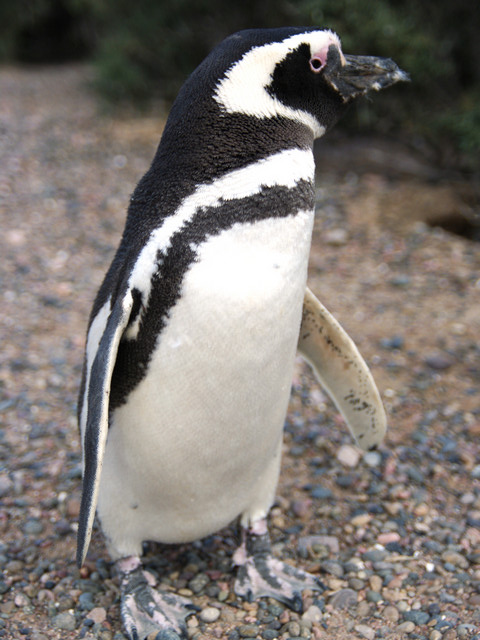
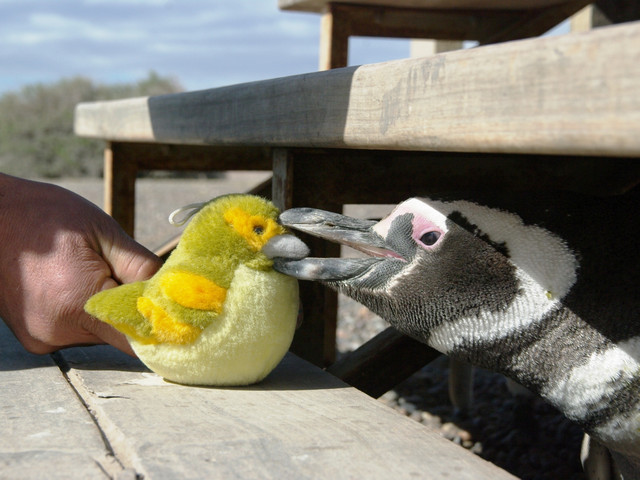
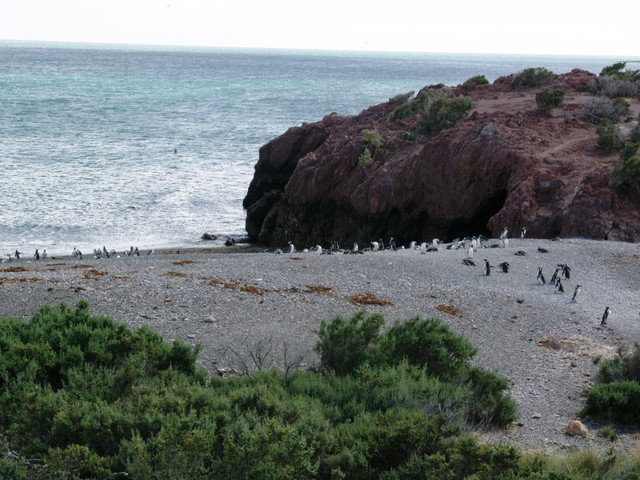

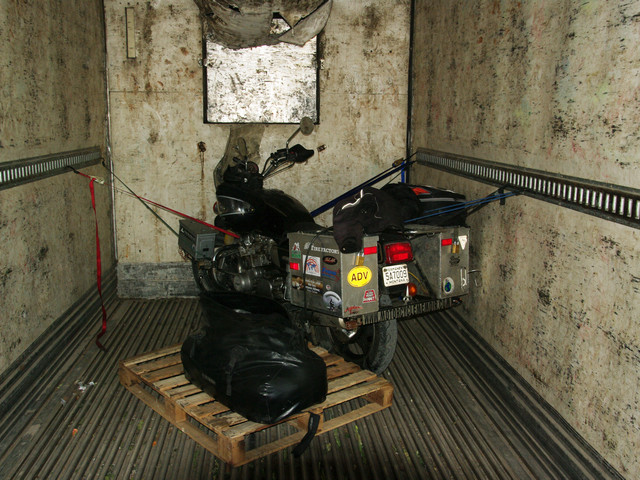

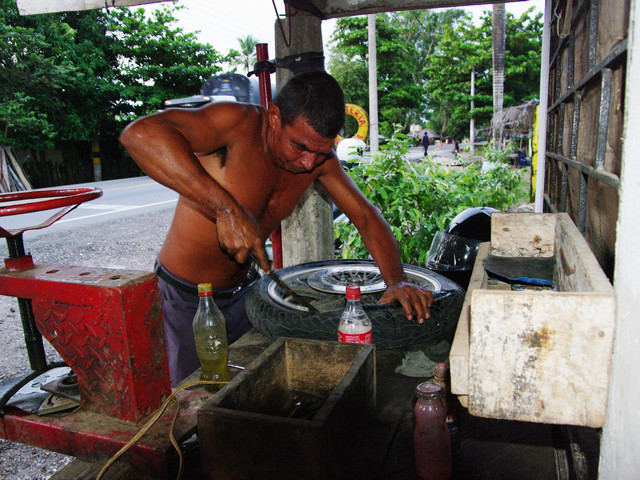


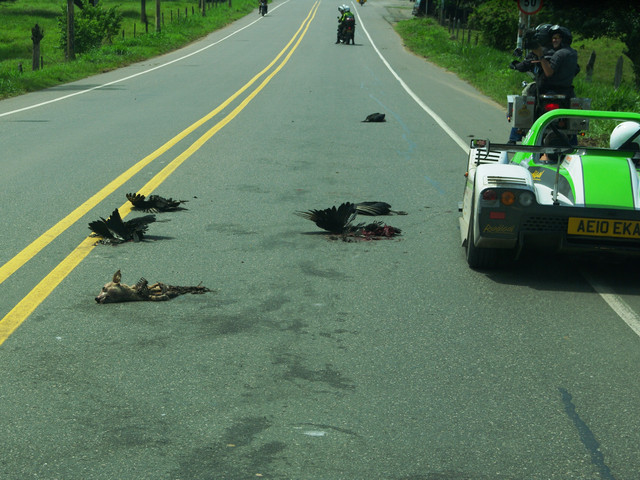
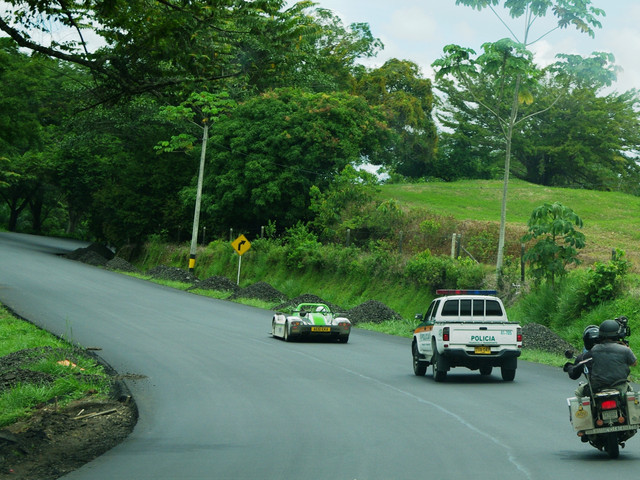
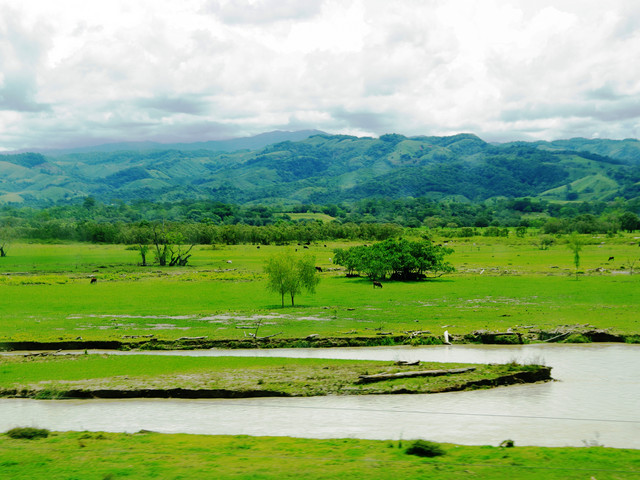
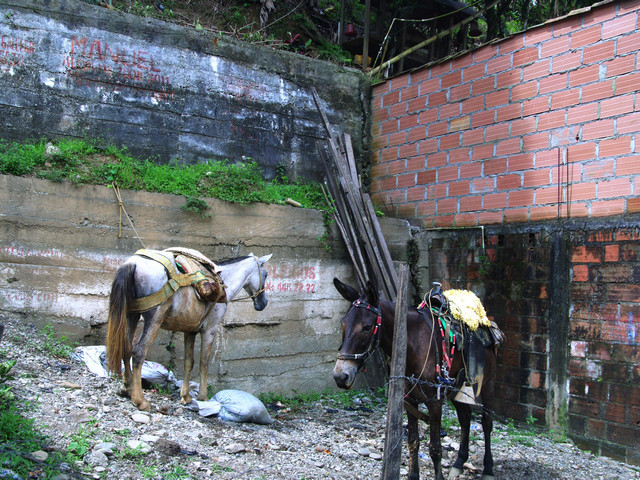
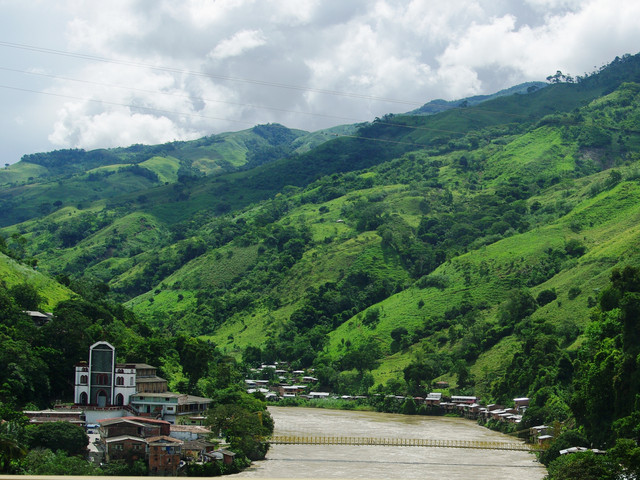
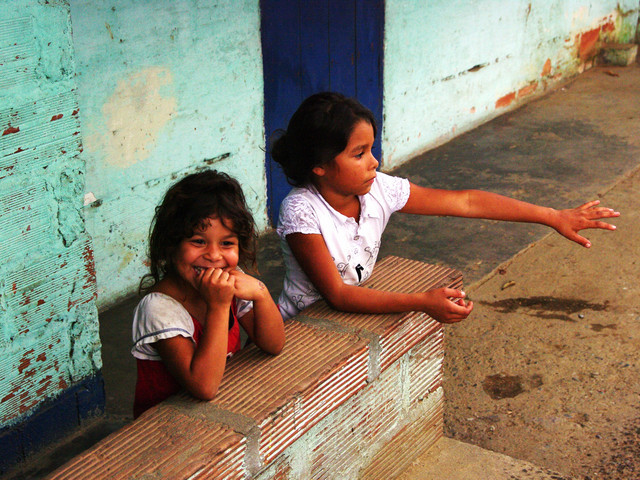
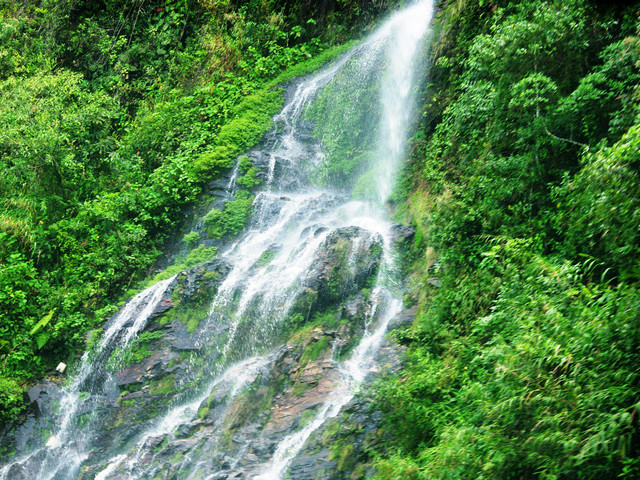
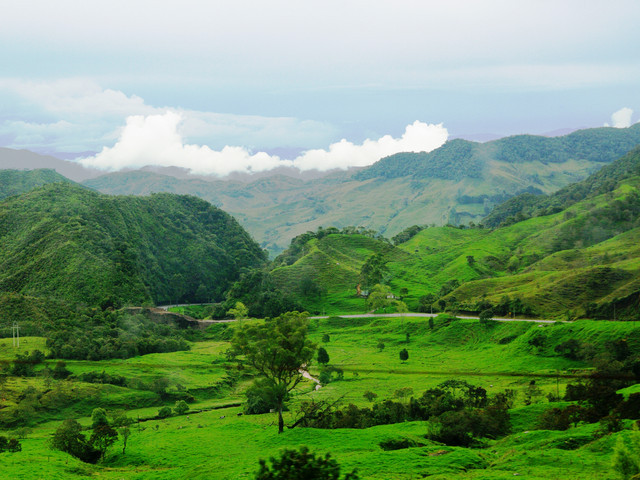
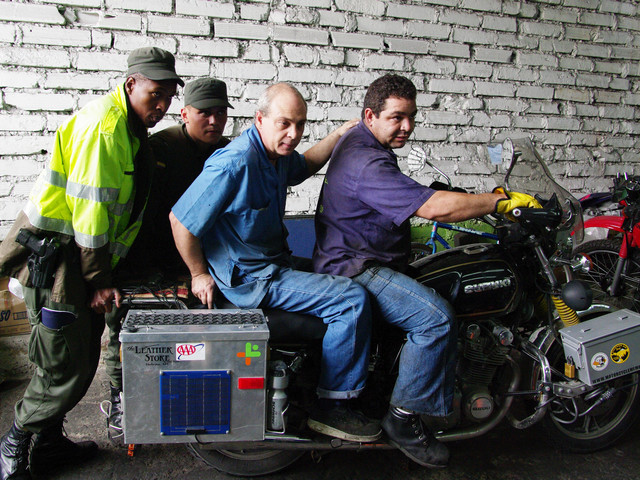
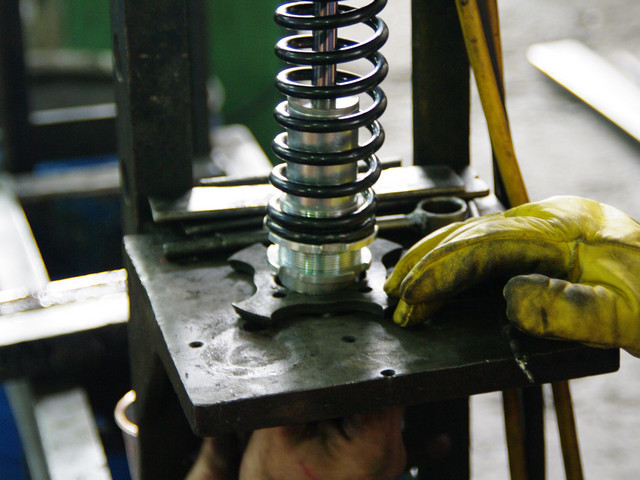
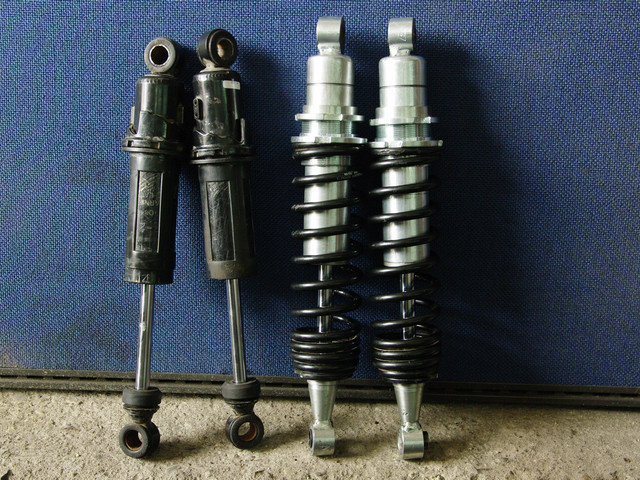

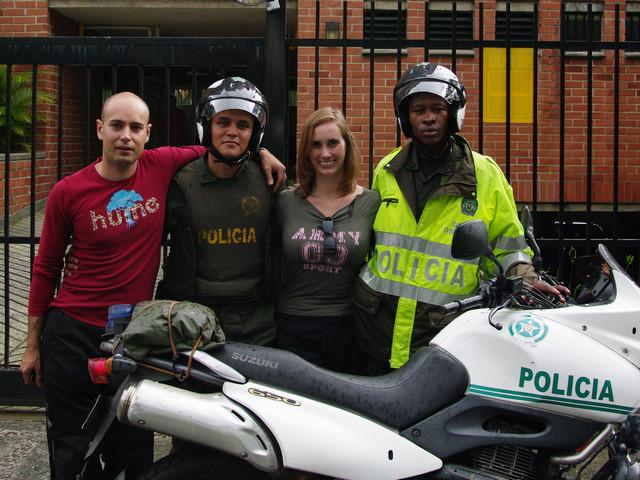
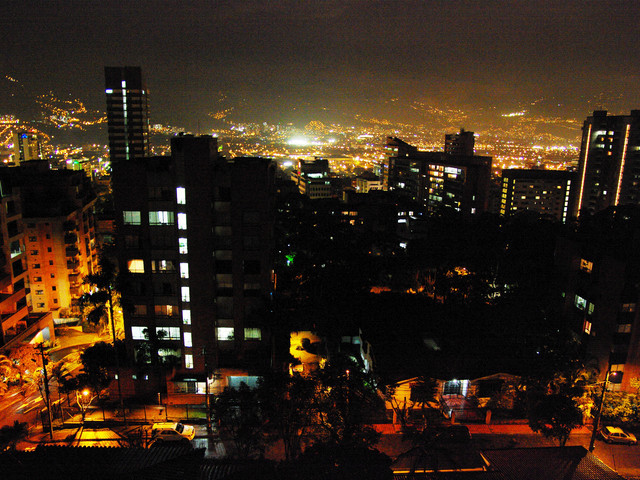
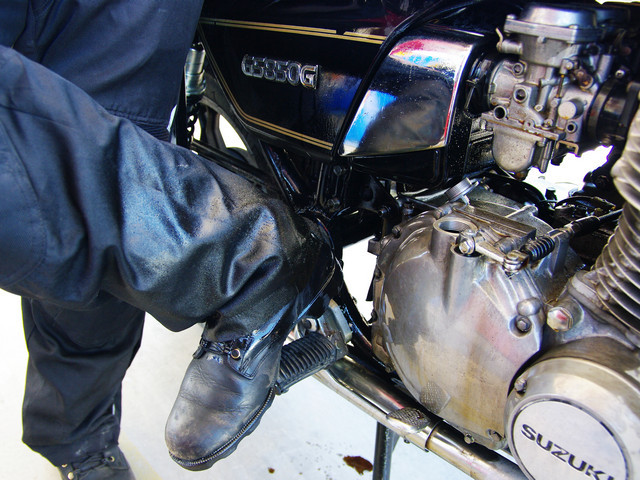

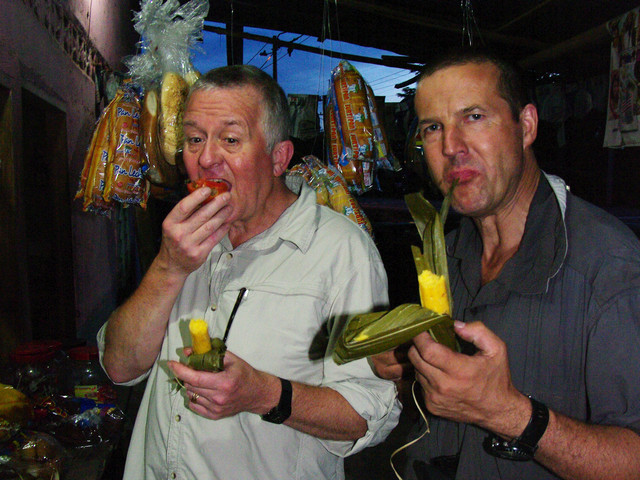


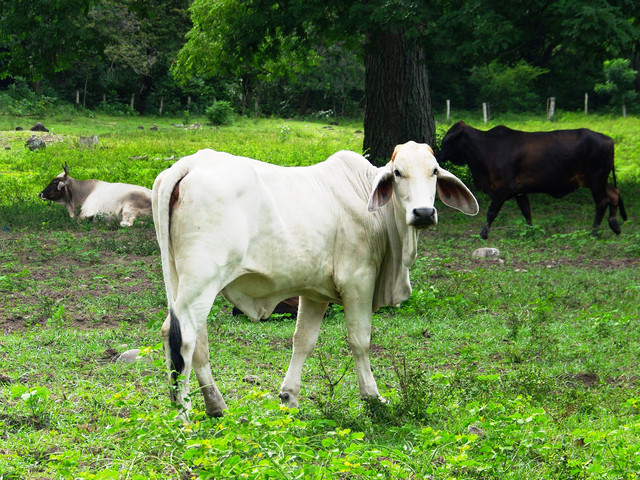
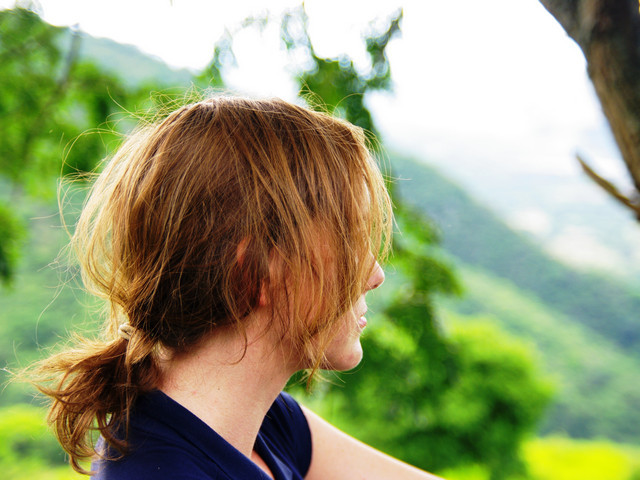
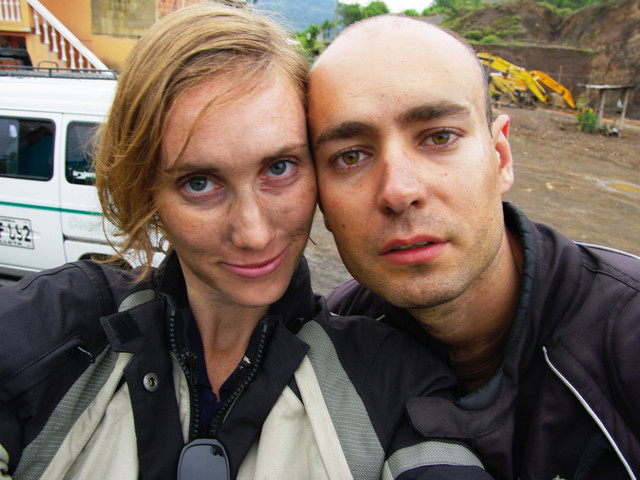
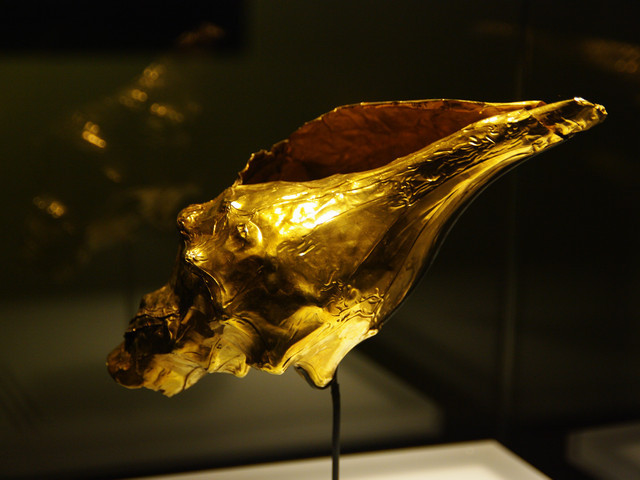
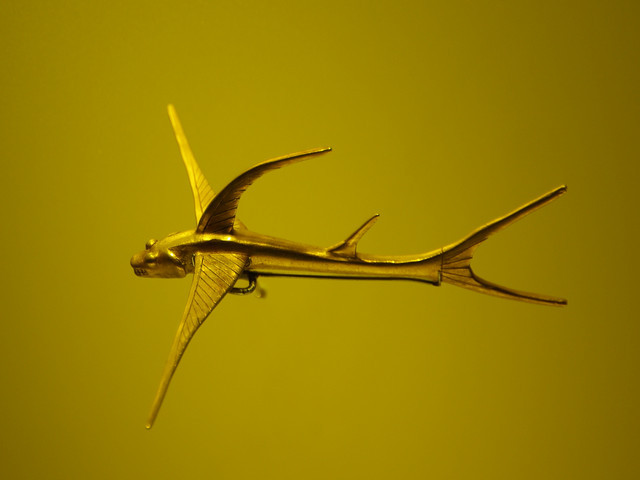
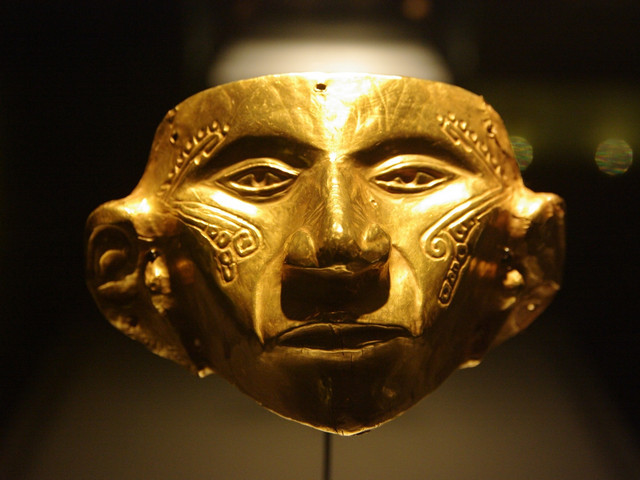
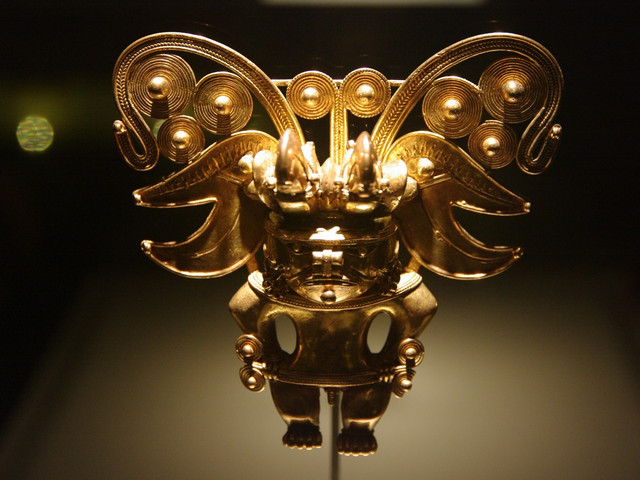
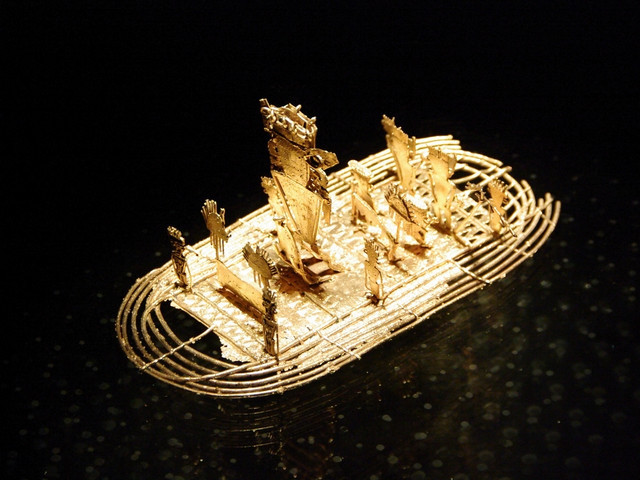


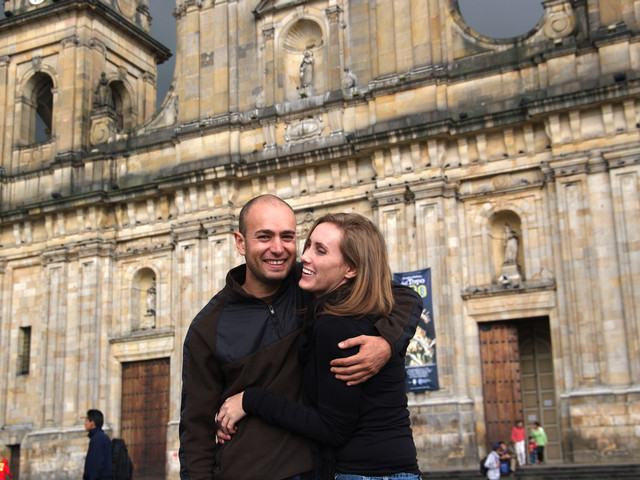

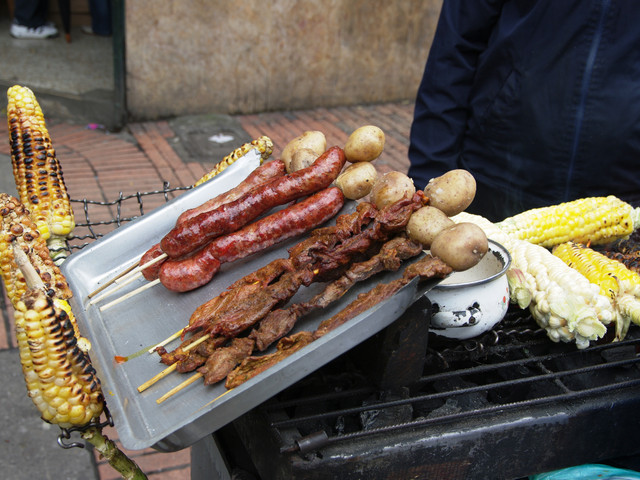
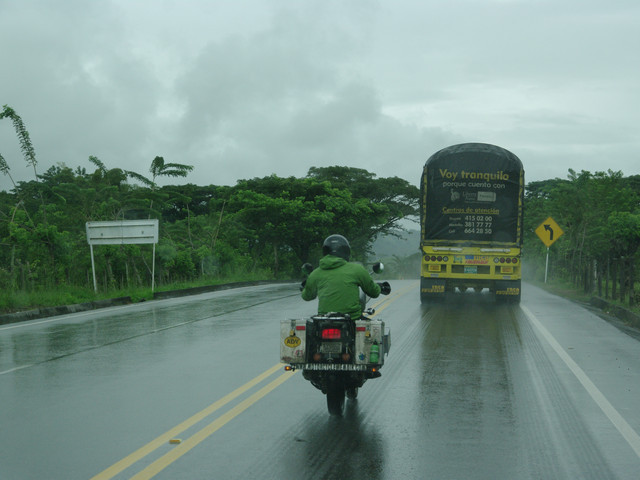
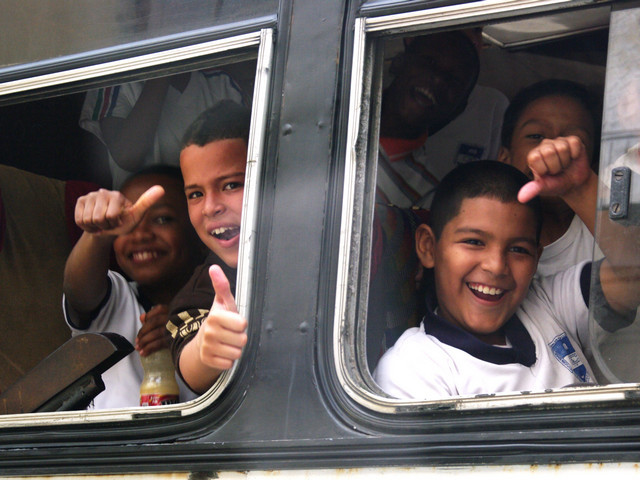
 '
'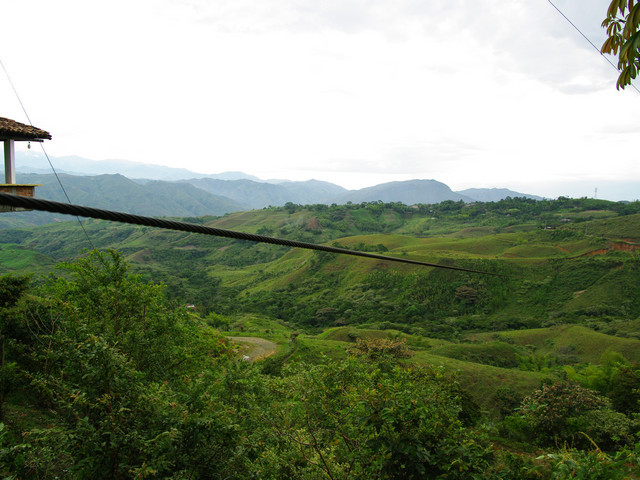

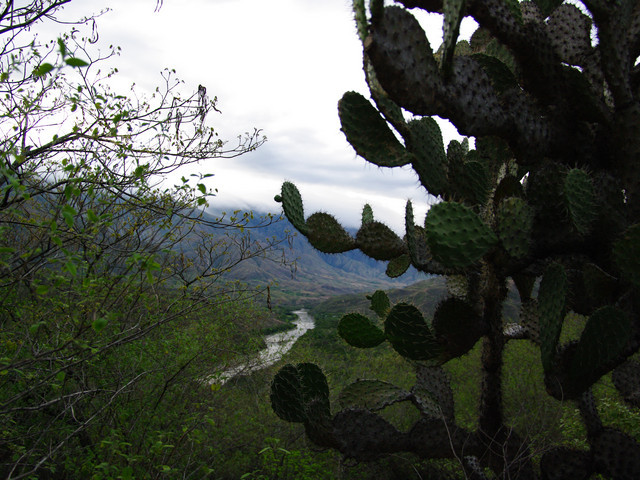
 from a semi-drunk guy at the next table. Long story short, we downed 6 bottles of
from a semi-drunk guy at the next table. Long story short, we downed 6 bottles of 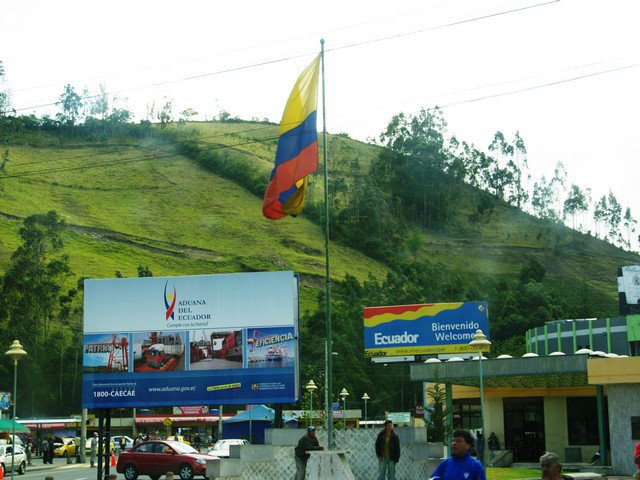
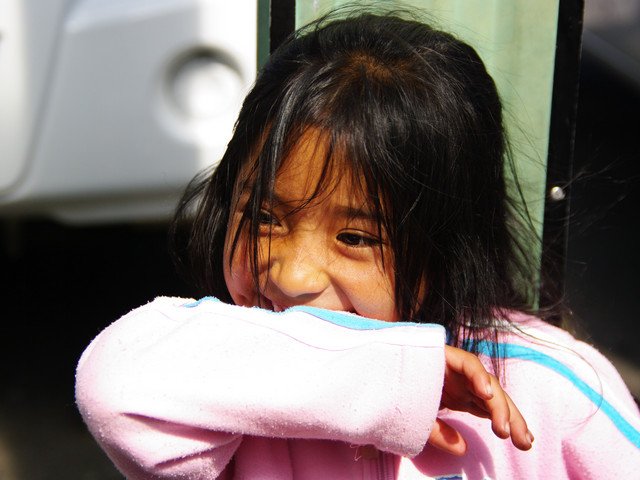

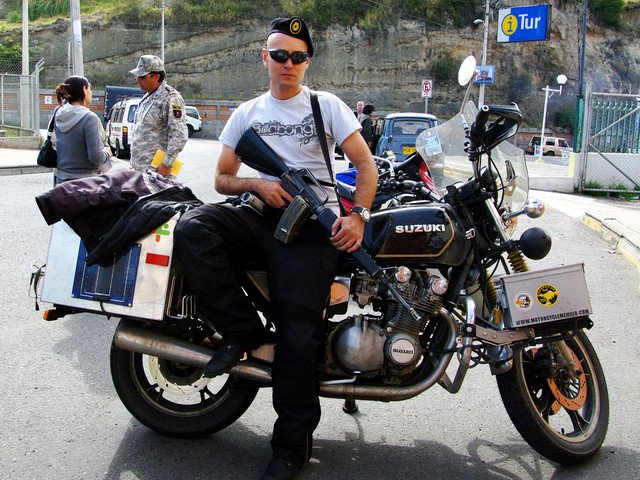
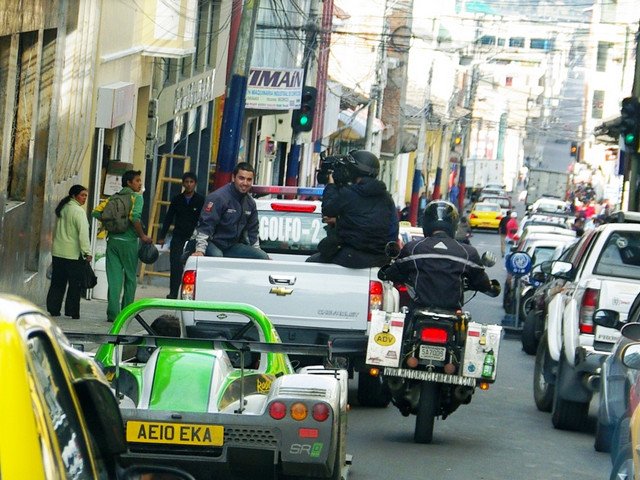
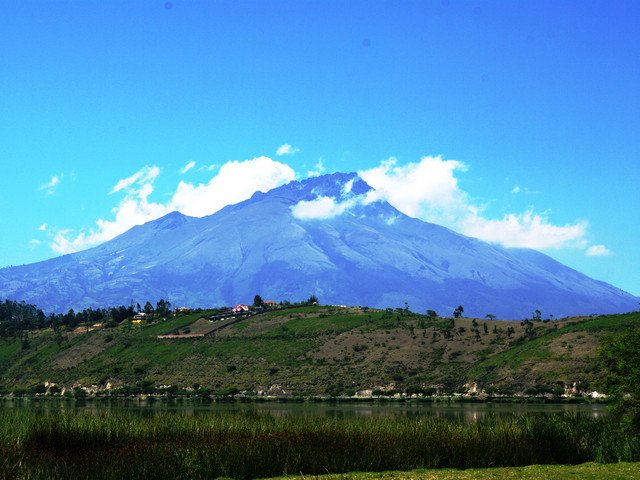

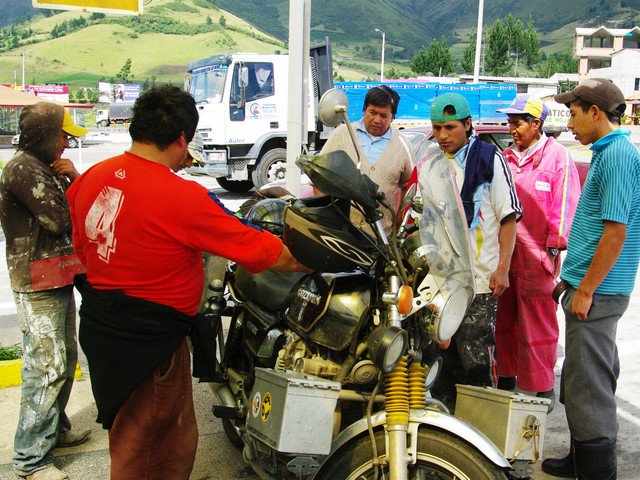
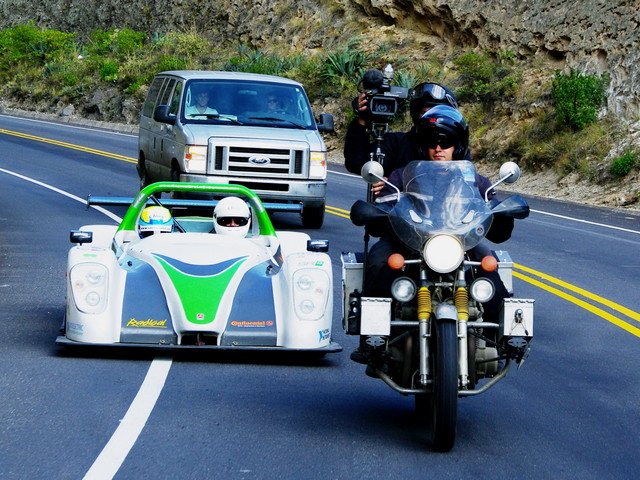
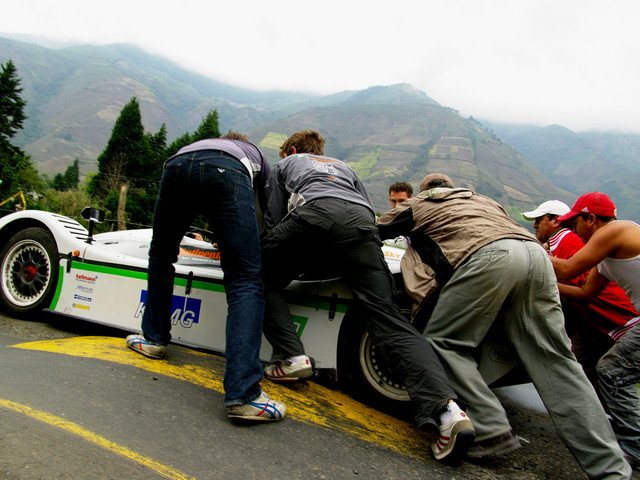
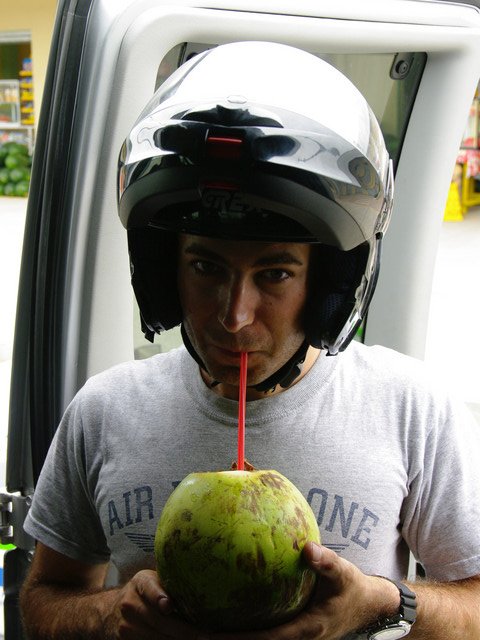
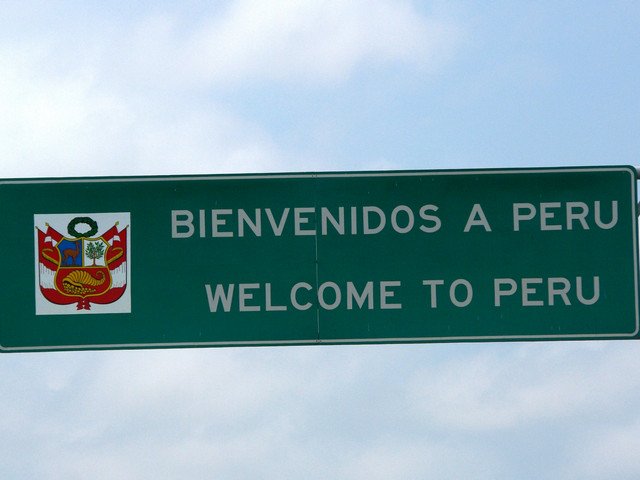
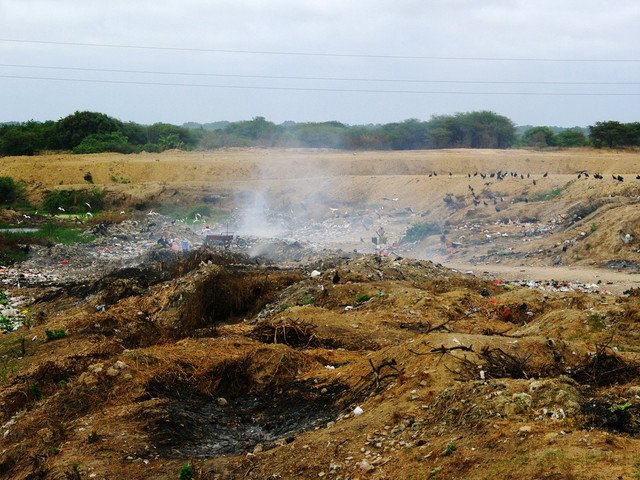
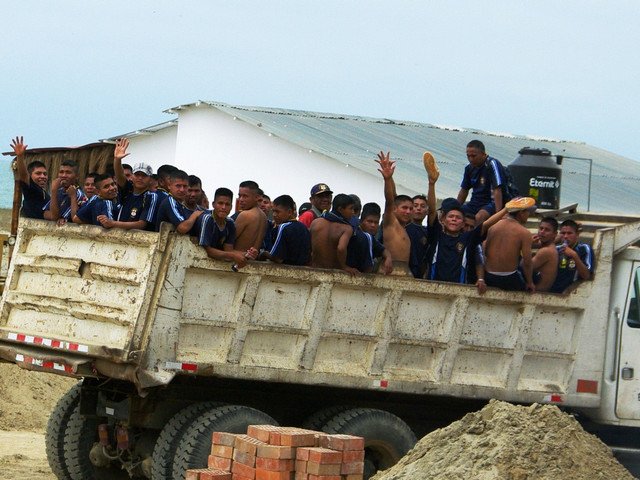
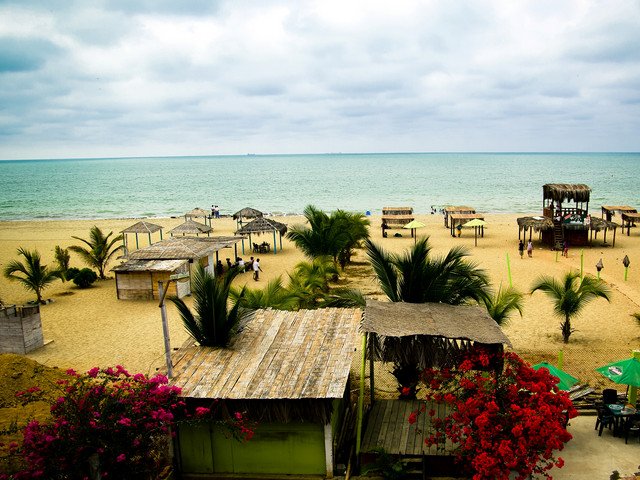
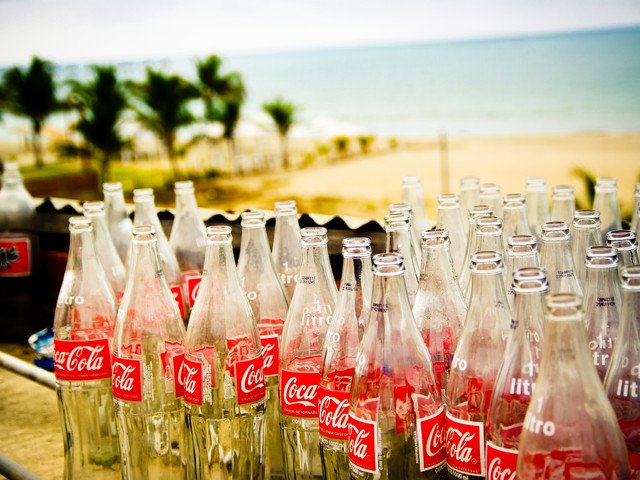
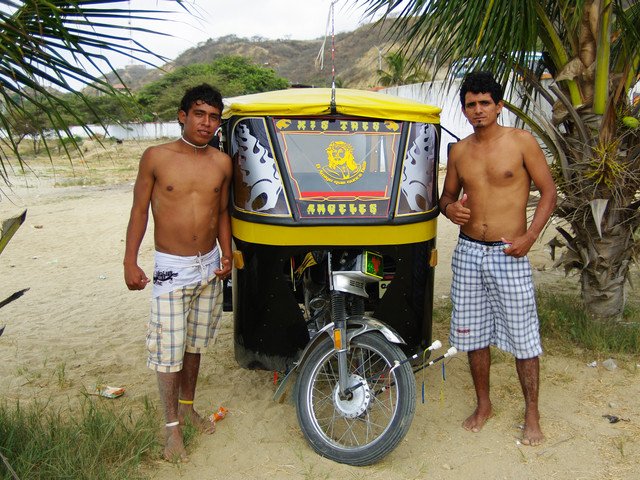
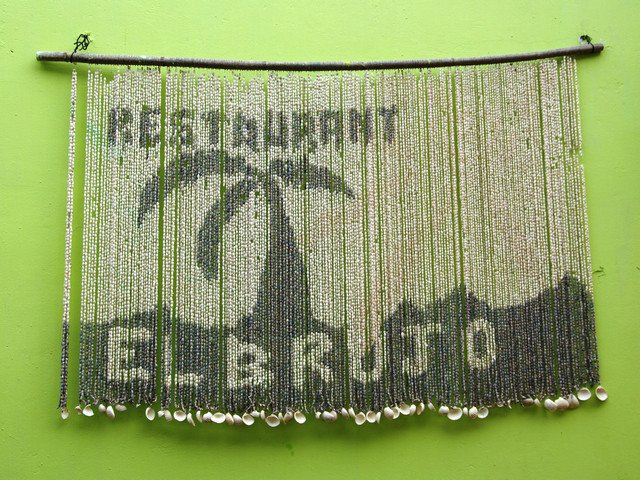
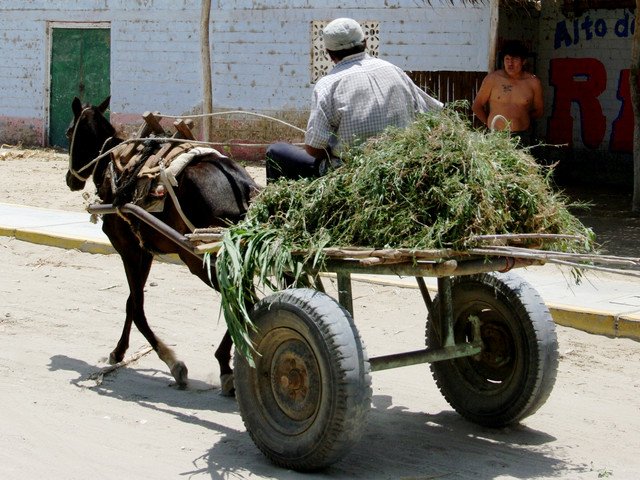

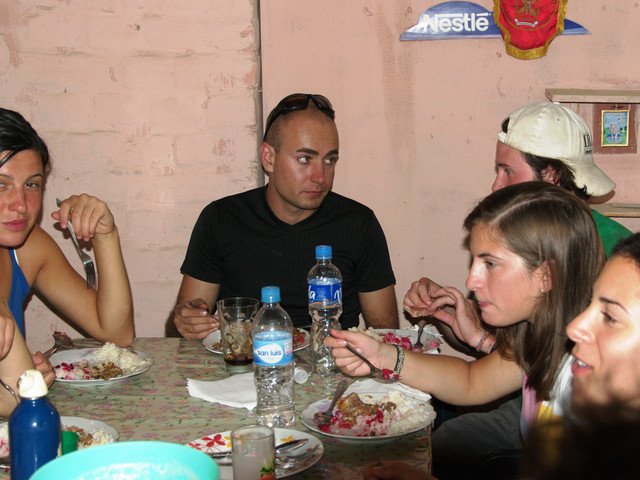
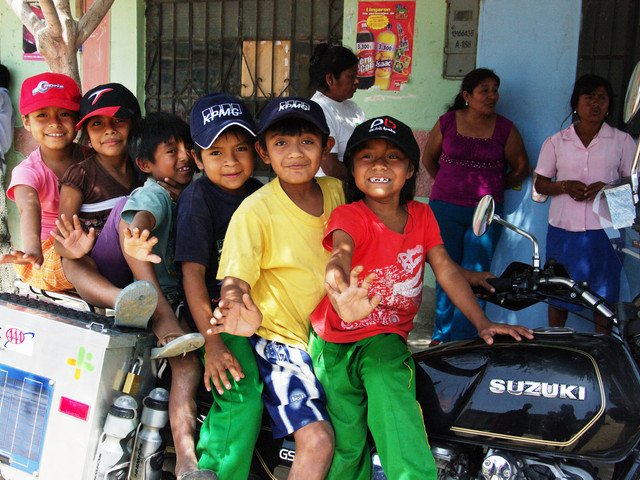
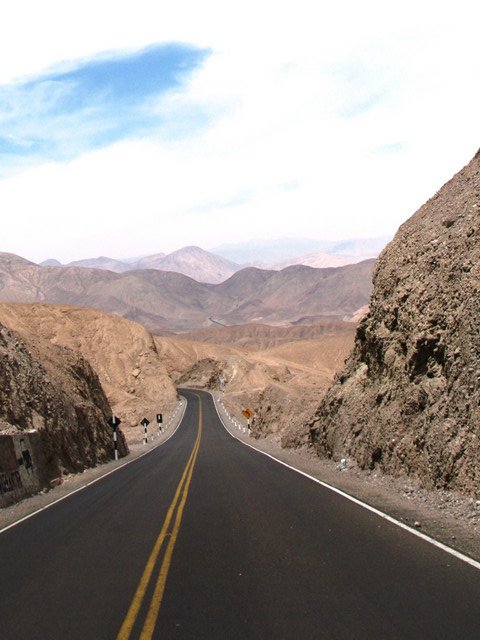
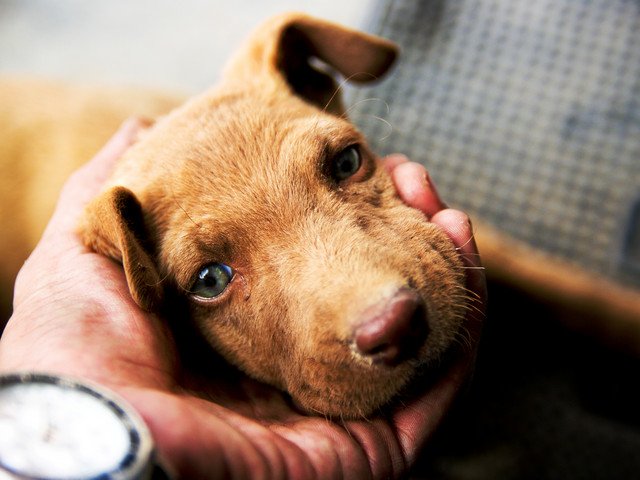
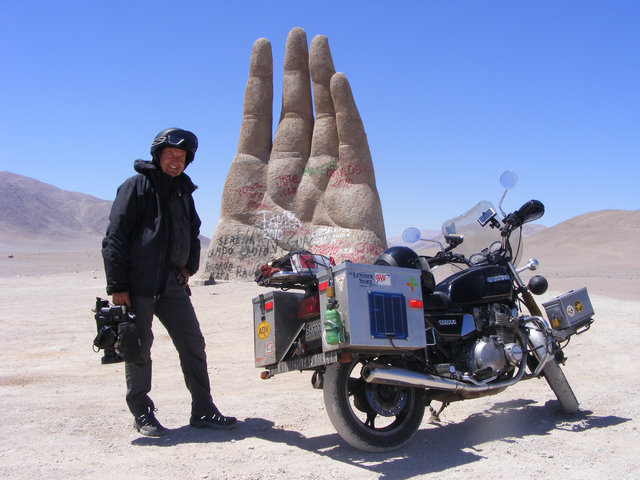
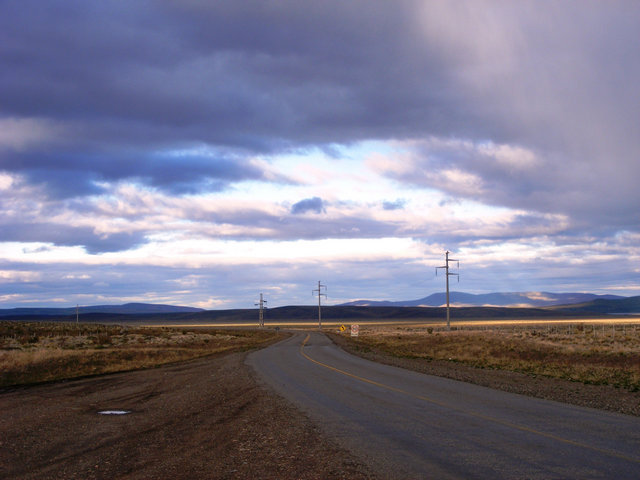
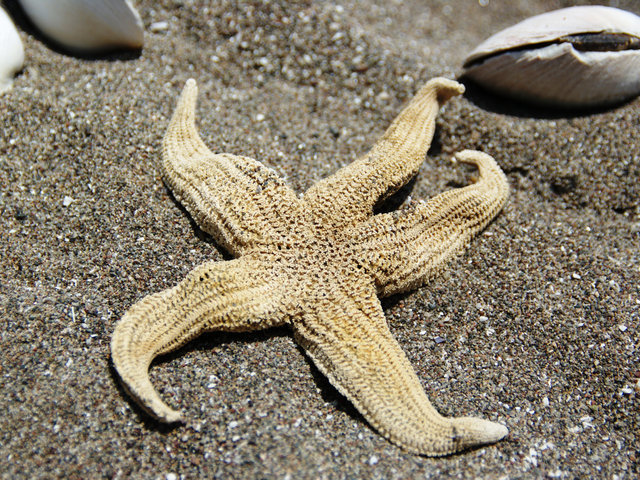
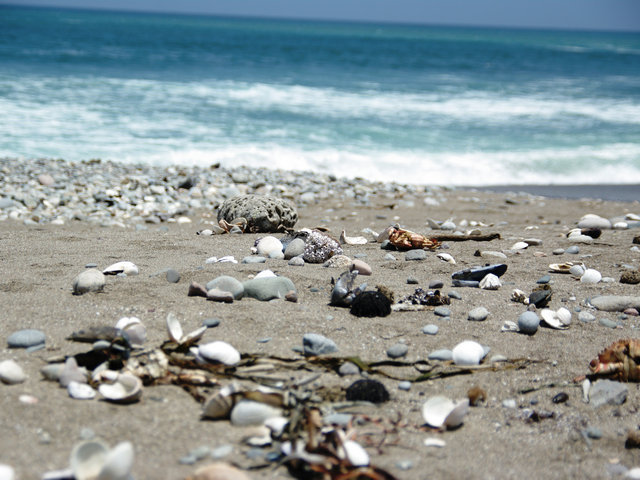

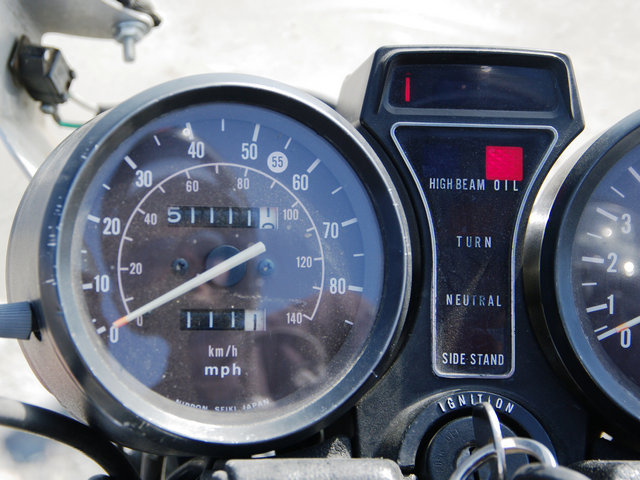

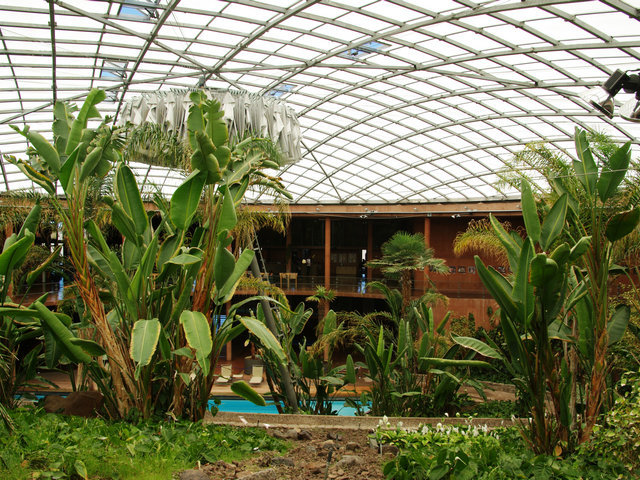
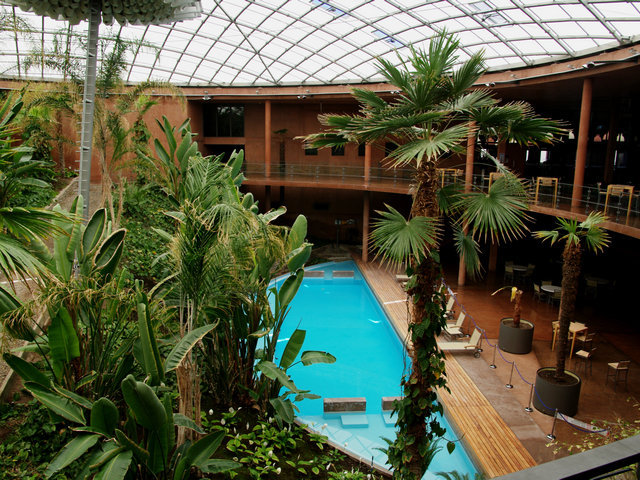
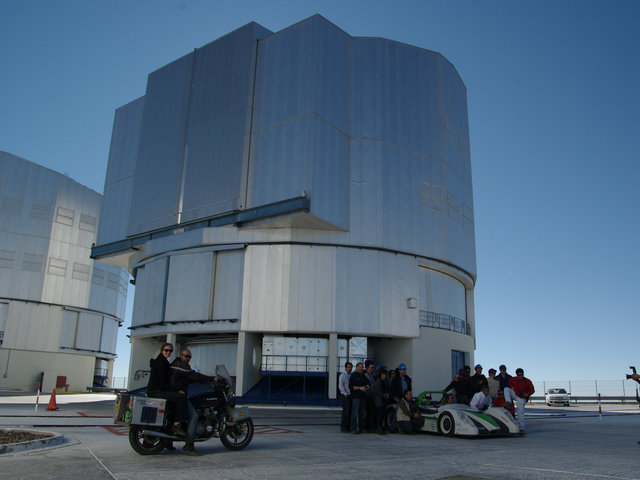
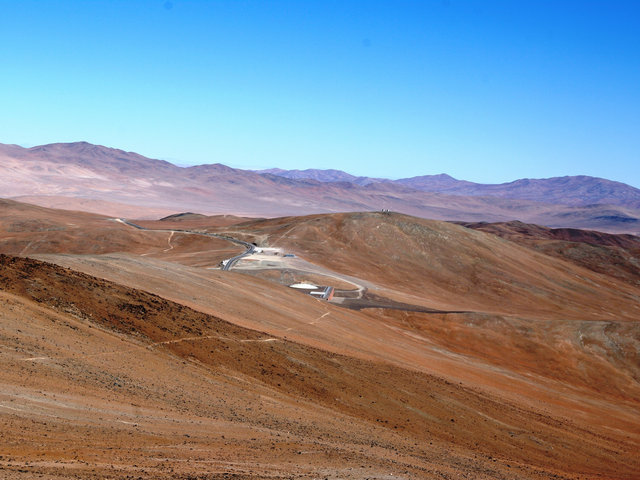
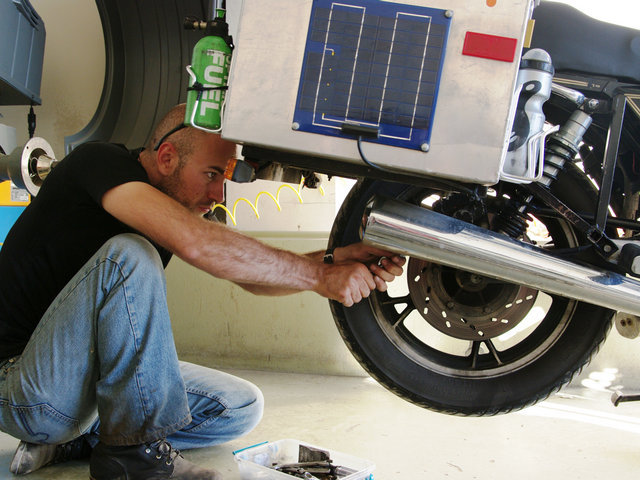
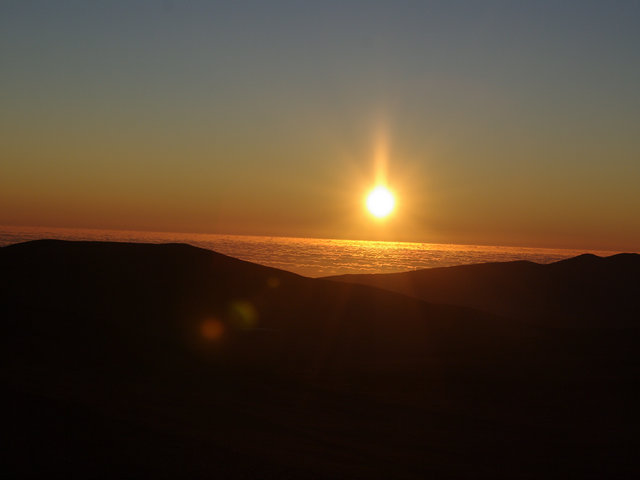
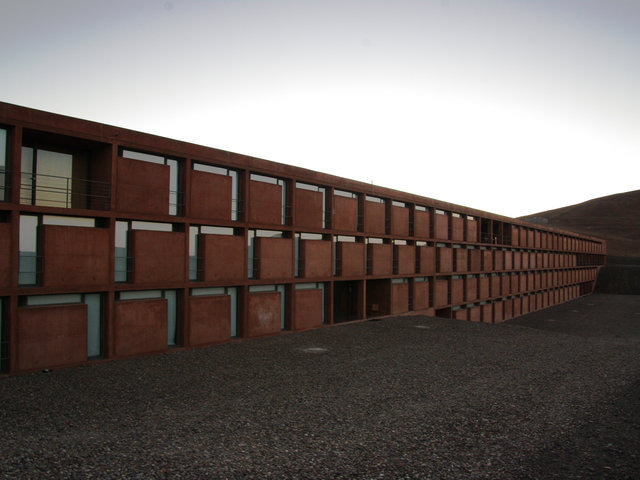
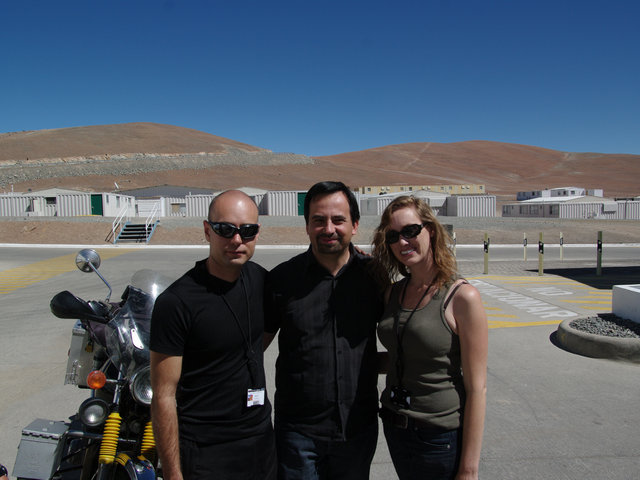
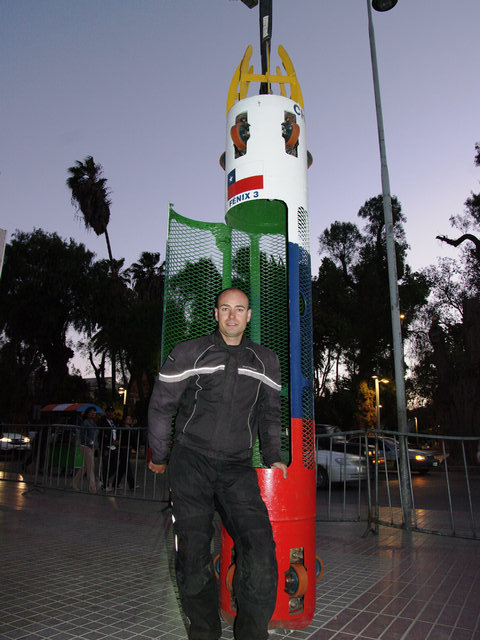
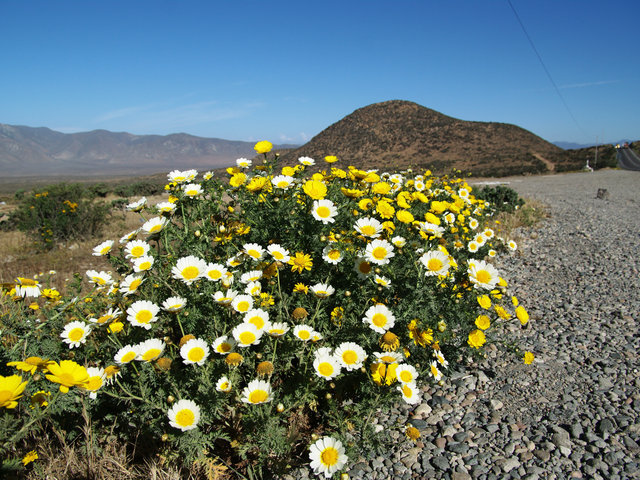


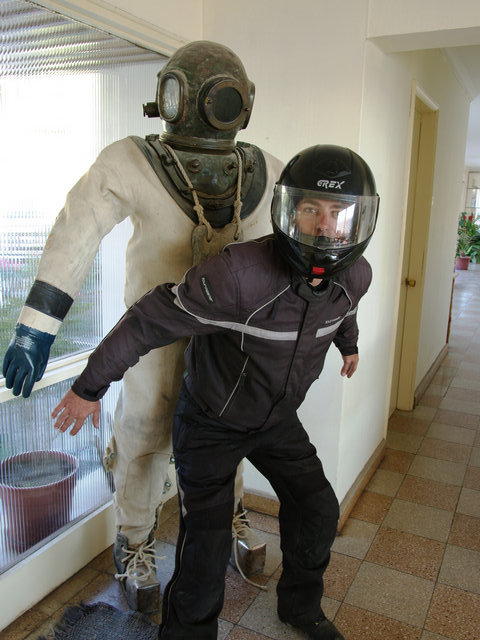
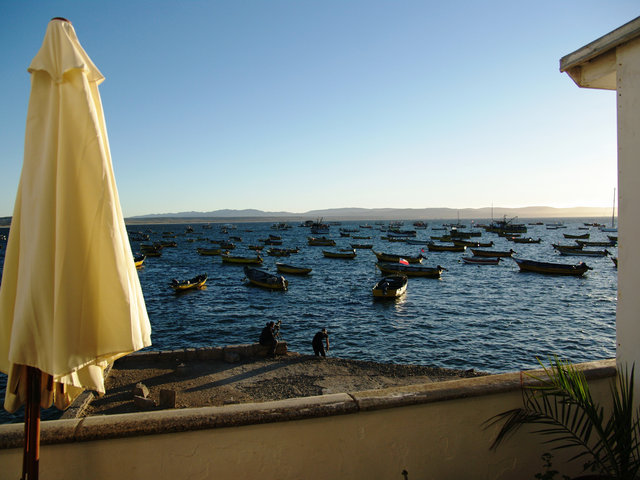

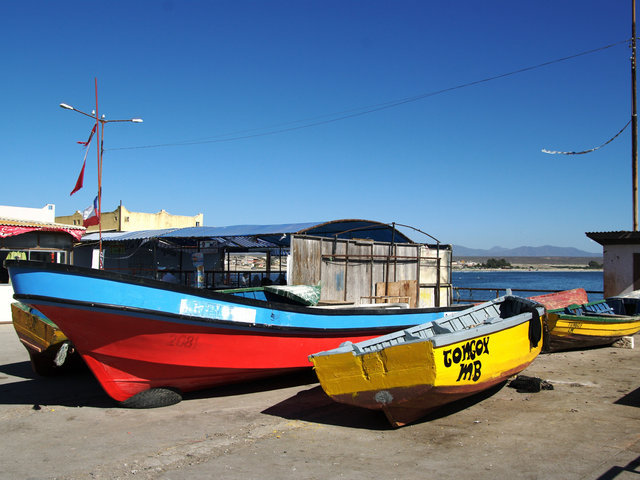
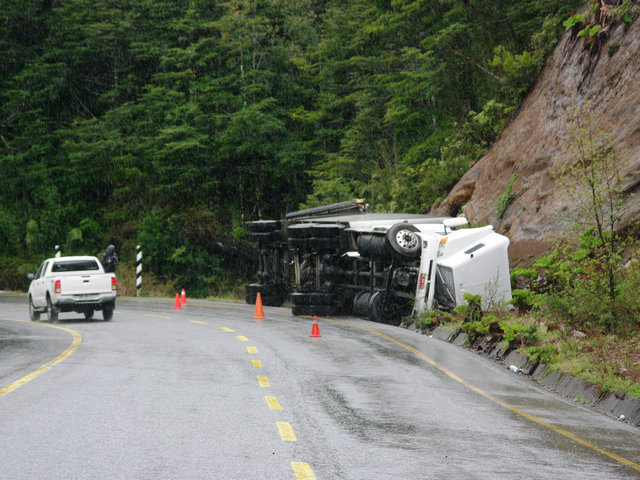
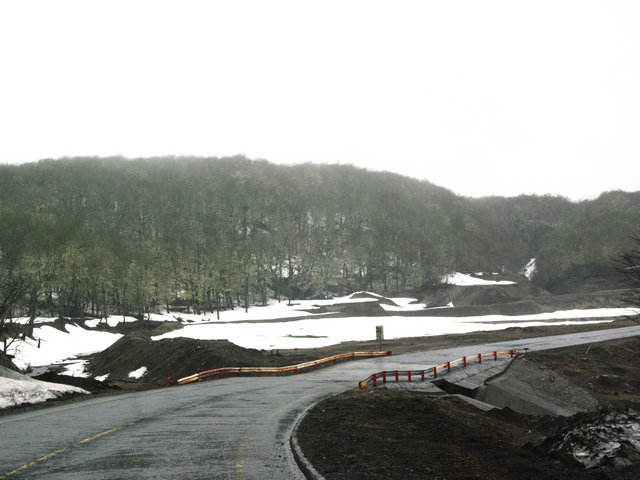
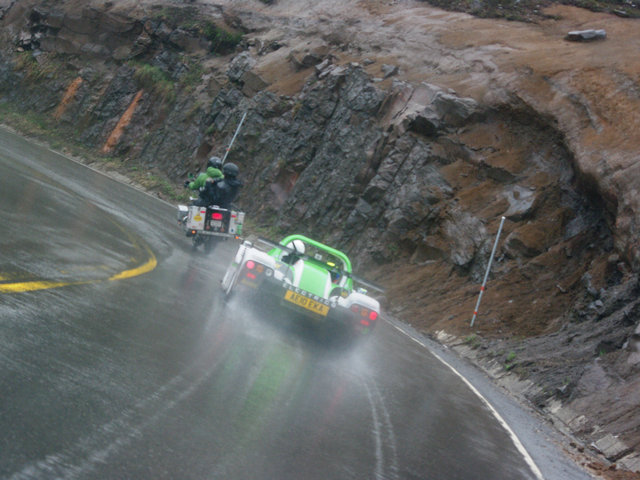
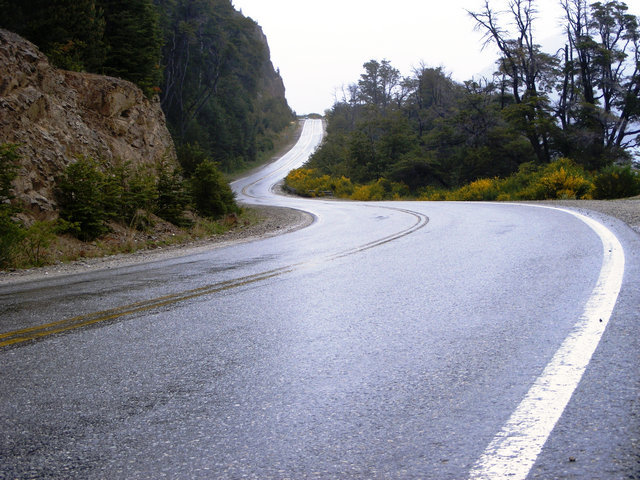
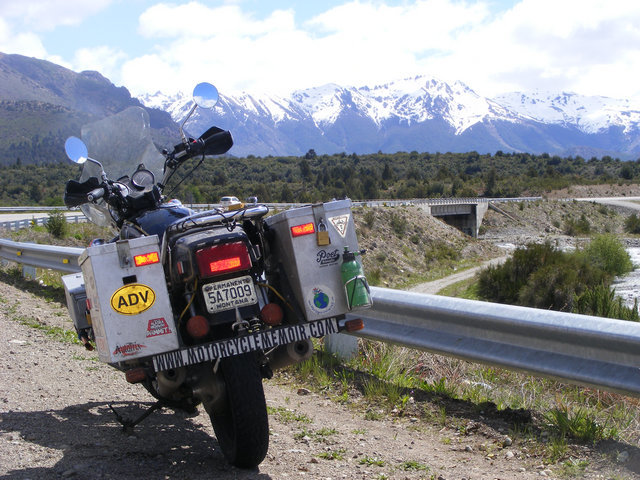
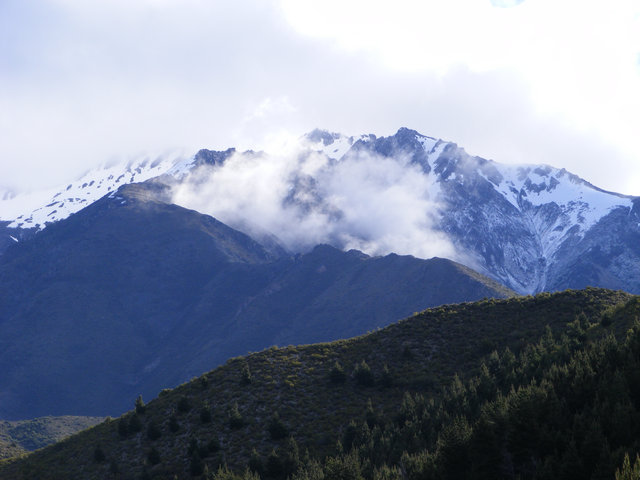
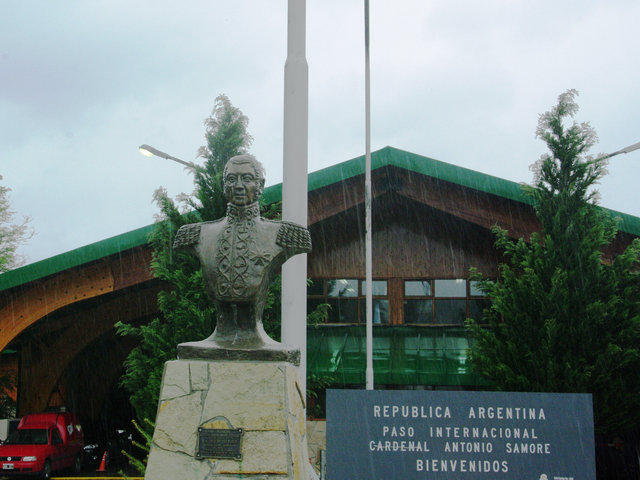
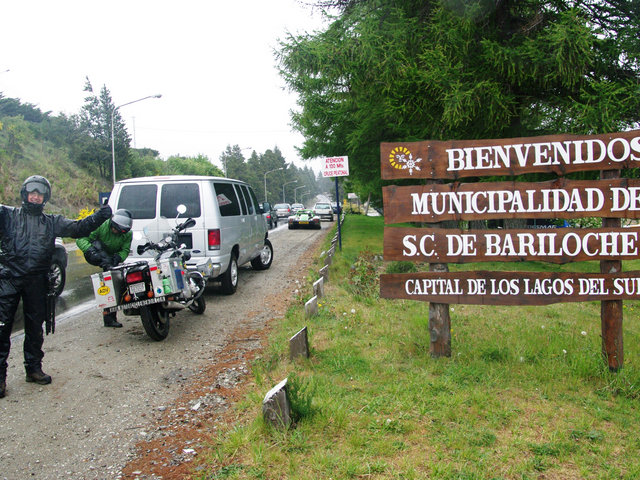
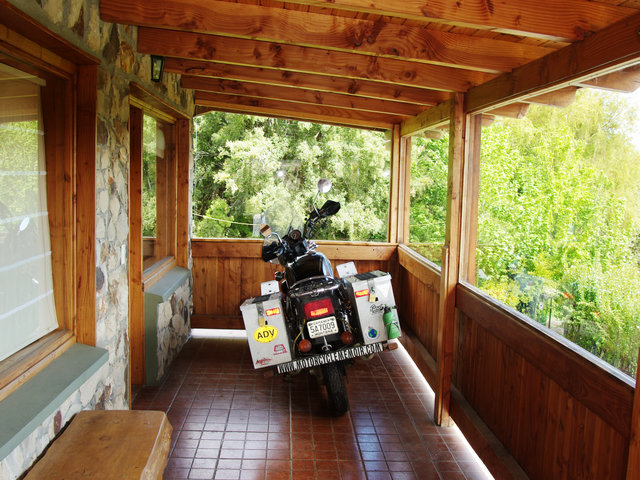
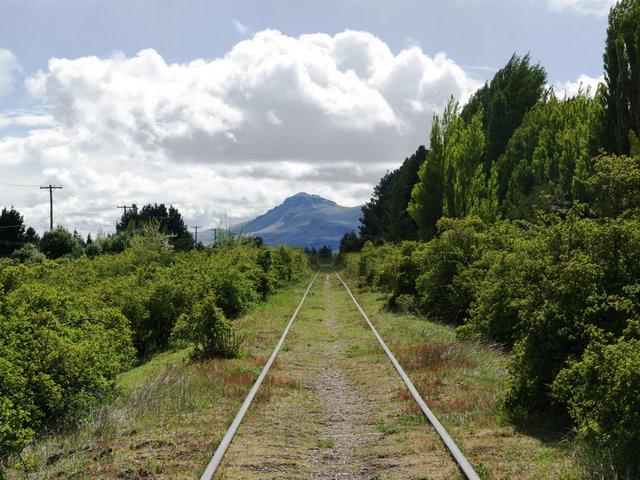
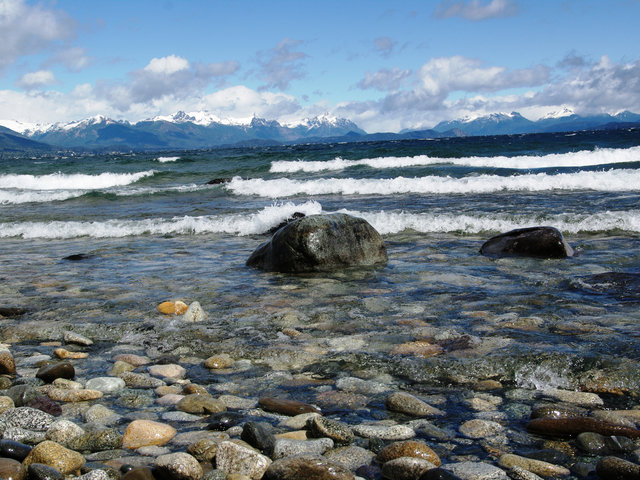
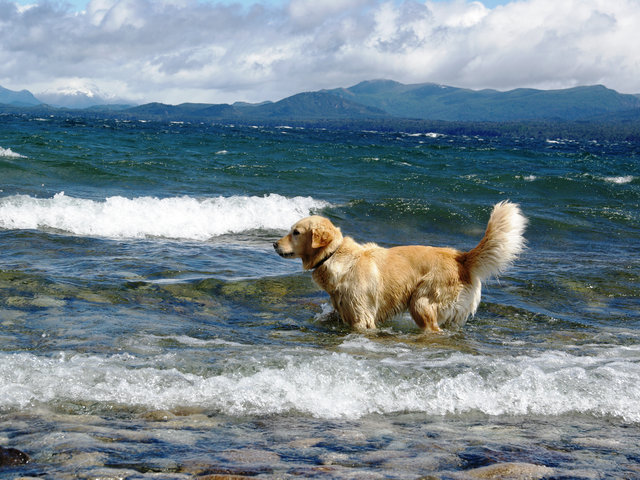

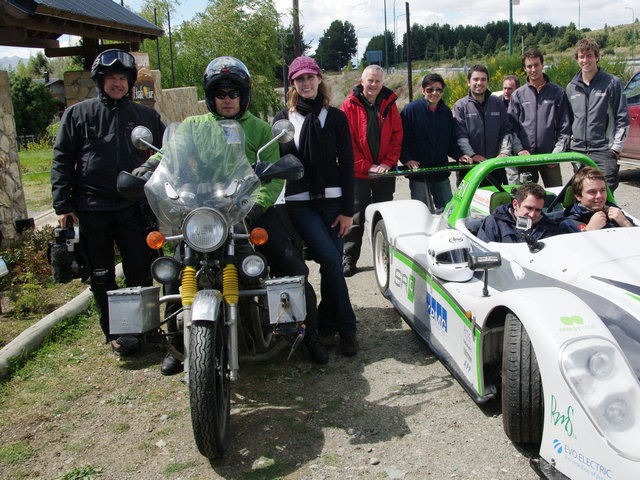
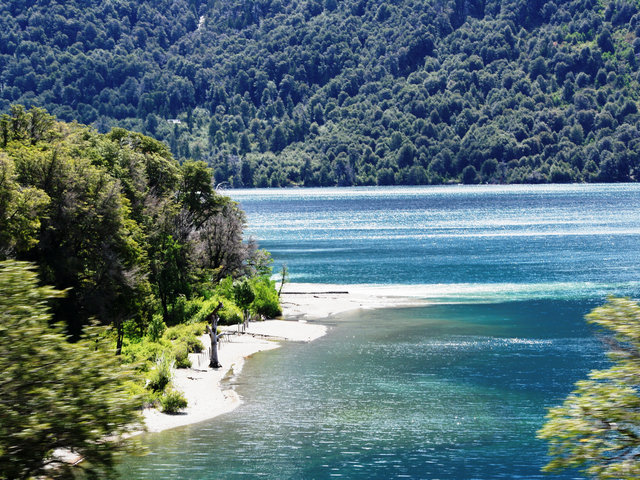
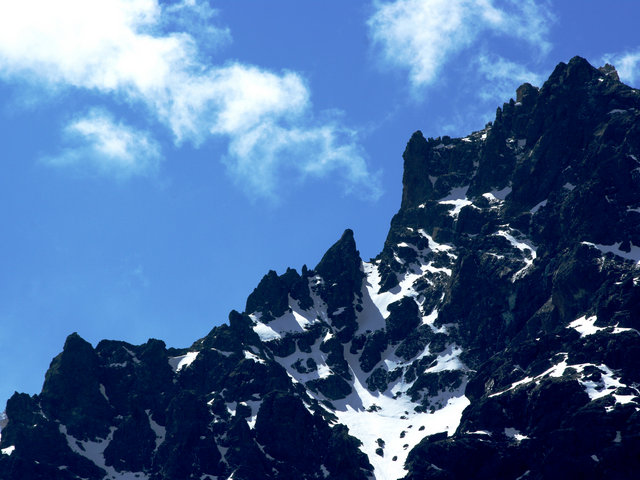
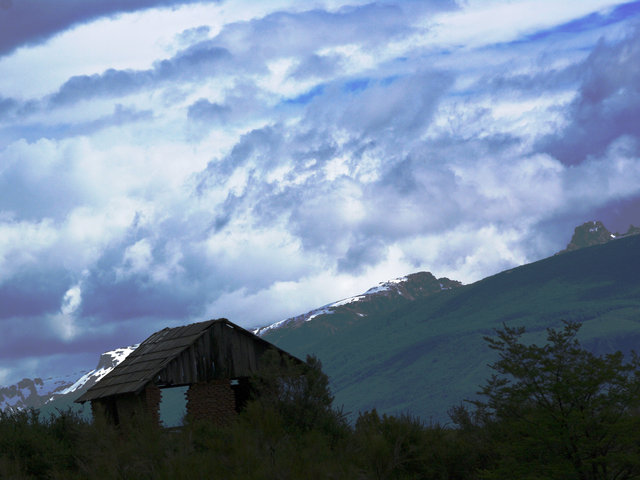
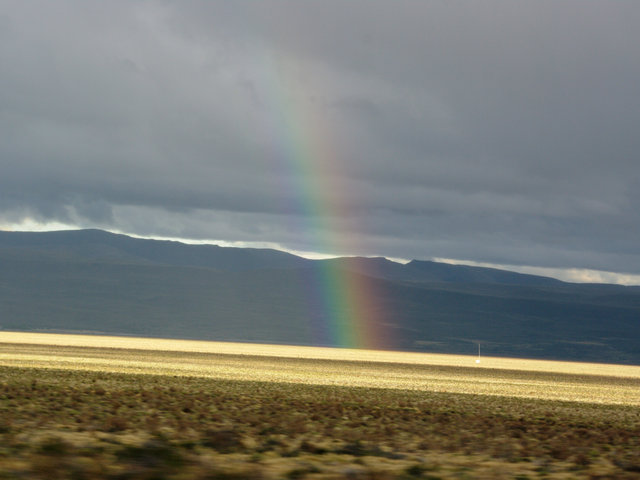
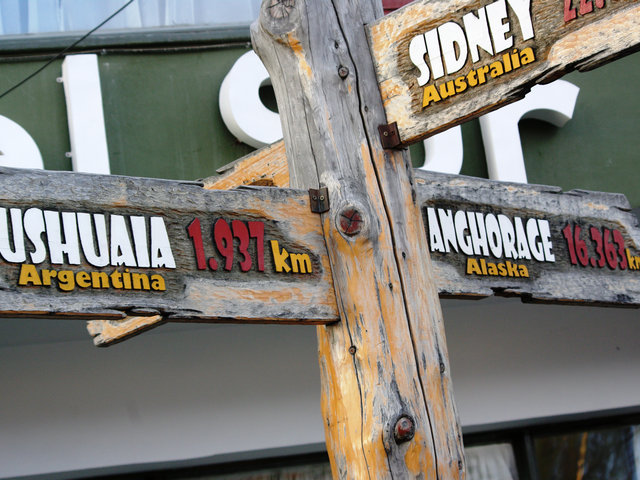
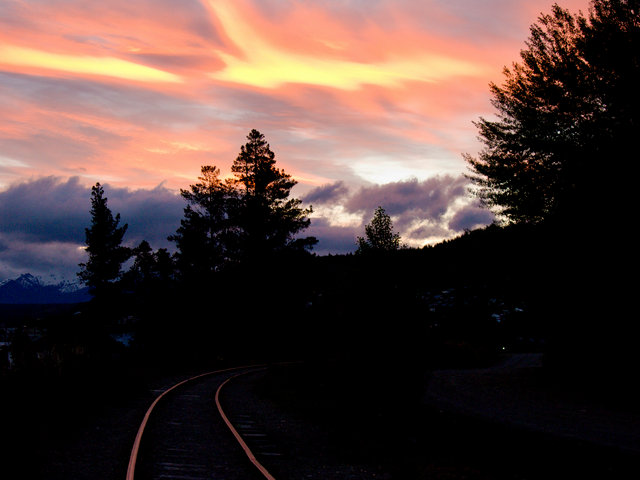
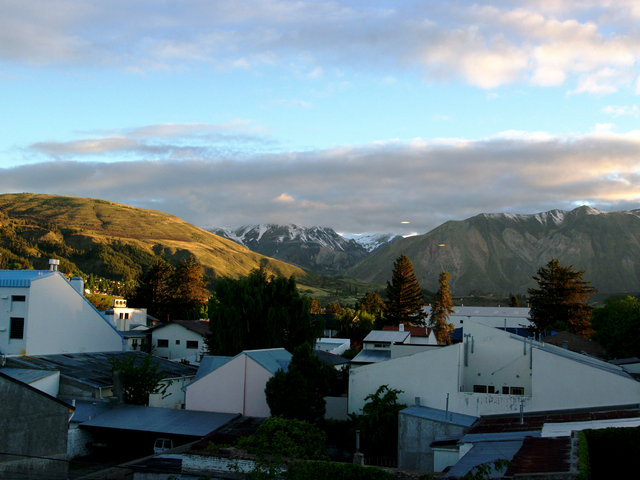
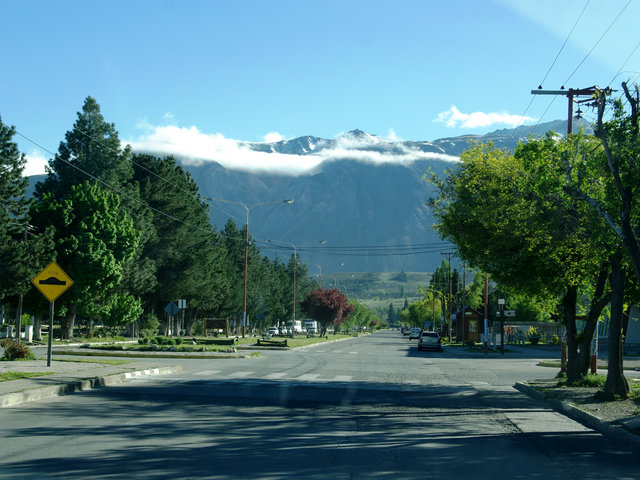
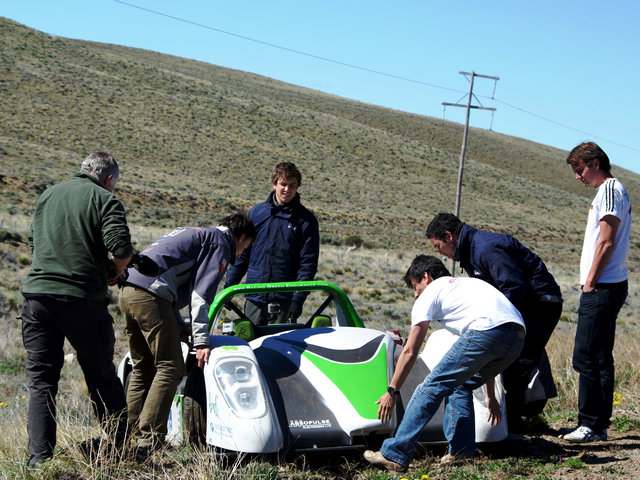
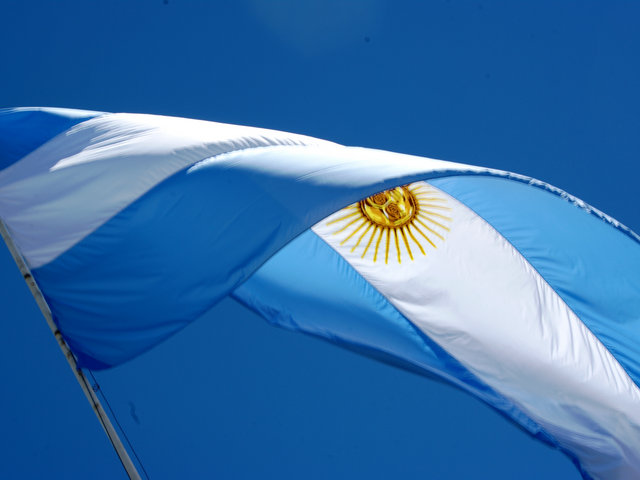
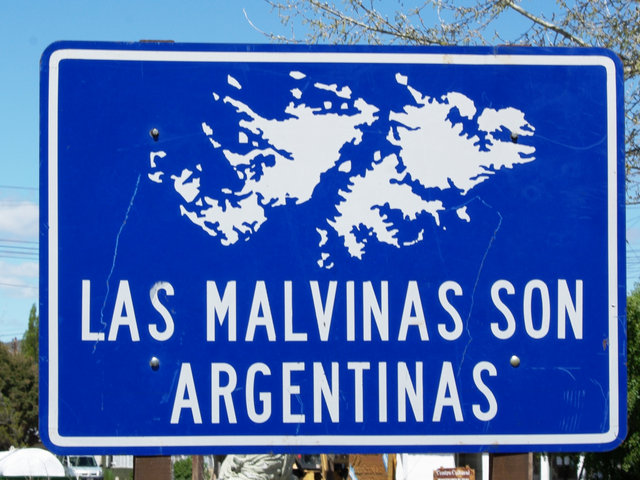
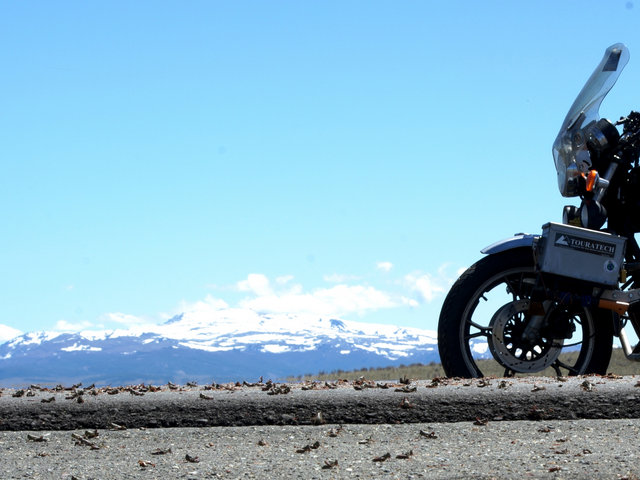
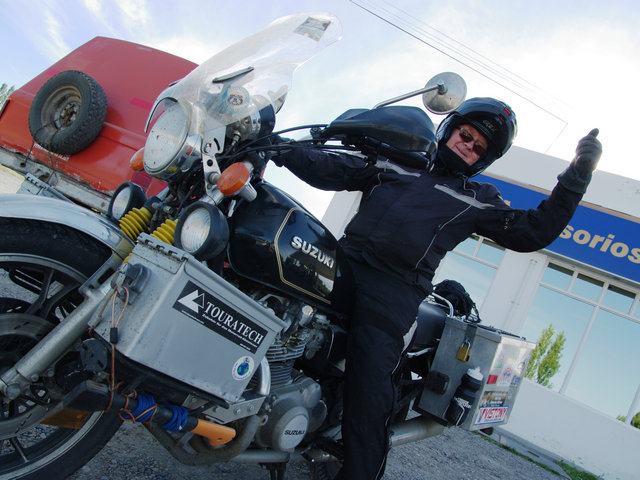
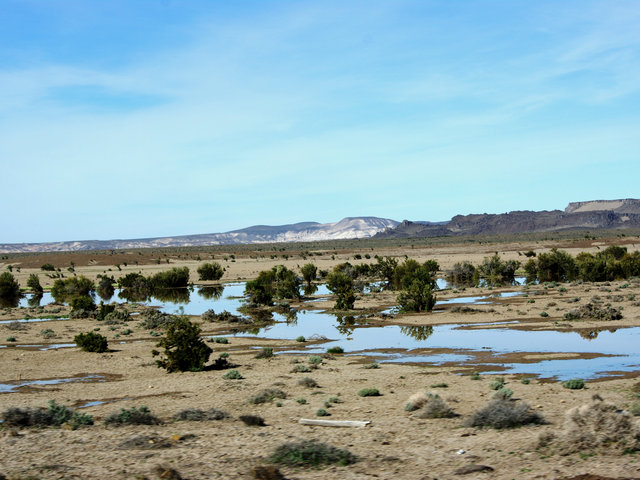
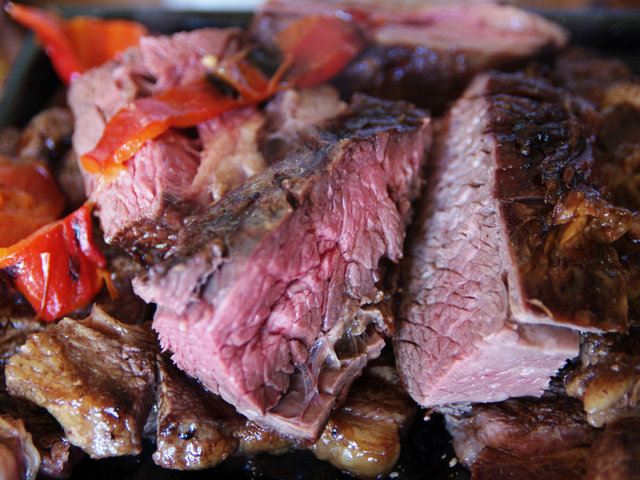





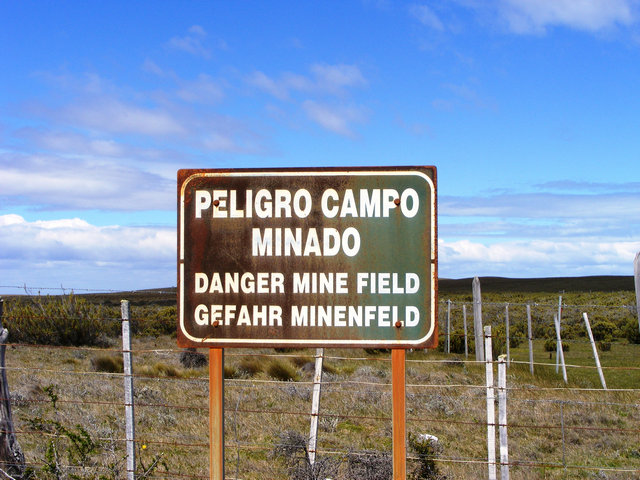
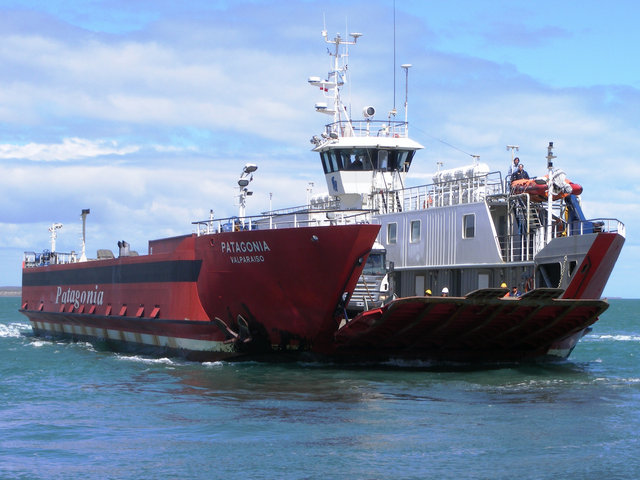
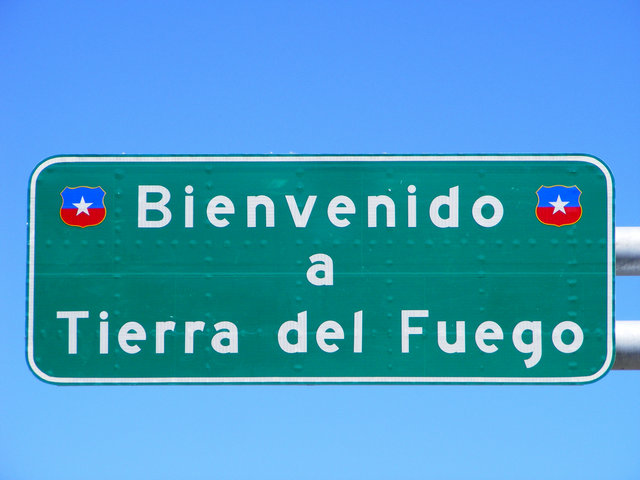
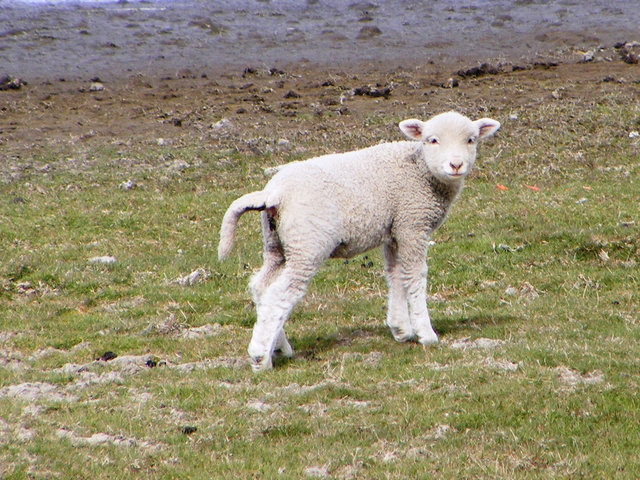
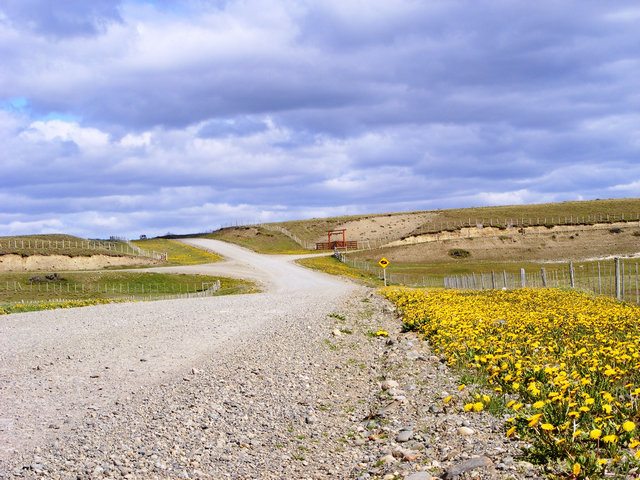
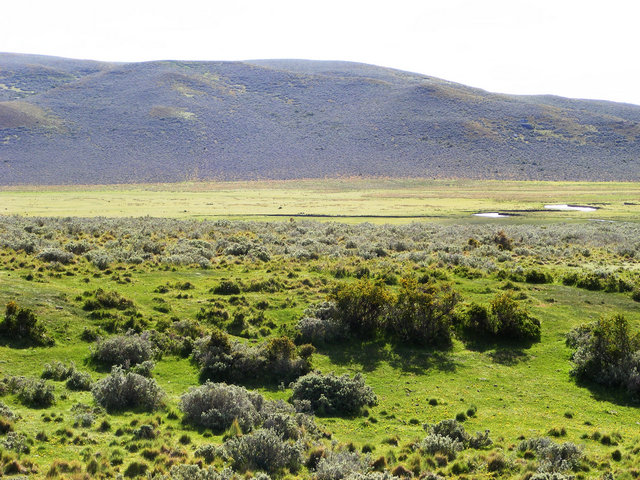
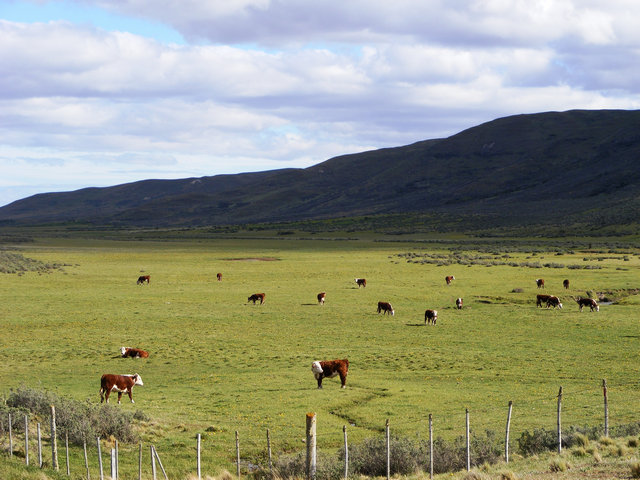
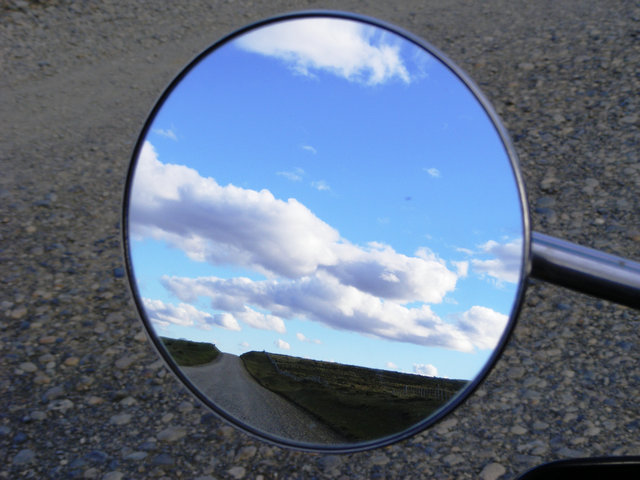

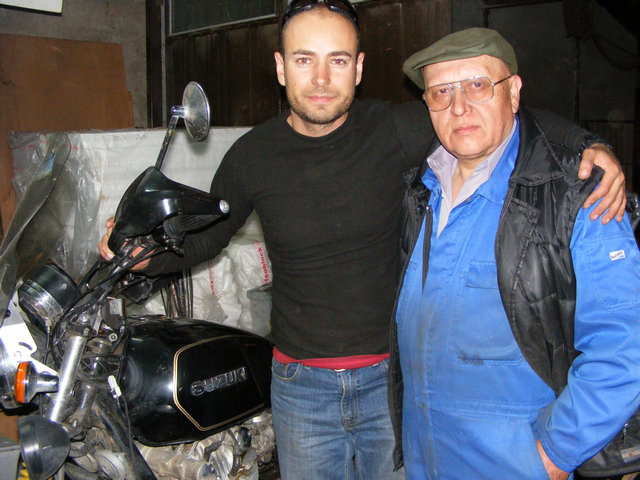

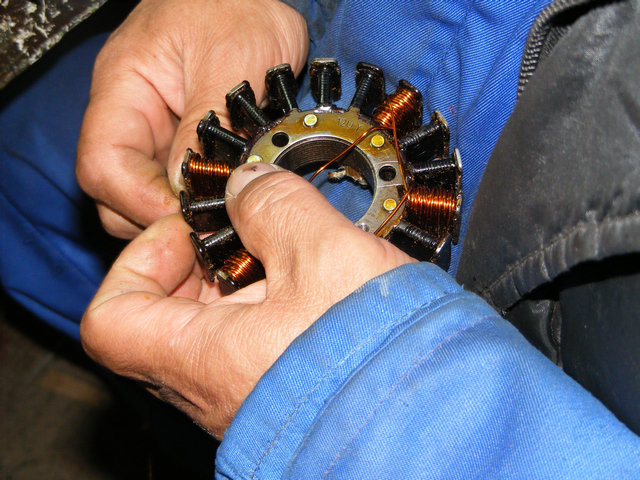

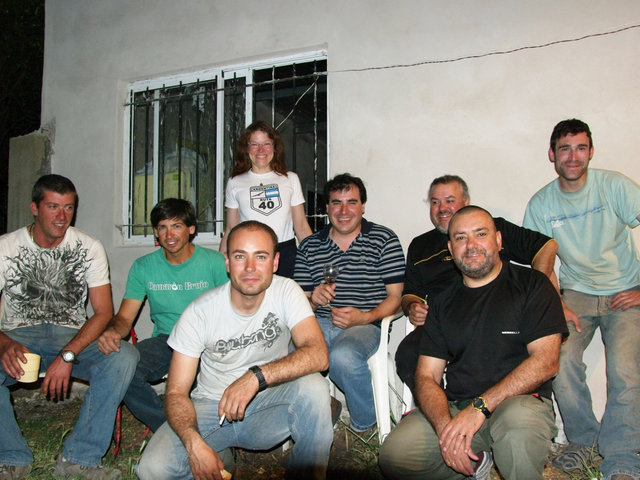
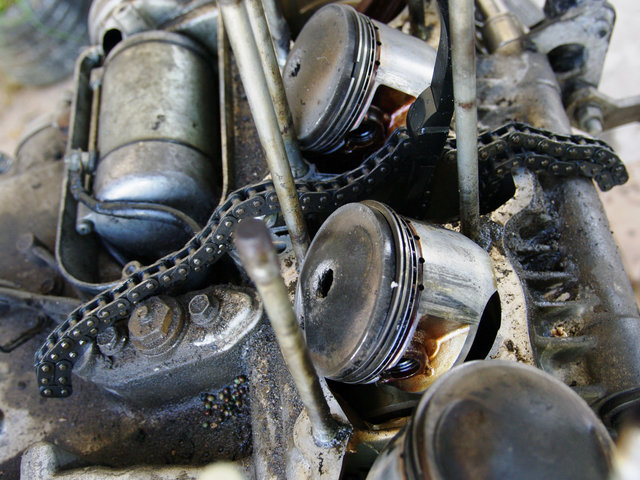
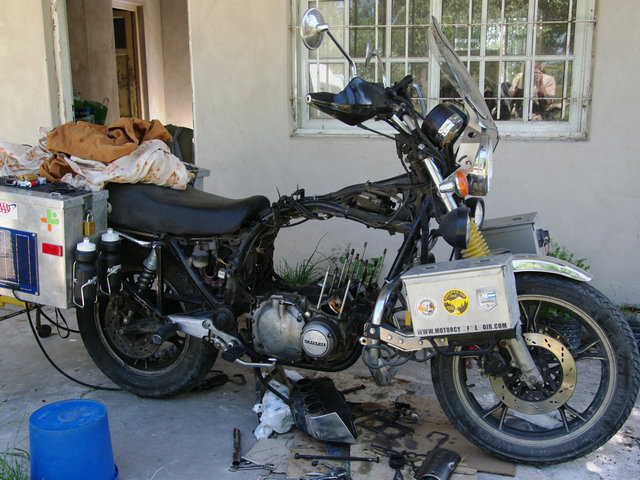
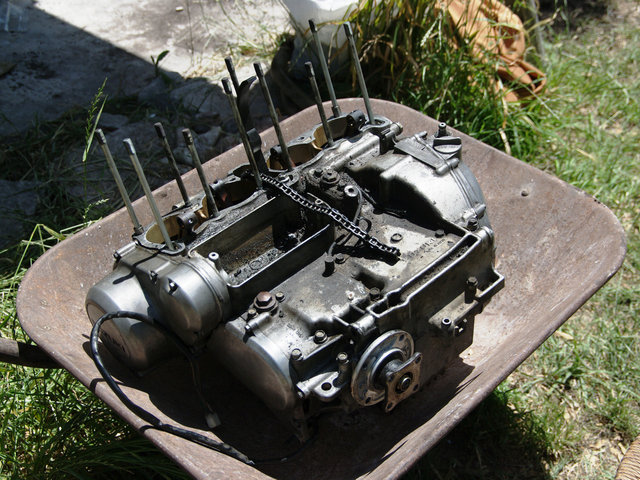
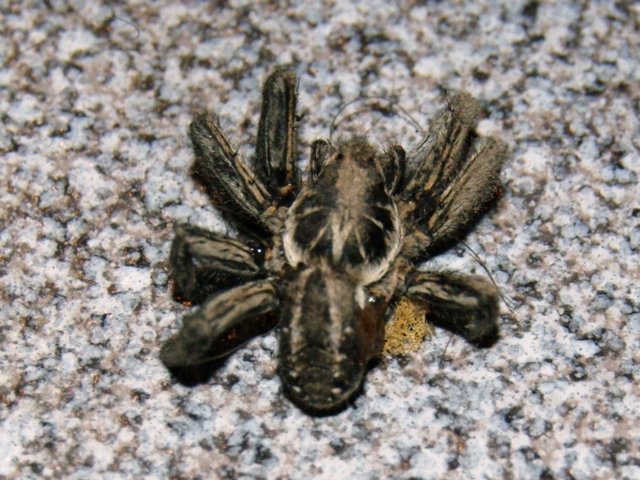
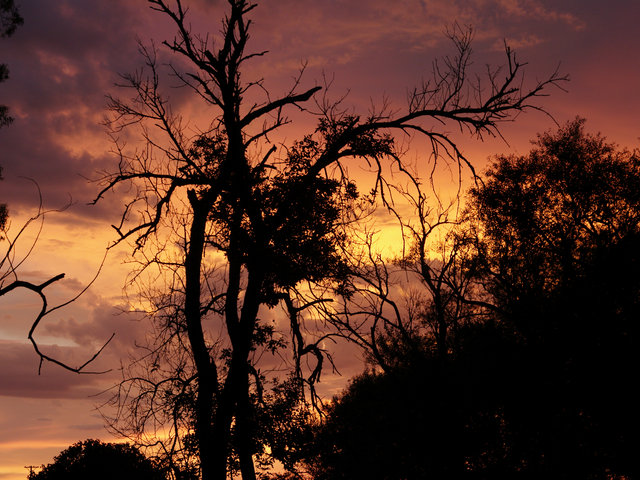
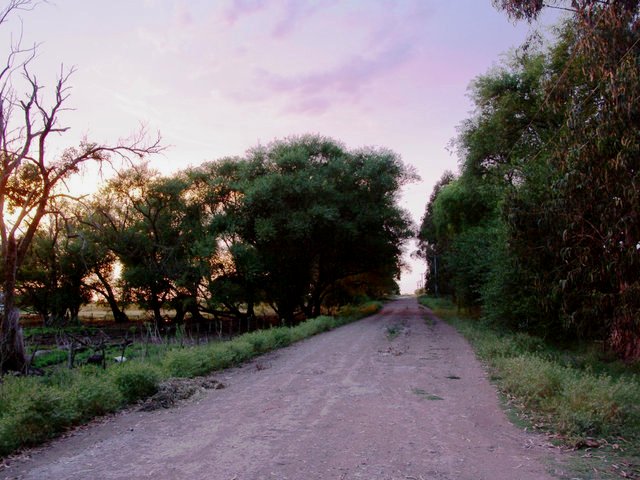
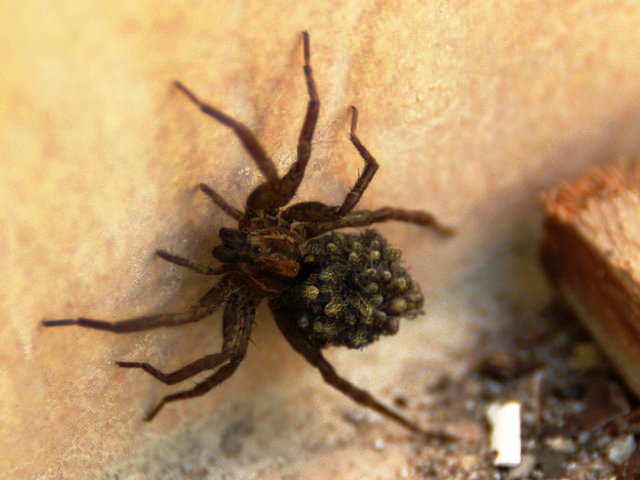
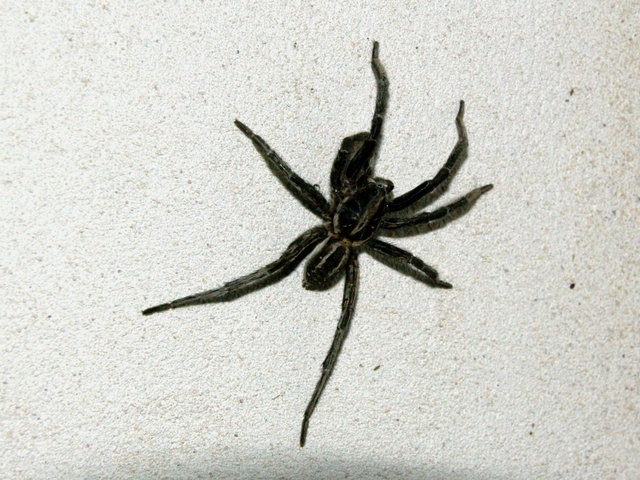
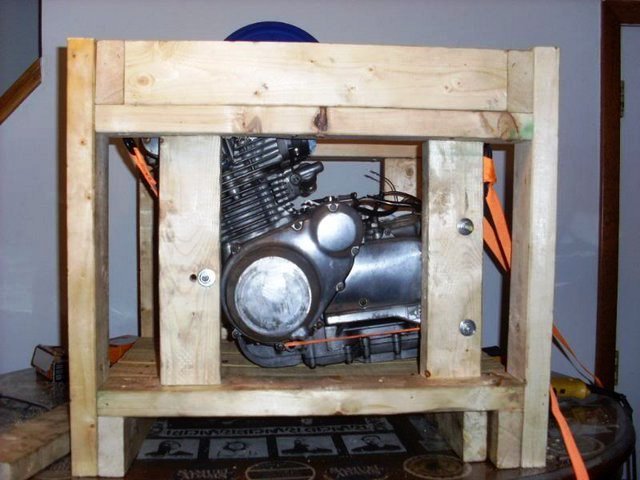
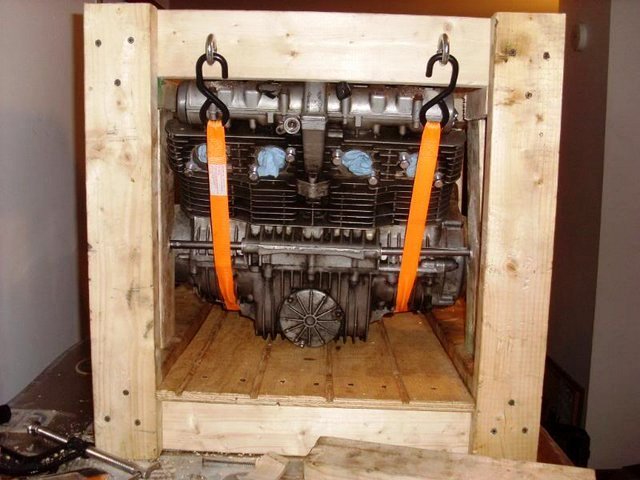
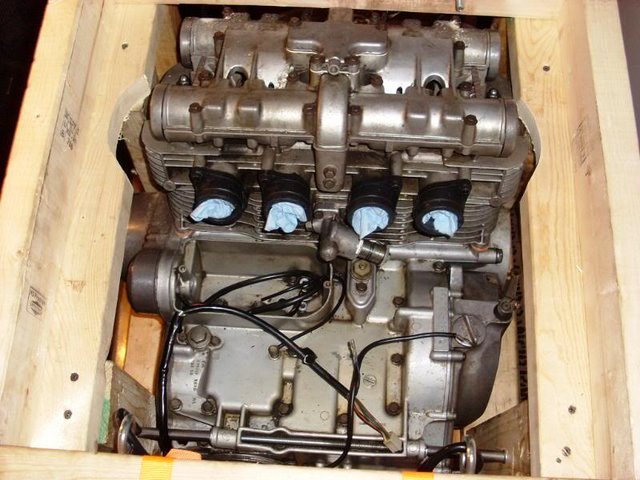
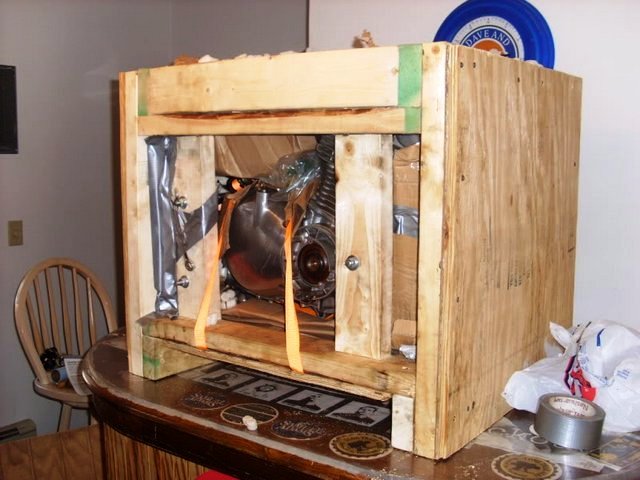
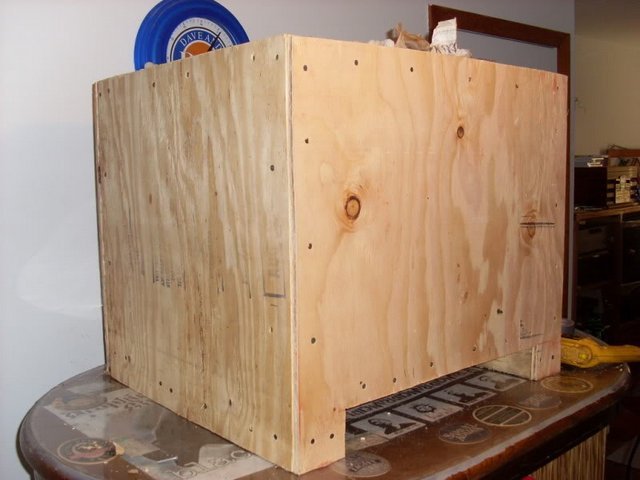

 Linear Mode
Linear Mode









